Quick filters:
Cancer cells micrograph Stock Photos and Images
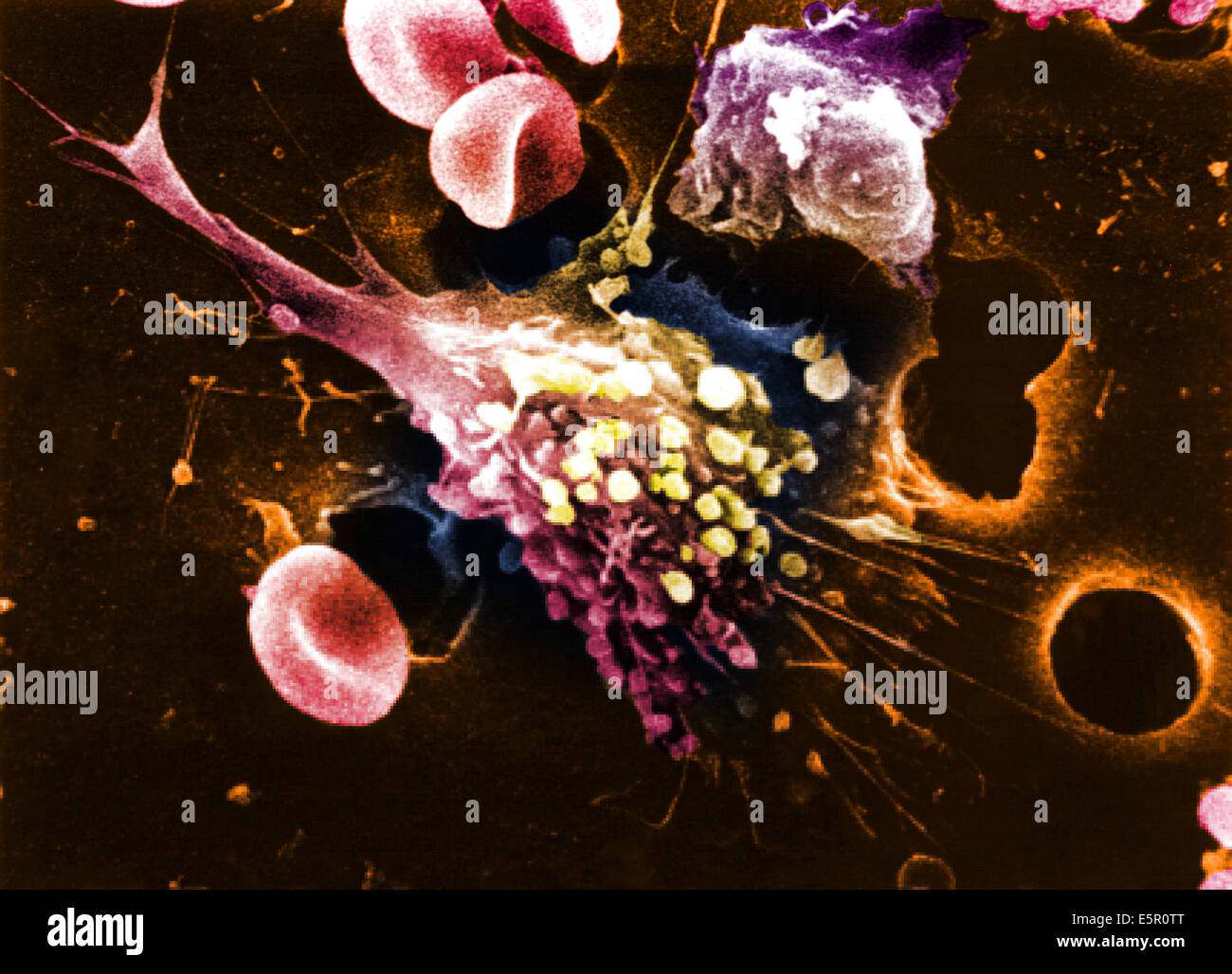 Scanning electron micrograph (SEM) of a cancer cell, Magnification x12000. Stock Photohttps://www.alamy.com/image-license-details/?v=1https://www.alamy.com/stock-photo-scanning-electron-micrograph-sem-of-a-cancer-cell-magnification-x12000-72420344.html
Scanning electron micrograph (SEM) of a cancer cell, Magnification x12000. Stock Photohttps://www.alamy.com/image-license-details/?v=1https://www.alamy.com/stock-photo-scanning-electron-micrograph-sem-of-a-cancer-cell-magnification-x12000-72420344.htmlRME5R0TT–Scanning electron micrograph (SEM) of a cancer cell, Magnification x12000.
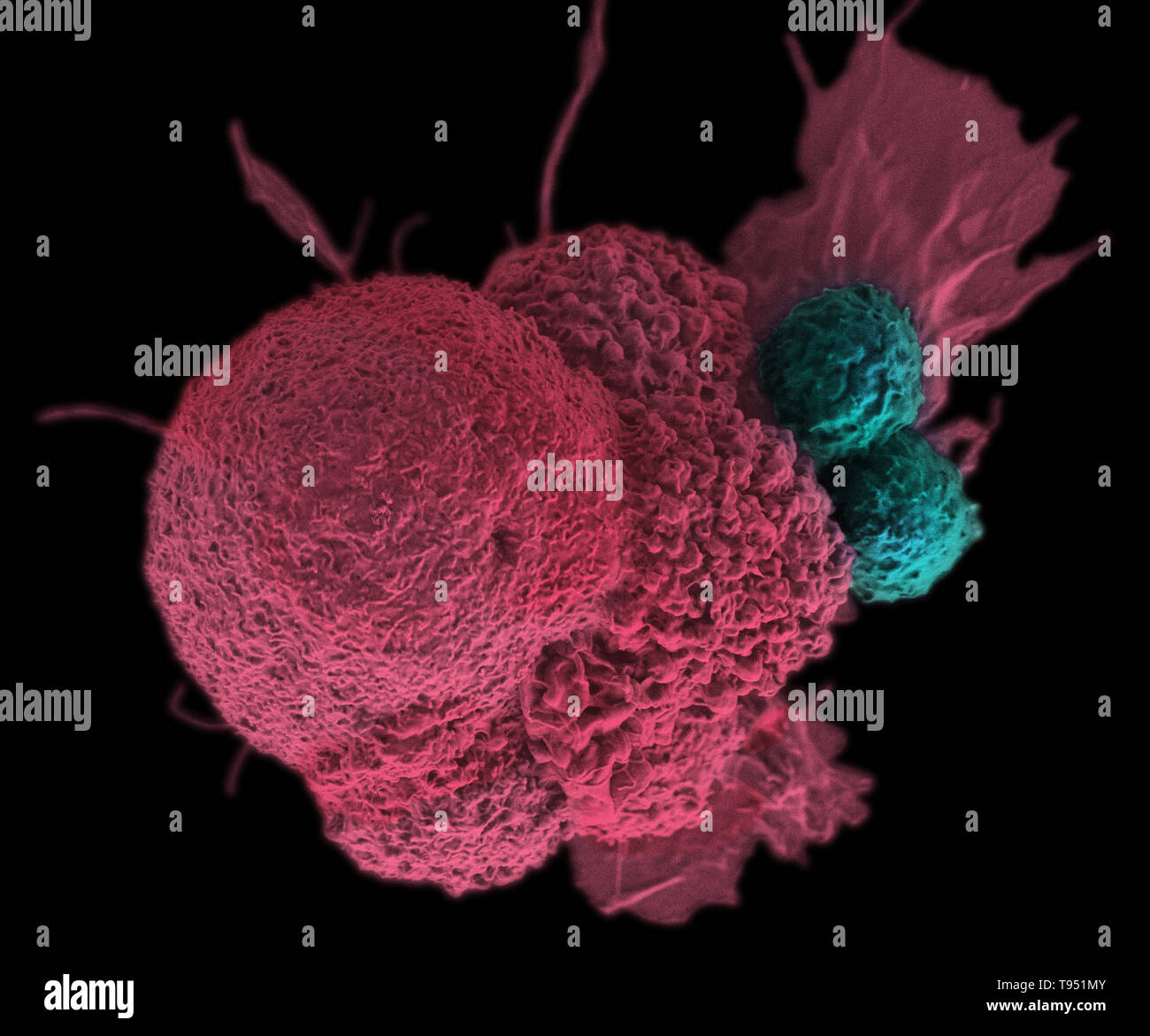 This electron micrograph (SEM) shows an oral squamous cancer cell (red) being attacked by two cytotoxic T cells (blue). The tumor-specific T cells were developed from the patient's own immune system, a personalized cancer vaccine like those that may be developed in the future with the help of NIST's standardized human genomes. This image has been colorized. Stock Photohttps://www.alamy.com/image-license-details/?v=1https://www.alamy.com/this-electron-micrograph-sem-shows-an-oral-squamous-cancer-cell-red-being-attacked-by-two-cytotoxic-t-cells-blue-the-tumor-specific-t-cells-were-developed-from-the-patients-own-immune-system-a-personalized-cancer-vaccine-like-those-that-may-be-developed-in-the-future-with-the-help-of-nists-standardized-human-genomes-this-image-has-been-colorized-image246588187.html
This electron micrograph (SEM) shows an oral squamous cancer cell (red) being attacked by two cytotoxic T cells (blue). The tumor-specific T cells were developed from the patient's own immune system, a personalized cancer vaccine like those that may be developed in the future with the help of NIST's standardized human genomes. This image has been colorized. Stock Photohttps://www.alamy.com/image-license-details/?v=1https://www.alamy.com/this-electron-micrograph-sem-shows-an-oral-squamous-cancer-cell-red-being-attacked-by-two-cytotoxic-t-cells-blue-the-tumor-specific-t-cells-were-developed-from-the-patients-own-immune-system-a-personalized-cancer-vaccine-like-those-that-may-be-developed-in-the-future-with-the-help-of-nists-standardized-human-genomes-this-image-has-been-colorized-image246588187.htmlRMT951MY–This electron micrograph (SEM) shows an oral squamous cancer cell (red) being attacked by two cytotoxic T cells (blue). The tumor-specific T cells were developed from the patient's own immune system, a personalized cancer vaccine like those that may be developed in the future with the help of NIST's standardized human genomes. This image has been colorized.
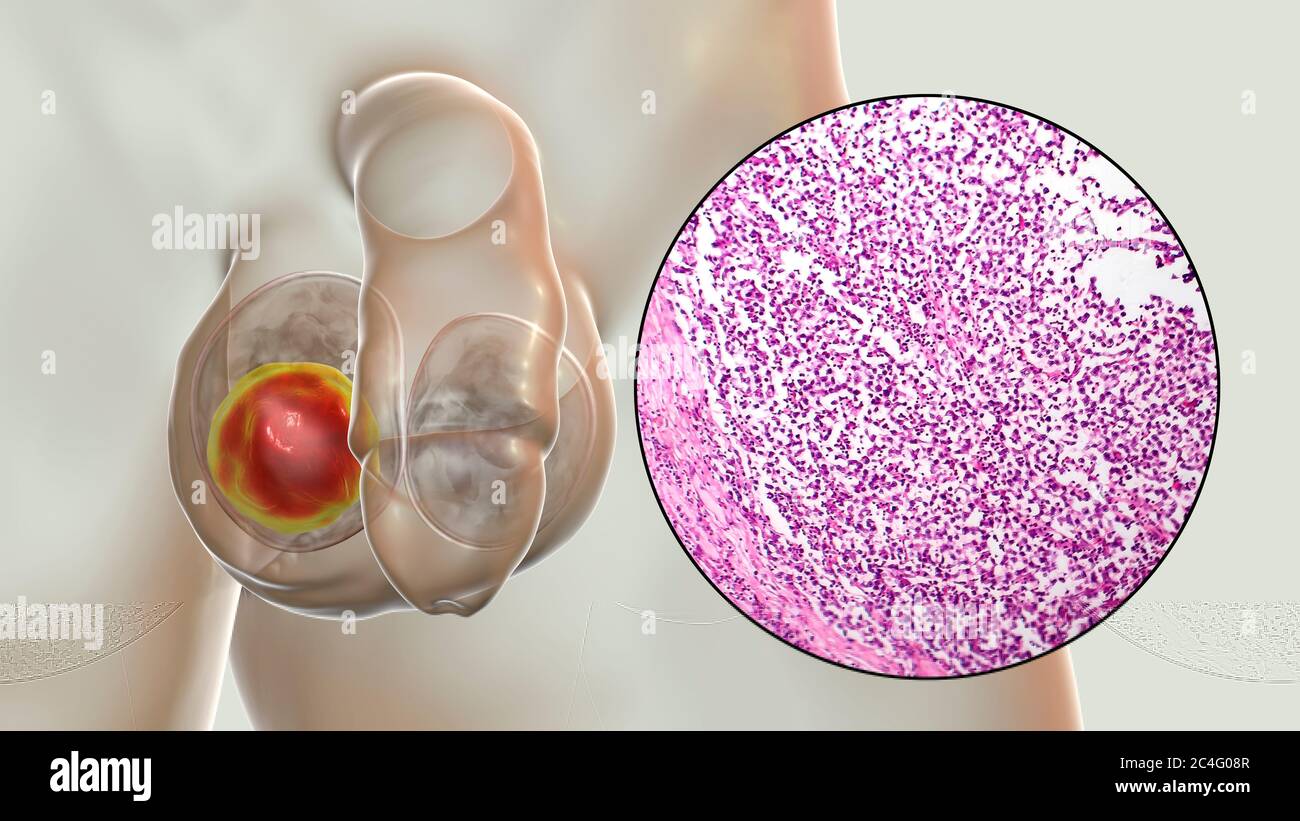 Testicular cancer, a malignant spermatocytic seminoma, computer illustration and light micrograph. A seminoma is a malignant tumour (cancer) of the testis (testicle). Although this is a rare cancer, it is the most common cancer in 15 to 35 year old men. It arises from abnormal germ cells (precursors to sperm cells) in the seminiferous tubules. Surgical removal of the affected testis (orchidectomy) is followed by radiotherapy and chemotherapy if required. Stock Photohttps://www.alamy.com/image-license-details/?v=1https://www.alamy.com/testicular-cancer-a-malignant-spermatocytic-seminoma-computer-illustration-and-light-micrograph-a-seminoma-is-a-malignant-tumour-cancer-of-the-testis-testicle-although-this-is-a-rare-cancer-it-is-the-most-common-cancer-in-15-to-35-year-old-men-it-arises-from-abnormal-germ-cells-precursors-to-sperm-cells-in-the-seminiferous-tubules-surgical-removal-of-the-affected-testis-orchidectomy-is-followed-by-radiotherapy-and-chemotherapy-if-required-image364227831.html
Testicular cancer, a malignant spermatocytic seminoma, computer illustration and light micrograph. A seminoma is a malignant tumour (cancer) of the testis (testicle). Although this is a rare cancer, it is the most common cancer in 15 to 35 year old men. It arises from abnormal germ cells (precursors to sperm cells) in the seminiferous tubules. Surgical removal of the affected testis (orchidectomy) is followed by radiotherapy and chemotherapy if required. Stock Photohttps://www.alamy.com/image-license-details/?v=1https://www.alamy.com/testicular-cancer-a-malignant-spermatocytic-seminoma-computer-illustration-and-light-micrograph-a-seminoma-is-a-malignant-tumour-cancer-of-the-testis-testicle-although-this-is-a-rare-cancer-it-is-the-most-common-cancer-in-15-to-35-year-old-men-it-arises-from-abnormal-germ-cells-precursors-to-sperm-cells-in-the-seminiferous-tubules-surgical-removal-of-the-affected-testis-orchidectomy-is-followed-by-radiotherapy-and-chemotherapy-if-required-image364227831.htmlRF2C4G08R–Testicular cancer, a malignant spermatocytic seminoma, computer illustration and light micrograph. A seminoma is a malignant tumour (cancer) of the testis (testicle). Although this is a rare cancer, it is the most common cancer in 15 to 35 year old men. It arises from abnormal germ cells (precursors to sperm cells) in the seminiferous tubules. Surgical removal of the affected testis (orchidectomy) is followed by radiotherapy and chemotherapy if required.
 Shown here is a pseudo-colored scanning electron micrograph of an oral squamous cancer cell (white) attacked by two cytotoxic T cells (red), part of a natural immune response. Nanomedicine researchers create personalized cancer vaccines by loading neo-antigens identified from patient and tumor Stock Photohttps://www.alamy.com/image-license-details/?v=1https://www.alamy.com/shown-here-is-a-pseudo-colored-scanning-electron-micrograph-of-an-oral-squamous-cancer-cell-white-attacked-by-two-cytotoxic-t-cells-red-part-of-a-natural-immune-response-nanomedicine-researchers-create-personalized-cancer-vaccines-by-loading-neo-antigens-identified-from-patient-and-tumor-image476706747.html
Shown here is a pseudo-colored scanning electron micrograph of an oral squamous cancer cell (white) attacked by two cytotoxic T cells (red), part of a natural immune response. Nanomedicine researchers create personalized cancer vaccines by loading neo-antigens identified from patient and tumor Stock Photohttps://www.alamy.com/image-license-details/?v=1https://www.alamy.com/shown-here-is-a-pseudo-colored-scanning-electron-micrograph-of-an-oral-squamous-cancer-cell-white-attacked-by-two-cytotoxic-t-cells-red-part-of-a-natural-immune-response-nanomedicine-researchers-create-personalized-cancer-vaccines-by-loading-neo-antigens-identified-from-patient-and-tumor-image476706747.htmlRM2JKFT8Y–Shown here is a pseudo-colored scanning electron micrograph of an oral squamous cancer cell (white) attacked by two cytotoxic T cells (red), part of a natural immune response. Nanomedicine researchers create personalized cancer vaccines by loading neo-antigens identified from patient and tumor
 Slices of the tumor under glass. Histological examination of tumor cells for the presence of cancer Stock Photohttps://www.alamy.com/image-license-details/?v=1https://www.alamy.com/slices-of-the-tumor-under-glass-histological-examination-of-tumor-cells-for-the-presence-of-cancer-image369975652.html
Slices of the tumor under glass. Histological examination of tumor cells for the presence of cancer Stock Photohttps://www.alamy.com/image-license-details/?v=1https://www.alamy.com/slices-of-the-tumor-under-glass-histological-examination-of-tumor-cells-for-the-presence-of-cancer-image369975652.htmlRM2CDWRM4–Slices of the tumor under glass. Histological examination of tumor cells for the presence of cancer
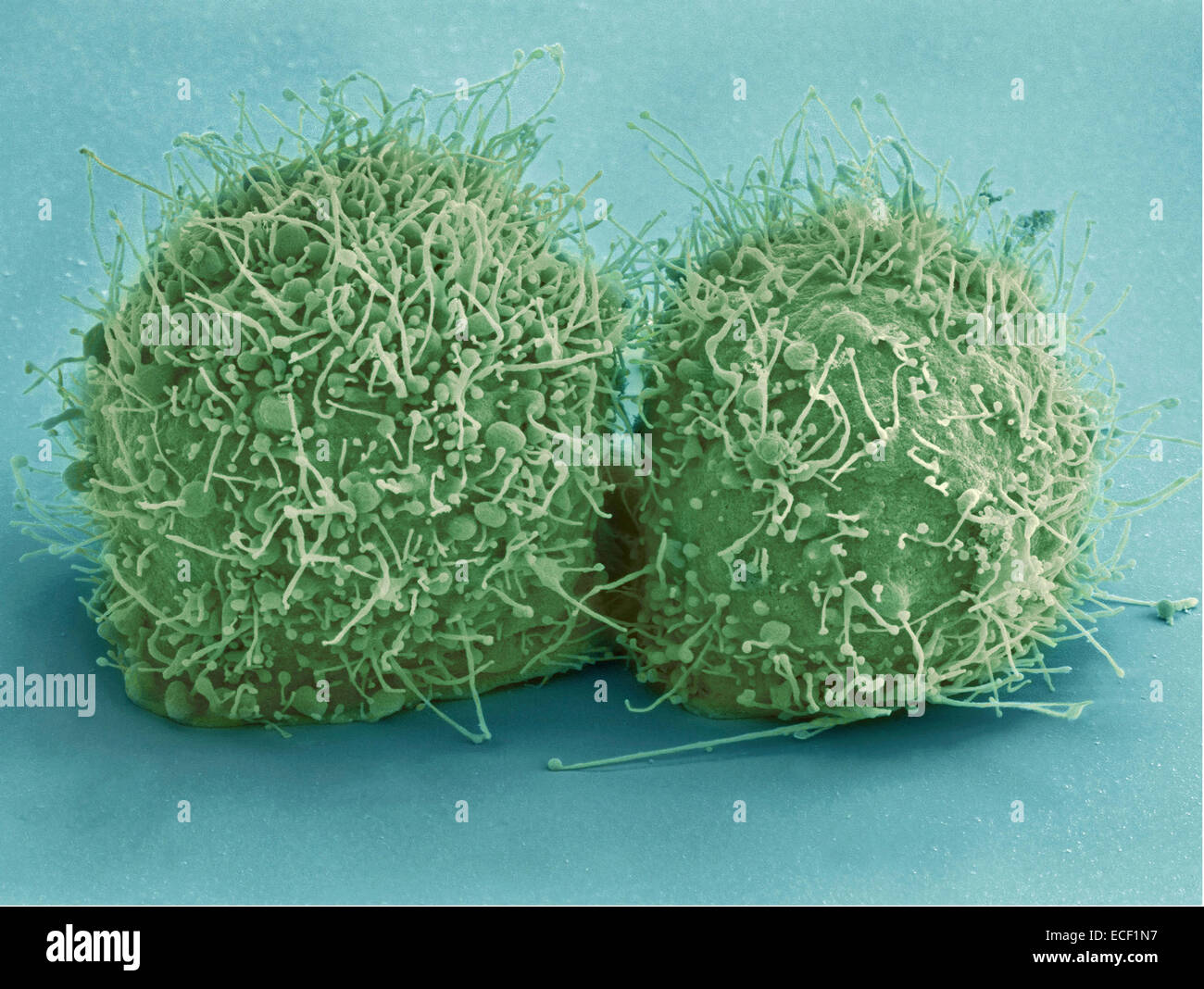 Scanning electron micrograph of just-divided HeLa cells. Zeiss Merlin HR-SEM. Stock Photohttps://www.alamy.com/image-license-details/?v=1https://www.alamy.com/stock-photo-scanning-electron-micrograph-of-just-divided-hela-cells-zeiss-merlin-76548003.html
Scanning electron micrograph of just-divided HeLa cells. Zeiss Merlin HR-SEM. Stock Photohttps://www.alamy.com/image-license-details/?v=1https://www.alamy.com/stock-photo-scanning-electron-micrograph-of-just-divided-hela-cells-zeiss-merlin-76548003.htmlRFECF1N7–Scanning electron micrograph of just-divided HeLa cells. Zeiss Merlin HR-SEM.
 A section trough cells of a small intestine under the microscope. Stock Photohttps://www.alamy.com/image-license-details/?v=1https://www.alamy.com/stock-photo-a-section-trough-cells-of-a-small-intestine-under-the-microscope-103590609.html
A section trough cells of a small intestine under the microscope. Stock Photohttps://www.alamy.com/image-license-details/?v=1https://www.alamy.com/stock-photo-a-section-trough-cells-of-a-small-intestine-under-the-microscope-103590609.htmlRMG0EXTH–A section trough cells of a small intestine under the microscope.
 A section trough testicle cells under the microscope Stock Photohttps://www.alamy.com/image-license-details/?v=1https://www.alamy.com/a-section-trough-testicle-cells-under-the-microscope-image624944586.html
A section trough testicle cells under the microscope Stock Photohttps://www.alamy.com/image-license-details/?v=1https://www.alamy.com/a-section-trough-testicle-cells-under-the-microscope-image624944586.htmlRF2Y8MK5E–A section trough testicle cells under the microscope
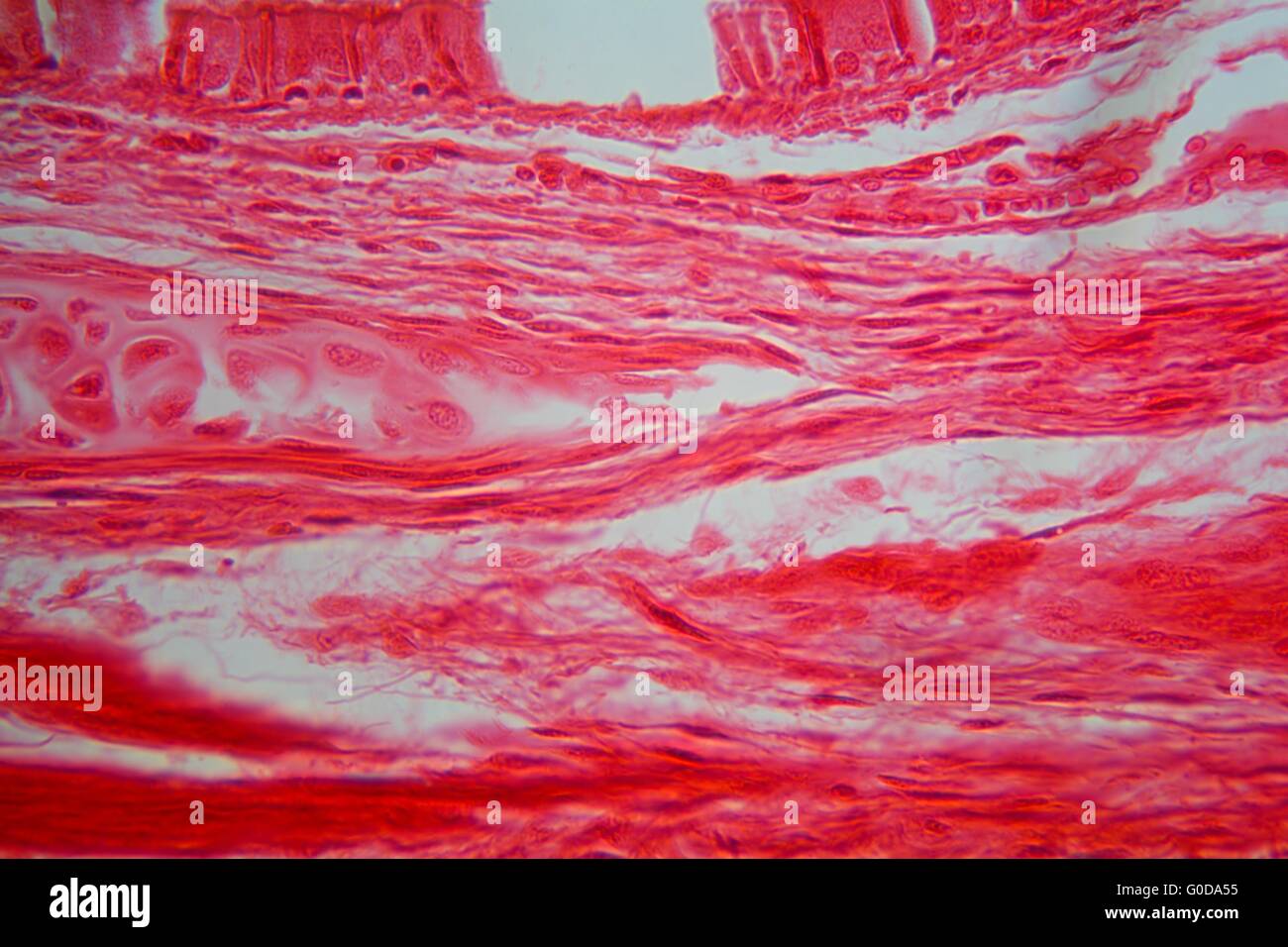 Cells of trachea tissue under the microscope Stock Photohttps://www.alamy.com/image-license-details/?v=1https://www.alamy.com/stock-photo-cells-of-trachea-tissue-under-the-microscope-103555569.html
Cells of trachea tissue under the microscope Stock Photohttps://www.alamy.com/image-license-details/?v=1https://www.alamy.com/stock-photo-cells-of-trachea-tissue-under-the-microscope-103555569.htmlRMG0DA55–Cells of trachea tissue under the microscope
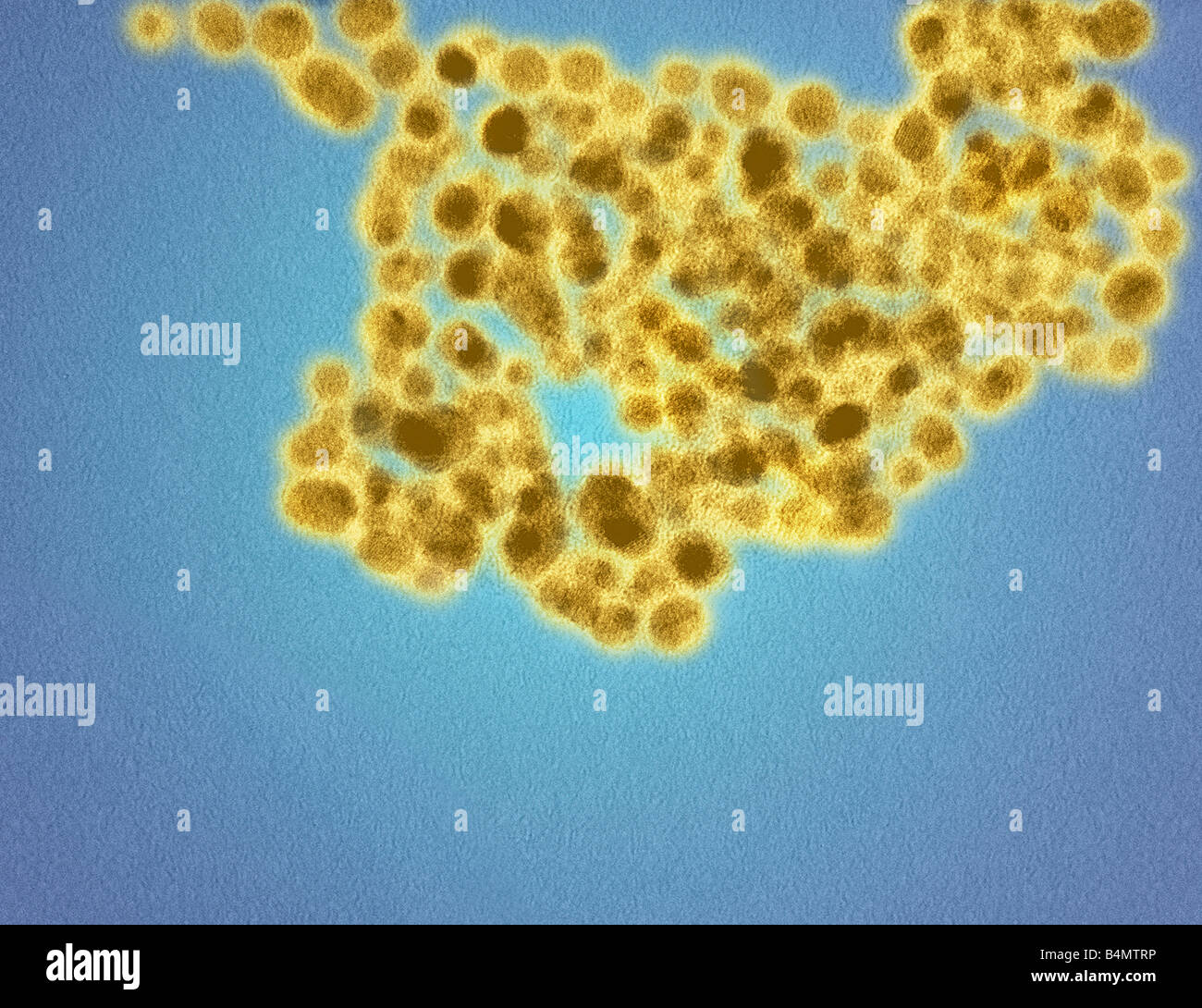 A TEM image of gold nanoparticles coating cells in a glutathione surface corona illustrating the molecular size of nanoparticles Stock Photohttps://www.alamy.com/image-license-details/?v=1https://www.alamy.com/stock-photo-a-tem-image-of-gold-nanoparticles-coating-cells-in-a-glutathione-surface-20127514.html
A TEM image of gold nanoparticles coating cells in a glutathione surface corona illustrating the molecular size of nanoparticles Stock Photohttps://www.alamy.com/image-license-details/?v=1https://www.alamy.com/stock-photo-a-tem-image-of-gold-nanoparticles-coating-cells-in-a-glutathione-surface-20127514.htmlRMB4MTRP–A TEM image of gold nanoparticles coating cells in a glutathione surface corona illustrating the molecular size of nanoparticles
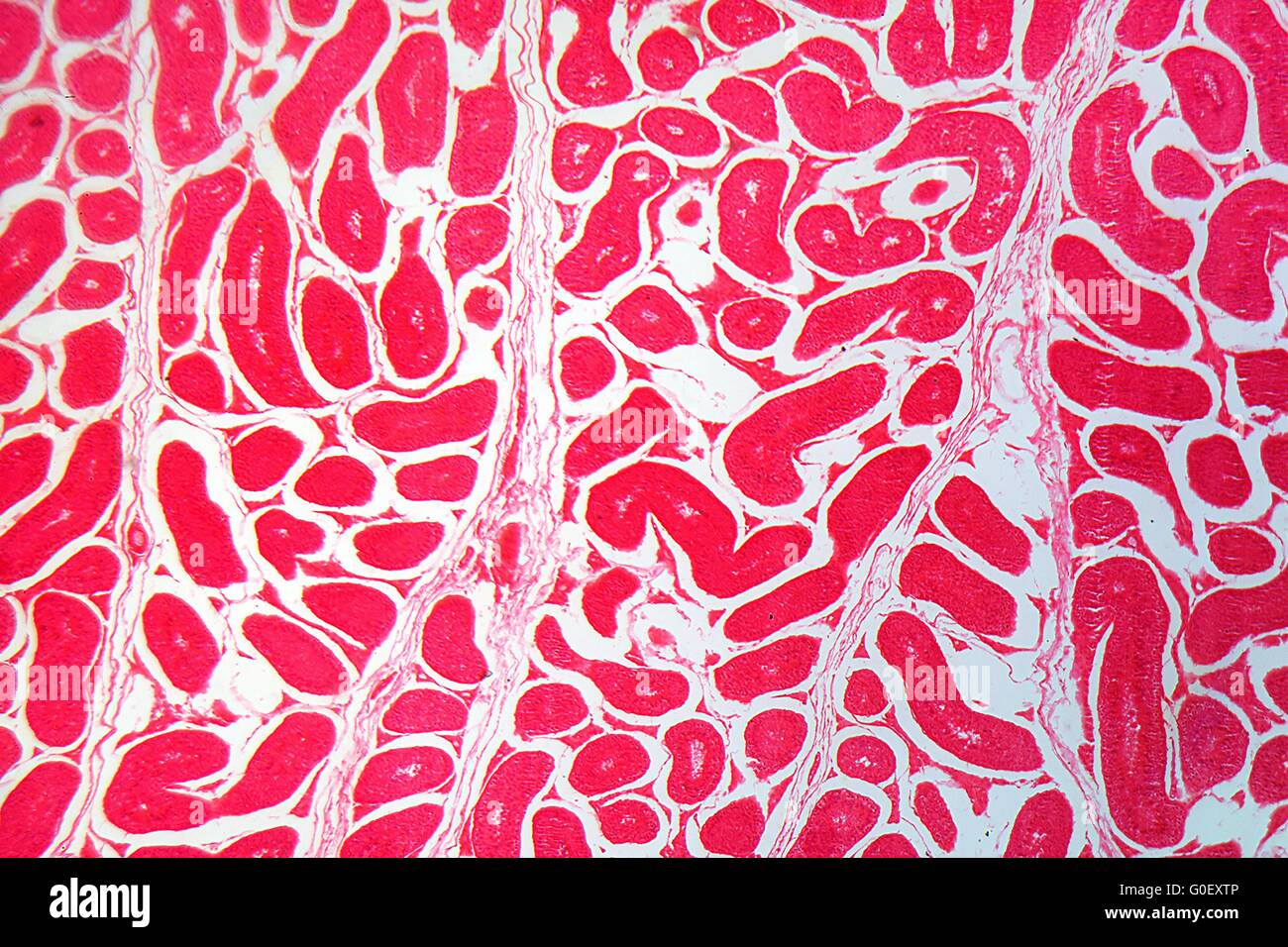 A section trough testicle cells under the microscope. Stock Photohttps://www.alamy.com/image-license-details/?v=1https://www.alamy.com/stock-photo-a-section-trough-testicle-cells-under-the-microscope-103590614.html
A section trough testicle cells under the microscope. Stock Photohttps://www.alamy.com/image-license-details/?v=1https://www.alamy.com/stock-photo-a-section-trough-testicle-cells-under-the-microscope-103590614.htmlRMG0EXTP–A section trough testicle cells under the microscope.
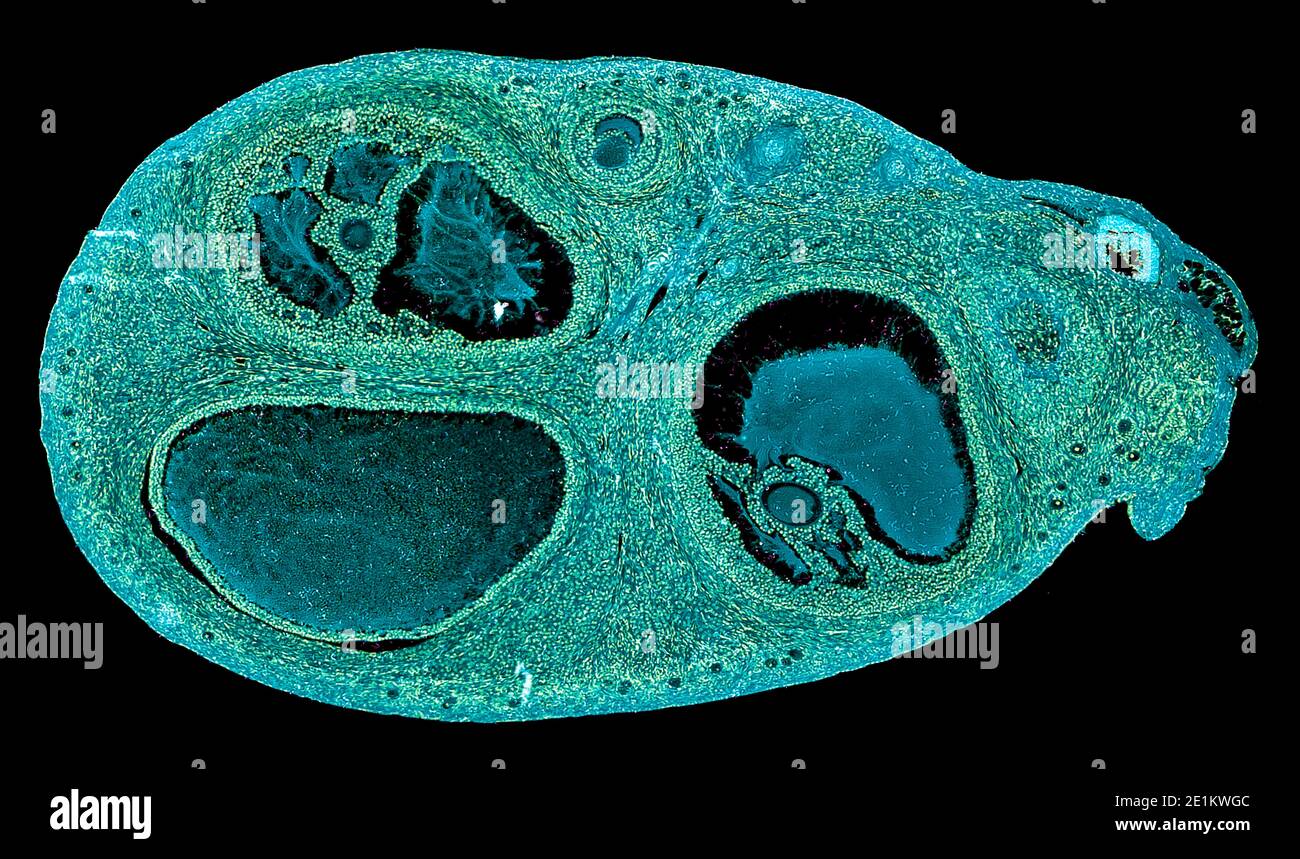 cross section cut of human body cells under a scientific microscope Stock Photohttps://www.alamy.com/image-license-details/?v=1https://www.alamy.com/cross-section-cut-of-human-body-cells-under-a-scientific-microscope-image396890268.html
cross section cut of human body cells under a scientific microscope Stock Photohttps://www.alamy.com/image-license-details/?v=1https://www.alamy.com/cross-section-cut-of-human-body-cells-under-a-scientific-microscope-image396890268.htmlRF2E1KWGC–cross section cut of human body cells under a scientific microscope
 Close-up of red blood cells Stock Photohttps://www.alamy.com/image-license-details/?v=1https://www.alamy.com/stock-photo-close-up-of-red-blood-cells-91548435.html
Close-up of red blood cells Stock Photohttps://www.alamy.com/image-license-details/?v=1https://www.alamy.com/stock-photo-close-up-of-red-blood-cells-91548435.htmlRFF8XAXY–Close-up of red blood cells
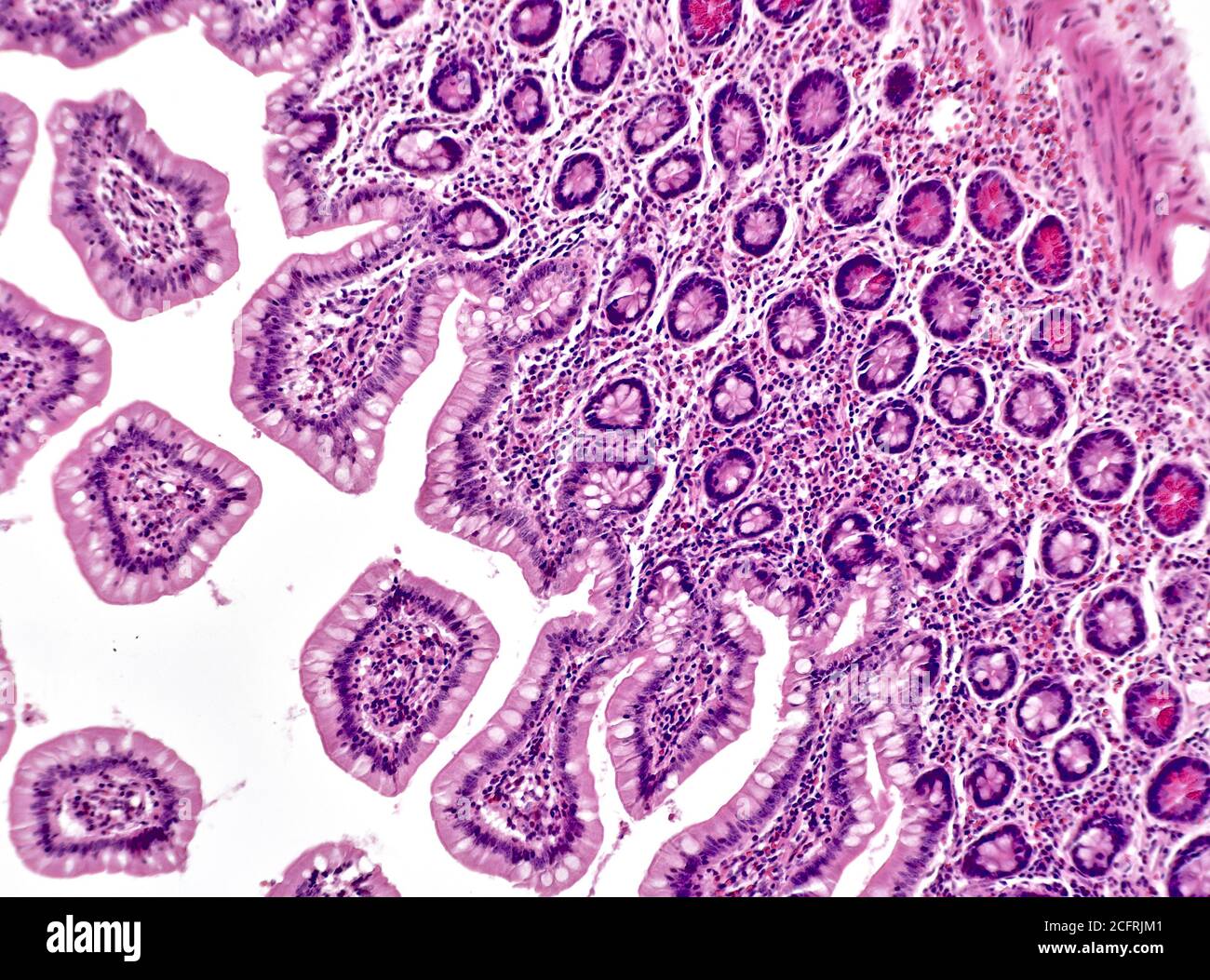 Intestinal cancer cells, brightfield photomicrograph Stock Photohttps://www.alamy.com/image-license-details/?v=1https://www.alamy.com/intestinal-cancer-cells-brightfield-photomicrograph-image371157137.html
Intestinal cancer cells, brightfield photomicrograph Stock Photohttps://www.alamy.com/image-license-details/?v=1https://www.alamy.com/intestinal-cancer-cells-brightfield-photomicrograph-image371157137.htmlRM2CFRJM1–Intestinal cancer cells, brightfield photomicrograph
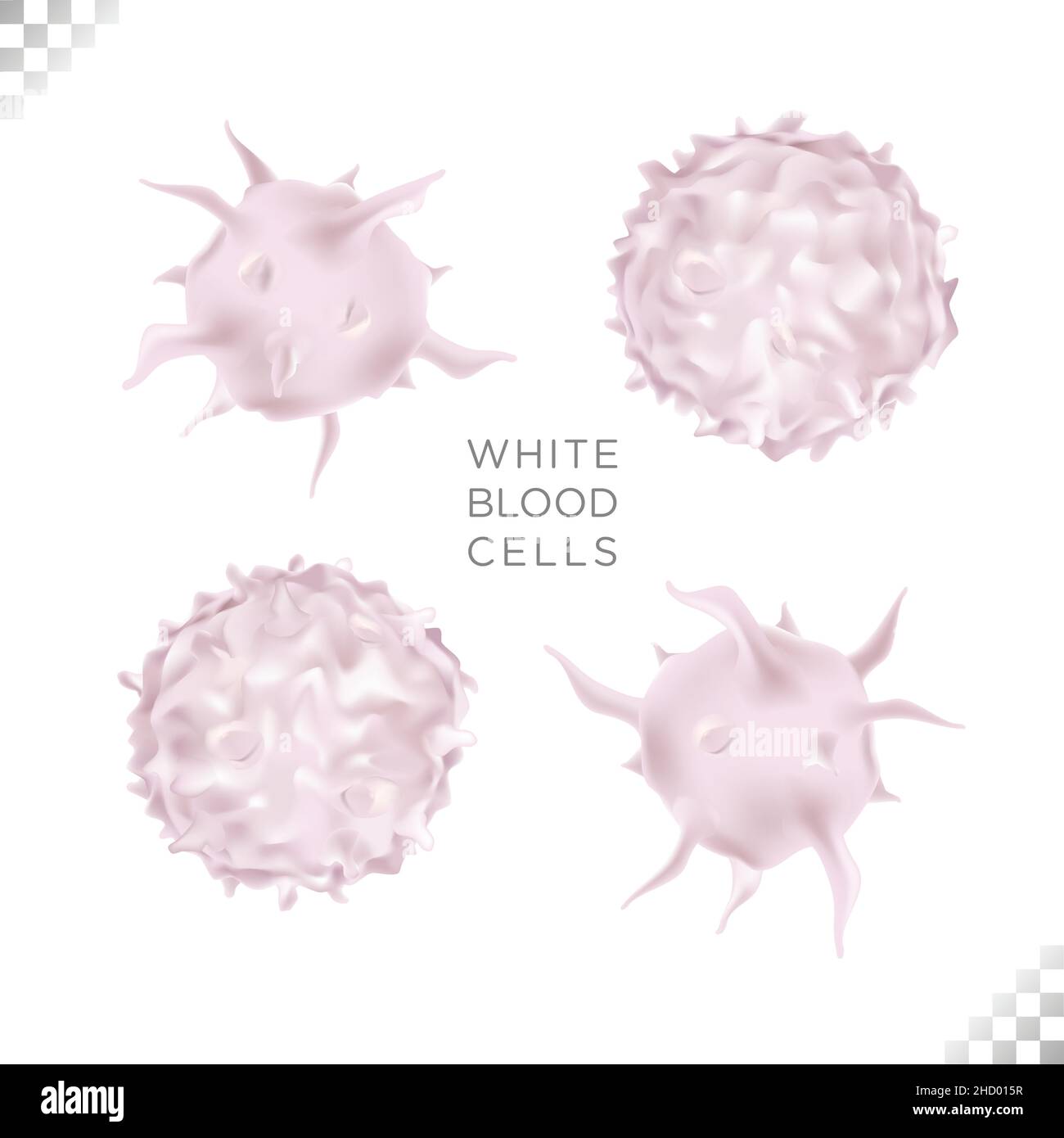 illustration of bioscience of immunity white blood cell circulating the human body Stock Vectorhttps://www.alamy.com/image-license-details/?v=1https://www.alamy.com/illustration-of-bioscience-of-immunity-white-blood-cell-circulating-the-human-body-image455461043.html
illustration of bioscience of immunity white blood cell circulating the human body Stock Vectorhttps://www.alamy.com/image-license-details/?v=1https://www.alamy.com/illustration-of-bioscience-of-immunity-white-blood-cell-circulating-the-human-body-image455461043.htmlRF2HD015R–illustration of bioscience of immunity white blood cell circulating the human body
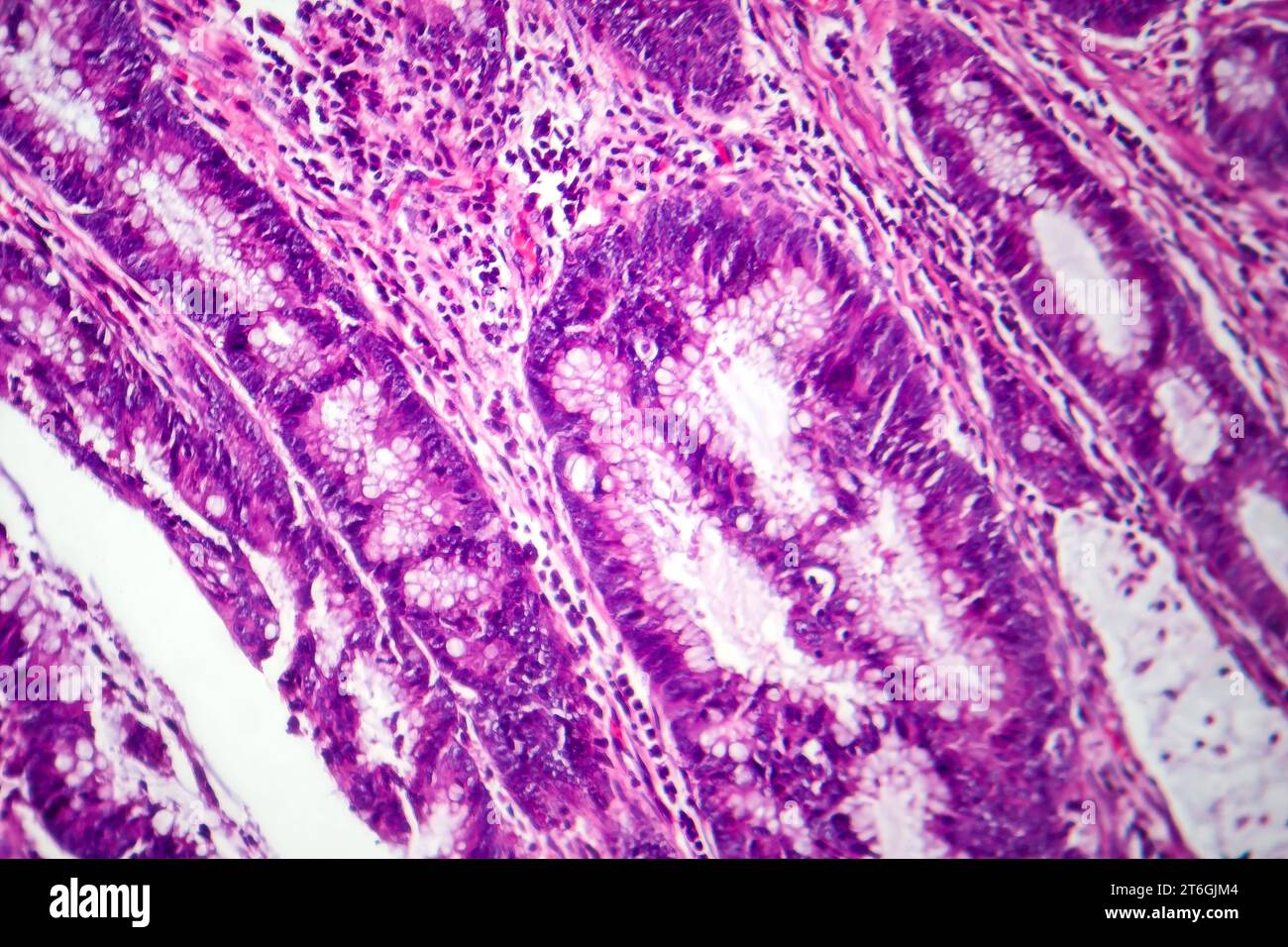 Photomicrograph of colon adenocarcinoma, illustrating malignant glandular cells characteristic of colon cancer. Stock Photohttps://www.alamy.com/image-license-details/?v=1https://www.alamy.com/photomicrograph-of-colon-adenocarcinoma-illustrating-malignant-glandular-cells-characteristic-of-colon-cancer-image571995988.html
Photomicrograph of colon adenocarcinoma, illustrating malignant glandular cells characteristic of colon cancer. Stock Photohttps://www.alamy.com/image-license-details/?v=1https://www.alamy.com/photomicrograph-of-colon-adenocarcinoma-illustrating-malignant-glandular-cells-characteristic-of-colon-cancer-image571995988.htmlRF2T6GJM4–Photomicrograph of colon adenocarcinoma, illustrating malignant glandular cells characteristic of colon cancer.
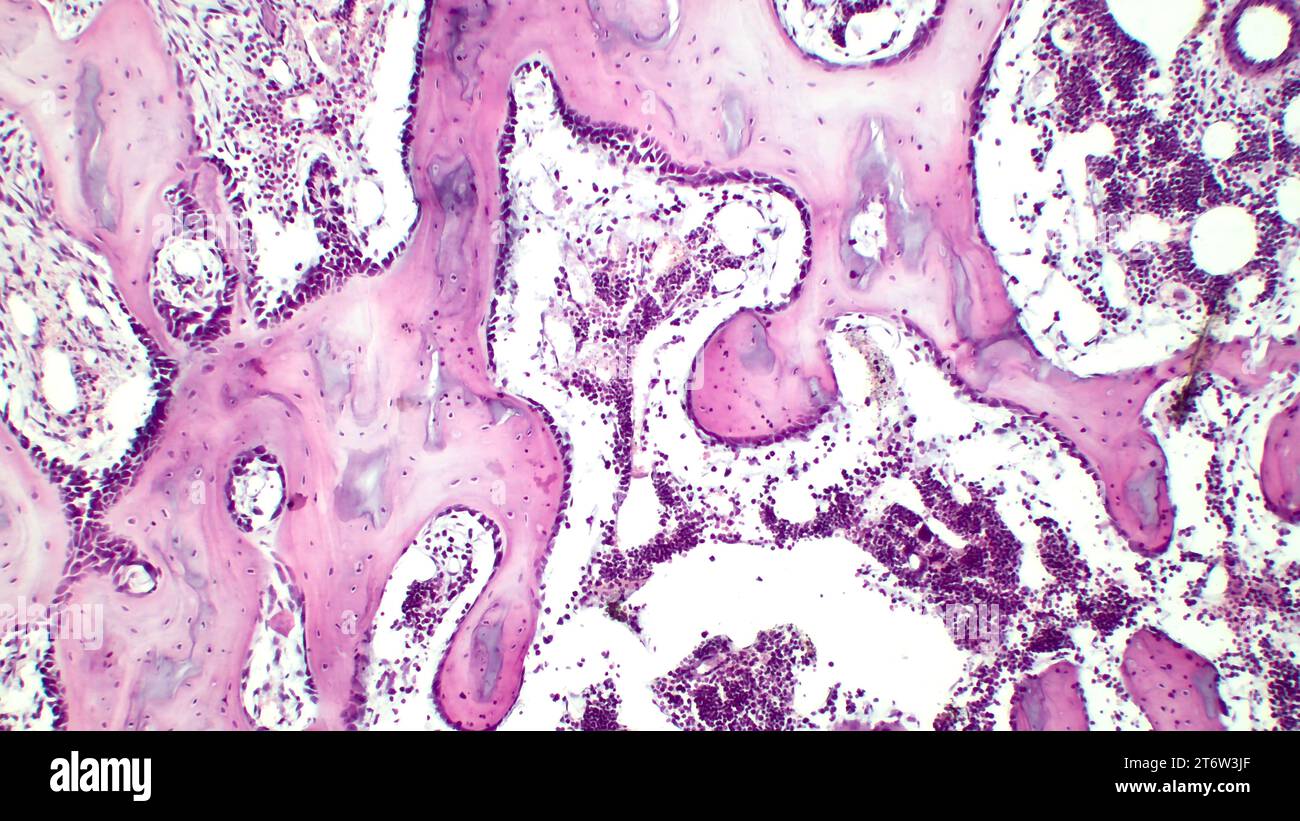 Human red bone marrow, hematopoietic press. The big tsit beetveen erythrocytes are megakaryocytes. Hematoxylin and eosin stain. Stock Photohttps://www.alamy.com/image-license-details/?v=1https://www.alamy.com/human-red-bone-marrow-hematopoietic-press-the-big-tsit-beetveen-erythrocytes-are-megakaryocytes-hematoxylin-and-eosin-stain-image572181751.html
Human red bone marrow, hematopoietic press. The big tsit beetveen erythrocytes are megakaryocytes. Hematoxylin and eosin stain. Stock Photohttps://www.alamy.com/image-license-details/?v=1https://www.alamy.com/human-red-bone-marrow-hematopoietic-press-the-big-tsit-beetveen-erythrocytes-are-megakaryocytes-hematoxylin-and-eosin-stain-image572181751.htmlRF2T6W3JF–Human red bone marrow, hematopoietic press. The big tsit beetveen erythrocytes are megakaryocytes. Hematoxylin and eosin stain.
 red blood cells in an artery with diseased cancer cells, flow inside body, medical human health-care Stock Photohttps://www.alamy.com/image-license-details/?v=1https://www.alamy.com/red-blood-cells-in-an-artery-with-diseased-cancer-cells-flow-inside-body-medical-human-health-care-image574089497.html
red blood cells in an artery with diseased cancer cells, flow inside body, medical human health-care Stock Photohttps://www.alamy.com/image-license-details/?v=1https://www.alamy.com/red-blood-cells-in-an-artery-with-diseased-cancer-cells-flow-inside-body-medical-human-health-care-image574089497.htmlRF2TA0109–red blood cells in an artery with diseased cancer cells, flow inside body, medical human health-care
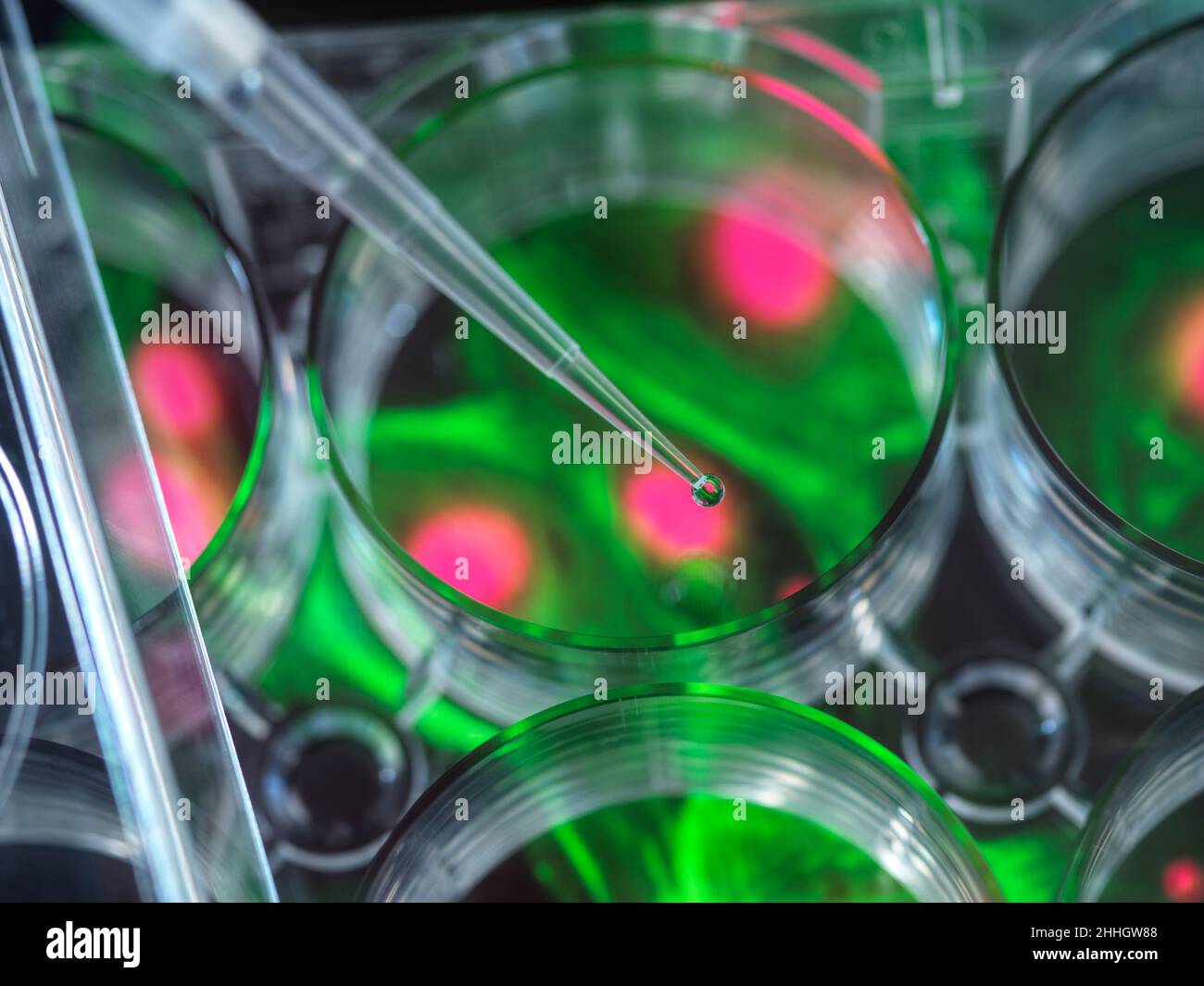 Pipetting sample into multi well plate containing micrograph of cell Stock Photohttps://www.alamy.com/image-license-details/?v=1https://www.alamy.com/pipetting-sample-into-multi-well-plate-containing-micrograph-of-cell-image458289784.html
Pipetting sample into multi well plate containing micrograph of cell Stock Photohttps://www.alamy.com/image-license-details/?v=1https://www.alamy.com/pipetting-sample-into-multi-well-plate-containing-micrograph-of-cell-image458289784.htmlRF2HHGW88–Pipetting sample into multi well plate containing micrograph of cell
 Scanning electron micrograph (SEM) of a cancer cell attacked by macrophages, Magnification x8000. Stock Photohttps://www.alamy.com/image-license-details/?v=1https://www.alamy.com/stock-photo-scanning-electron-micrograph-sem-of-a-cancer-cell-attacked-by-macrophages-72420343.html
Scanning electron micrograph (SEM) of a cancer cell attacked by macrophages, Magnification x8000. Stock Photohttps://www.alamy.com/image-license-details/?v=1https://www.alamy.com/stock-photo-scanning-electron-micrograph-sem-of-a-cancer-cell-attacked-by-macrophages-72420343.htmlRME5R0TR–Scanning electron micrograph (SEM) of a cancer cell attacked by macrophages, Magnification x8000.
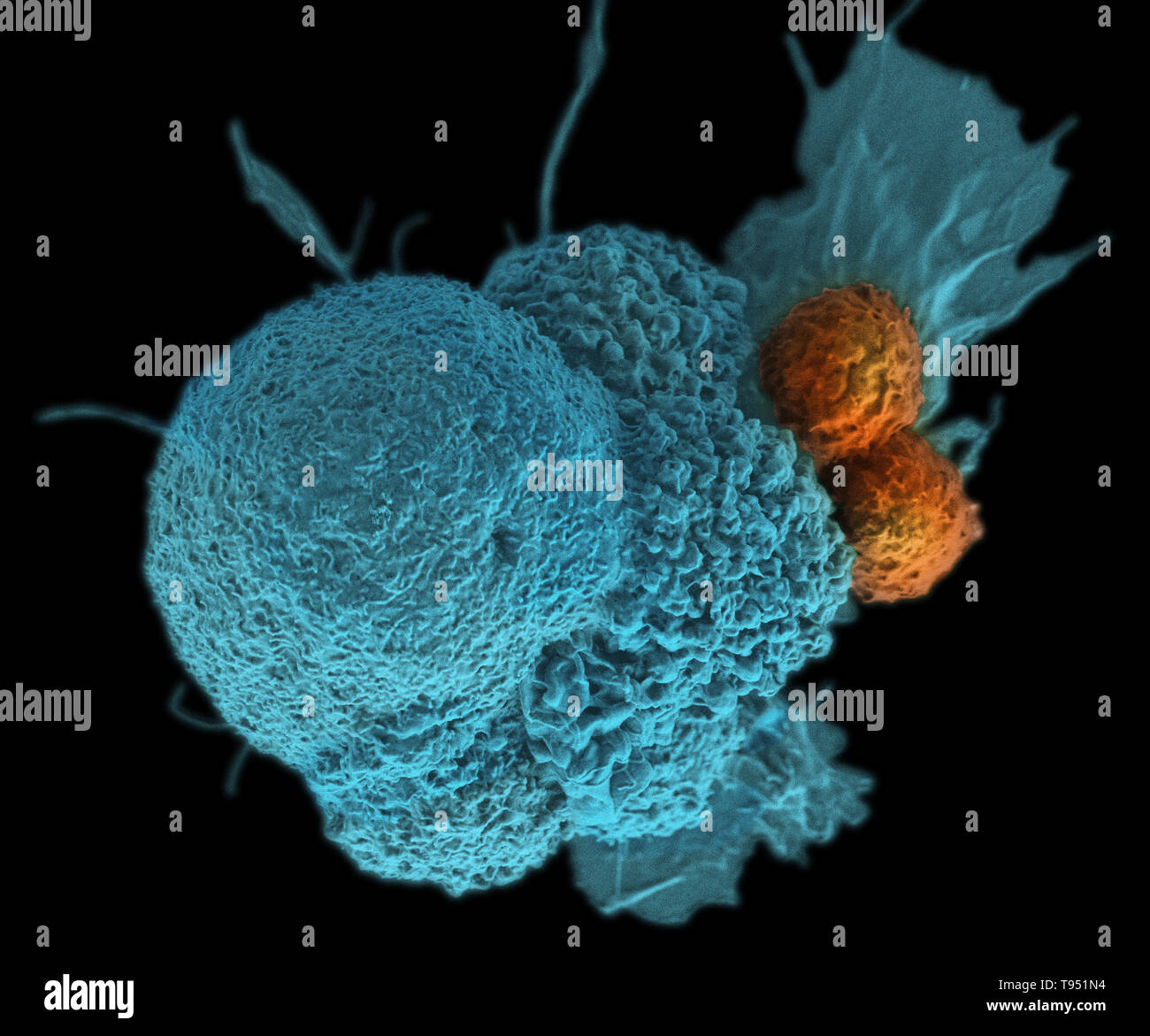 This electron micrograph (SEM) shows an oral squamous cancer cell (blue) being attacked by two cytotoxic T cells (orange). The tumor-specific T cells were developed from the patient's own immune system, a personalized cancer vaccine like those that may be developed in the future with the help of NIST's standardized human genomes. This image has been colorized. Stock Photohttps://www.alamy.com/image-license-details/?v=1https://www.alamy.com/this-electron-micrograph-sem-shows-an-oral-squamous-cancer-cell-blue-being-attacked-by-two-cytotoxic-t-cells-orange-the-tumor-specific-t-cells-were-developed-from-the-patients-own-immune-system-a-personalized-cancer-vaccine-like-those-that-may-be-developed-in-the-future-with-the-help-of-nists-standardized-human-genomes-this-image-has-been-colorized-image246588192.html
This electron micrograph (SEM) shows an oral squamous cancer cell (blue) being attacked by two cytotoxic T cells (orange). The tumor-specific T cells were developed from the patient's own immune system, a personalized cancer vaccine like those that may be developed in the future with the help of NIST's standardized human genomes. This image has been colorized. Stock Photohttps://www.alamy.com/image-license-details/?v=1https://www.alamy.com/this-electron-micrograph-sem-shows-an-oral-squamous-cancer-cell-blue-being-attacked-by-two-cytotoxic-t-cells-orange-the-tumor-specific-t-cells-were-developed-from-the-patients-own-immune-system-a-personalized-cancer-vaccine-like-those-that-may-be-developed-in-the-future-with-the-help-of-nists-standardized-human-genomes-this-image-has-been-colorized-image246588192.htmlRMT951N4–This electron micrograph (SEM) shows an oral squamous cancer cell (blue) being attacked by two cytotoxic T cells (orange). The tumor-specific T cells were developed from the patient's own immune system, a personalized cancer vaccine like those that may be developed in the future with the help of NIST's standardized human genomes. This image has been colorized.
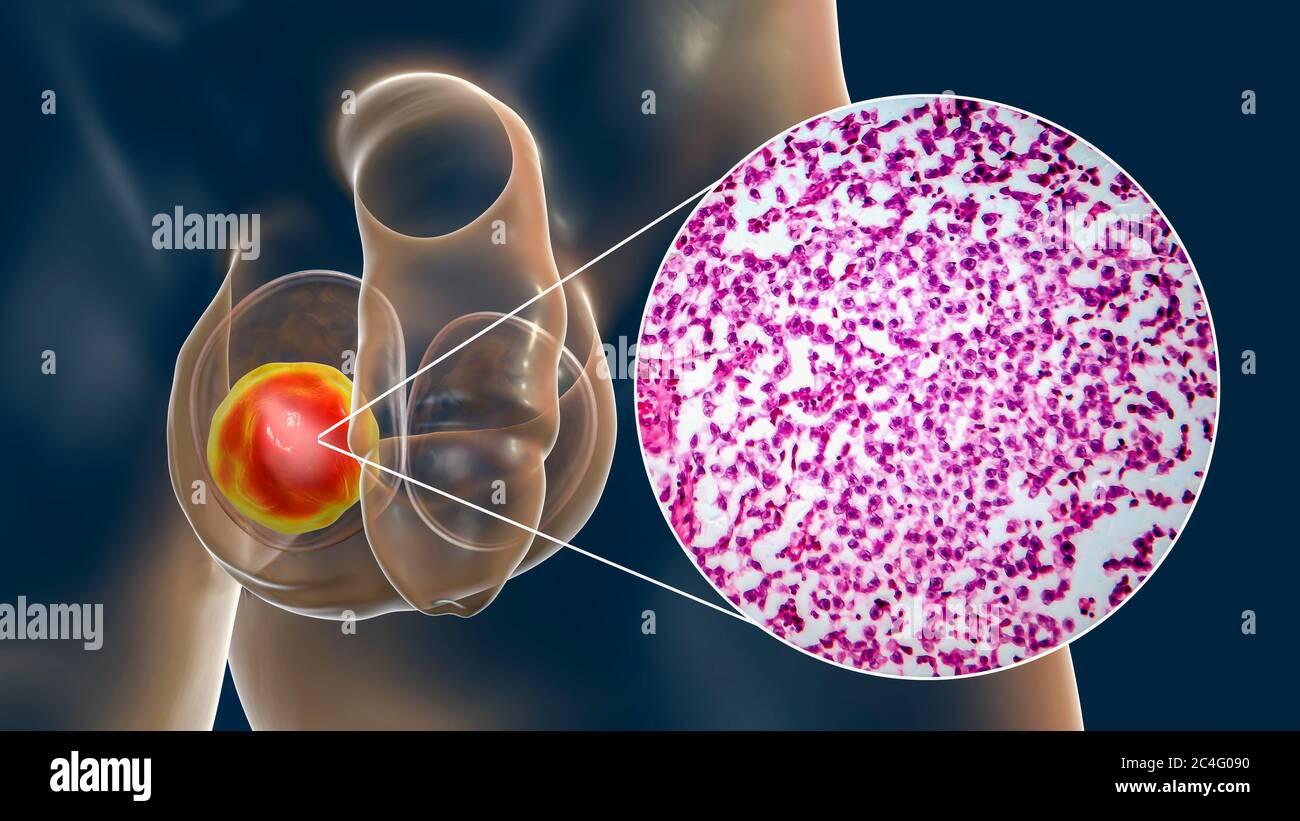 Testicular cancer, a malignant spermatocytic seminoma, computer illustration and light micrograph. A seminoma is a malignant tumour (cancer) of the testis (testicle). Although this is a rare cancer, it is the most common cancer in 15 to 35 year old men. It arises from abnormal germ cells (precursors to sperm cells) in the seminiferous tubules. Surgical removal of the affected testis (orchidectomy) is followed by radiotherapy and chemotherapy if required. Stock Photohttps://www.alamy.com/image-license-details/?v=1https://www.alamy.com/testicular-cancer-a-malignant-spermatocytic-seminoma-computer-illustration-and-light-micrograph-a-seminoma-is-a-malignant-tumour-cancer-of-the-testis-testicle-although-this-is-a-rare-cancer-it-is-the-most-common-cancer-in-15-to-35-year-old-men-it-arises-from-abnormal-germ-cells-precursors-to-sperm-cells-in-the-seminiferous-tubules-surgical-removal-of-the-affected-testis-orchidectomy-is-followed-by-radiotherapy-and-chemotherapy-if-required-image364227836.html
Testicular cancer, a malignant spermatocytic seminoma, computer illustration and light micrograph. A seminoma is a malignant tumour (cancer) of the testis (testicle). Although this is a rare cancer, it is the most common cancer in 15 to 35 year old men. It arises from abnormal germ cells (precursors to sperm cells) in the seminiferous tubules. Surgical removal of the affected testis (orchidectomy) is followed by radiotherapy and chemotherapy if required. Stock Photohttps://www.alamy.com/image-license-details/?v=1https://www.alamy.com/testicular-cancer-a-malignant-spermatocytic-seminoma-computer-illustration-and-light-micrograph-a-seminoma-is-a-malignant-tumour-cancer-of-the-testis-testicle-although-this-is-a-rare-cancer-it-is-the-most-common-cancer-in-15-to-35-year-old-men-it-arises-from-abnormal-germ-cells-precursors-to-sperm-cells-in-the-seminiferous-tubules-surgical-removal-of-the-affected-testis-orchidectomy-is-followed-by-radiotherapy-and-chemotherapy-if-required-image364227836.htmlRF2C4G090–Testicular cancer, a malignant spermatocytic seminoma, computer illustration and light micrograph. A seminoma is a malignant tumour (cancer) of the testis (testicle). Although this is a rare cancer, it is the most common cancer in 15 to 35 year old men. It arises from abnormal germ cells (precursors to sperm cells) in the seminiferous tubules. Surgical removal of the affected testis (orchidectomy) is followed by radiotherapy and chemotherapy if required.
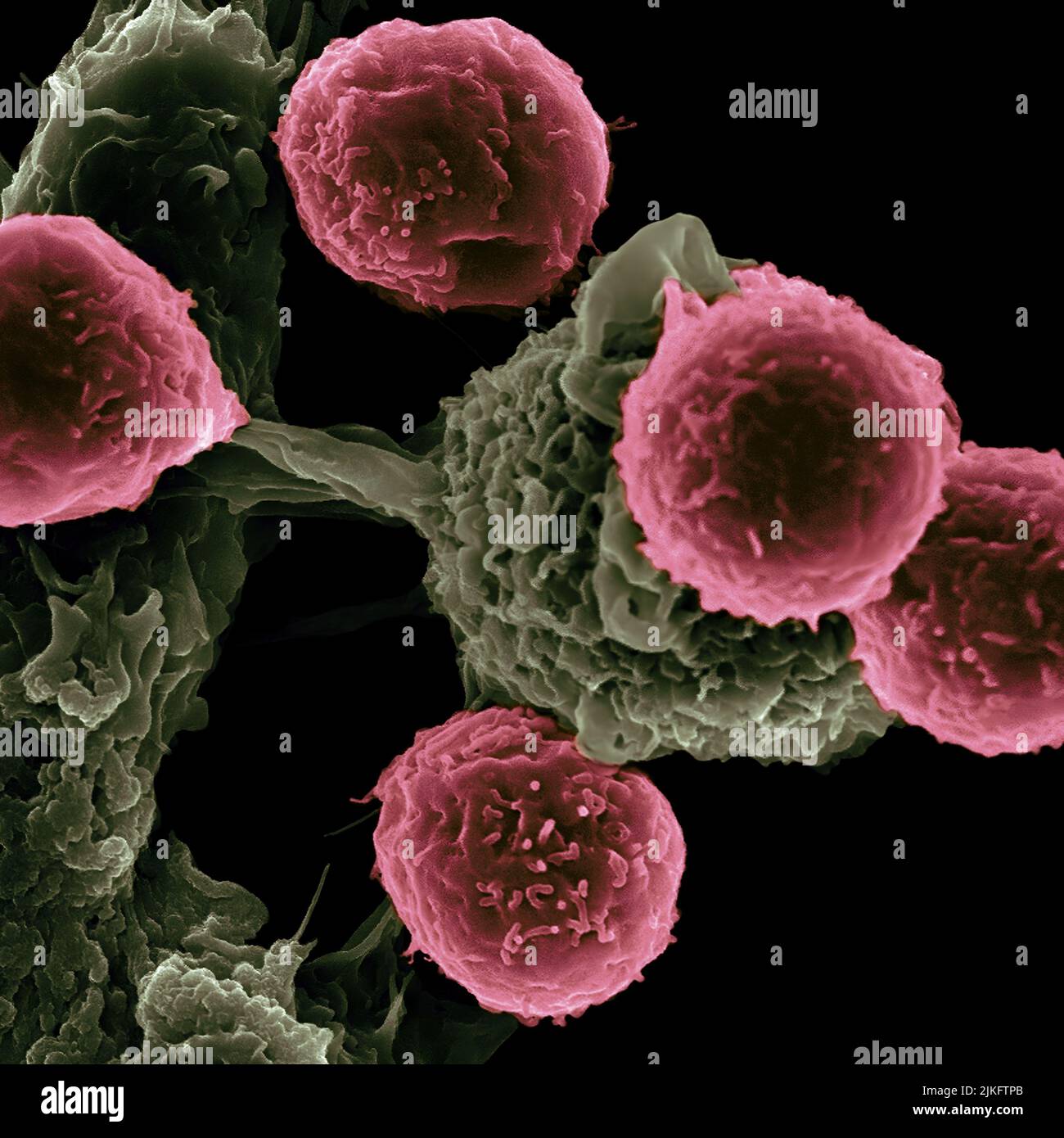 Researchers at the Texas Center for Cancer Nanomedicine (TCCN) have created particle-based vaccines for the treatment of cancer. The particles carry molecules that stimulate immune cells and cancer antigens (proteins) that direct the immune response. This scanning electron microscope image shows dendritic cells, pseudostained green, interacting with T cells, pseudostained pink. Dendritic cells internalize particles, provoke antigens and present peptides to T cells to direct immune responses. Stock Photohttps://www.alamy.com/image-license-details/?v=1https://www.alamy.com/researchers-at-the-texas-center-for-cancer-nanomedicine-tccn-have-created-particle-based-vaccines-for-the-treatment-of-cancer-the-particles-carry-molecules-that-stimulate-immune-cells-and-cancer-antigens-proteins-that-direct-the-immune-response-this-scanning-electron-microscope-image-shows-dendritic-cells-pseudostained-green-interacting-with-t-cells-pseudostained-pink-dendritic-cells-internalize-particles-provoke-antigens-and-present-peptides-to-t-cells-to-direct-immune-responses-image476707123.html
Researchers at the Texas Center for Cancer Nanomedicine (TCCN) have created particle-based vaccines for the treatment of cancer. The particles carry molecules that stimulate immune cells and cancer antigens (proteins) that direct the immune response. This scanning electron microscope image shows dendritic cells, pseudostained green, interacting with T cells, pseudostained pink. Dendritic cells internalize particles, provoke antigens and present peptides to T cells to direct immune responses. Stock Photohttps://www.alamy.com/image-license-details/?v=1https://www.alamy.com/researchers-at-the-texas-center-for-cancer-nanomedicine-tccn-have-created-particle-based-vaccines-for-the-treatment-of-cancer-the-particles-carry-molecules-that-stimulate-immune-cells-and-cancer-antigens-proteins-that-direct-the-immune-response-this-scanning-electron-microscope-image-shows-dendritic-cells-pseudostained-green-interacting-with-t-cells-pseudostained-pink-dendritic-cells-internalize-particles-provoke-antigens-and-present-peptides-to-t-cells-to-direct-immune-responses-image476707123.htmlRM2JKFTPB–Researchers at the Texas Center for Cancer Nanomedicine (TCCN) have created particle-based vaccines for the treatment of cancer. The particles carry molecules that stimulate immune cells and cancer antigens (proteins) that direct the immune response. This scanning electron microscope image shows dendritic cells, pseudostained green, interacting with T cells, pseudostained pink. Dendritic cells internalize particles, provoke antigens and present peptides to T cells to direct immune responses.
 Kidney cancer, Colored scanning electron micrograph (SEM) of the cancerous cells of a Wilms' tumor, a type of kidney cancer, Stock Photohttps://www.alamy.com/image-license-details/?v=1https://www.alamy.com/stock-photo-kidney-cancer-colored-scanning-electron-micrograph-sem-of-the-cancerous-72420738.html
Kidney cancer, Colored scanning electron micrograph (SEM) of the cancerous cells of a Wilms' tumor, a type of kidney cancer, Stock Photohttps://www.alamy.com/image-license-details/?v=1https://www.alamy.com/stock-photo-kidney-cancer-colored-scanning-electron-micrograph-sem-of-the-cancerous-72420738.htmlRME5R1AX–Kidney cancer, Colored scanning electron micrograph (SEM) of the cancerous cells of a Wilms' tumor, a type of kidney cancer,
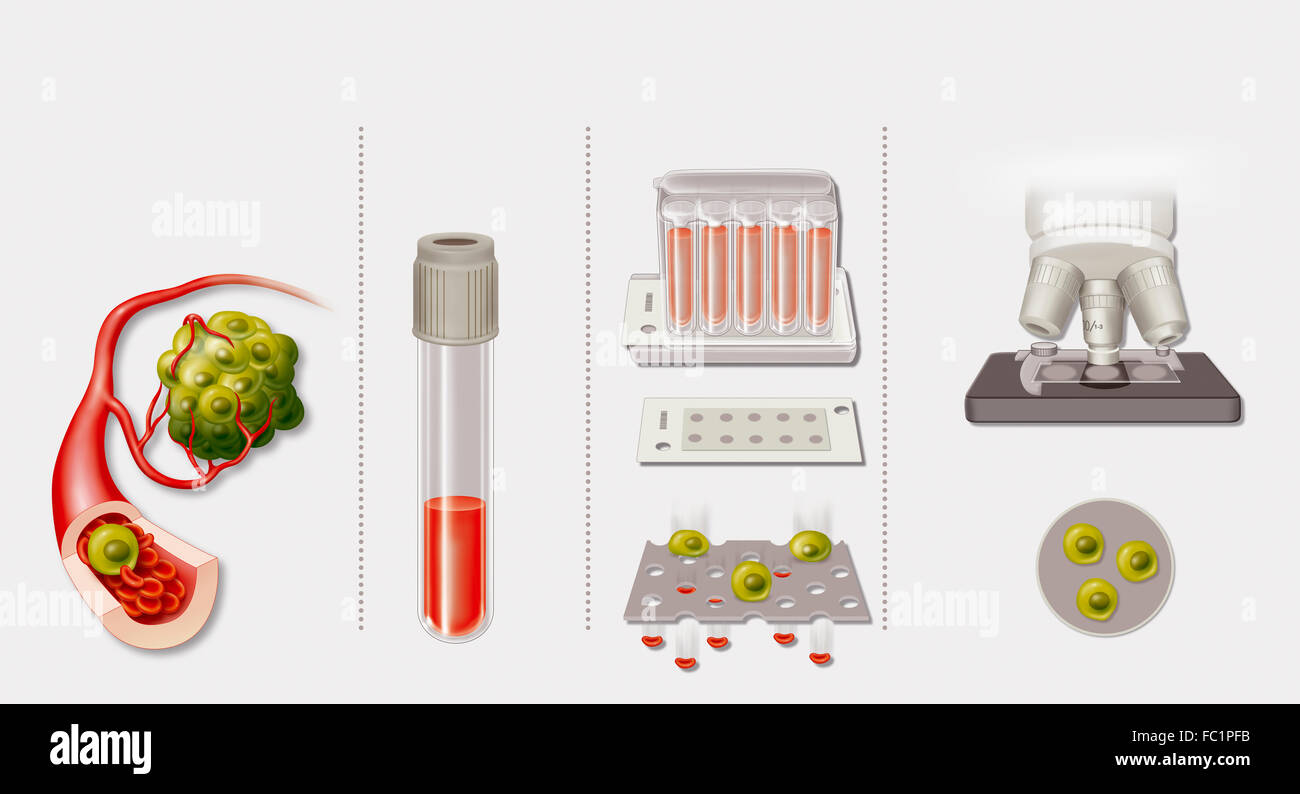 SCREENING FOR CANCER Stock Photohttps://www.alamy.com/image-license-details/?v=1https://www.alamy.com/stock-photo-screening-for-cancer-93467343.html
SCREENING FOR CANCER Stock Photohttps://www.alamy.com/image-license-details/?v=1https://www.alamy.com/stock-photo-screening-for-cancer-93467343.htmlRMFC1PFB–SCREENING FOR CANCER
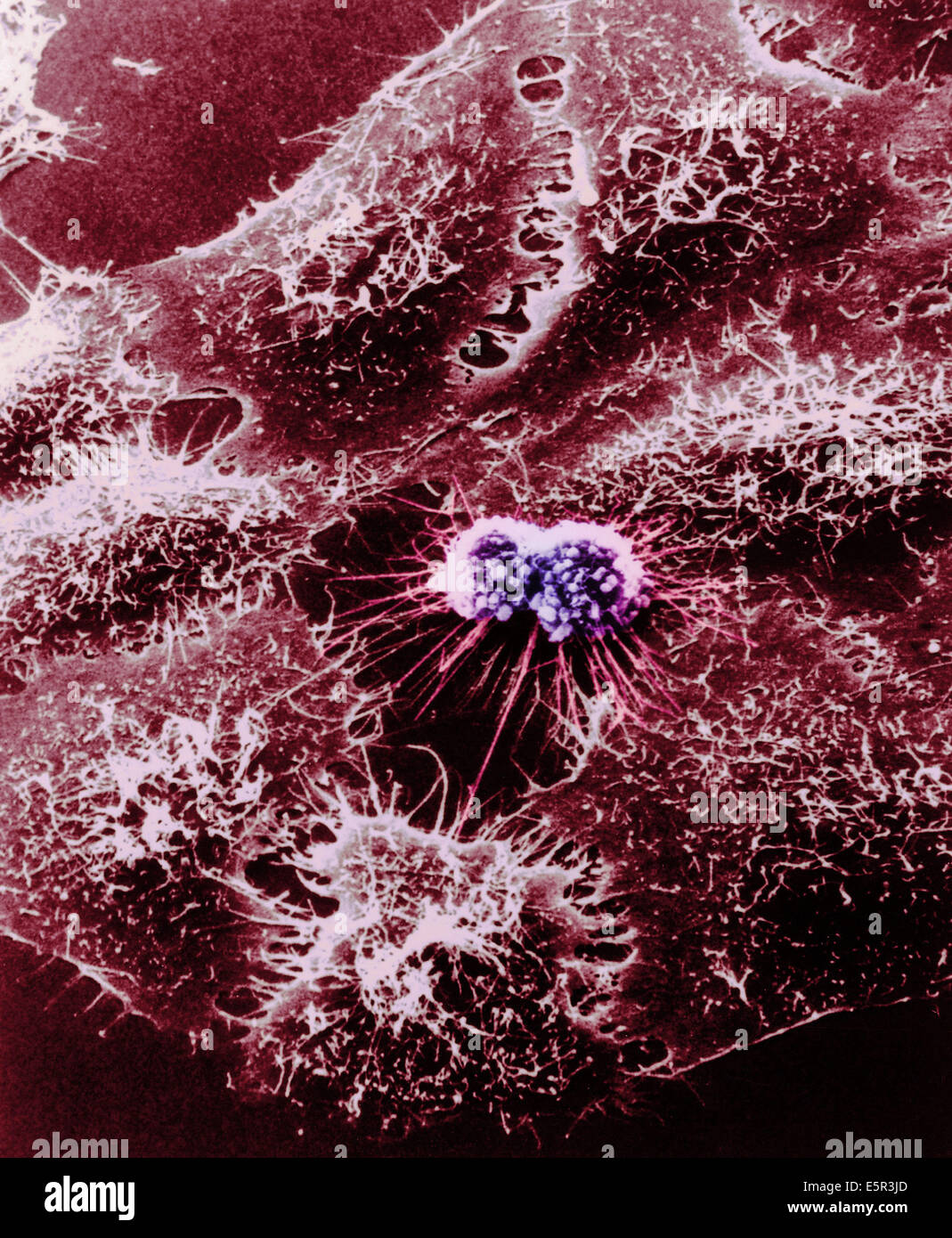 Color enhanced scanning electron micrograph (SEM) of cultured HeLa cells originally derived many years ago from a woman's Stock Photohttps://www.alamy.com/image-license-details/?v=1https://www.alamy.com/stock-photo-color-enhanced-scanning-electron-micrograph-sem-of-cultured-hela-cells-72422517.html
Color enhanced scanning electron micrograph (SEM) of cultured HeLa cells originally derived many years ago from a woman's Stock Photohttps://www.alamy.com/image-license-details/?v=1https://www.alamy.com/stock-photo-color-enhanced-scanning-electron-micrograph-sem-of-cultured-hela-cells-72422517.htmlRME5R3JD–Color enhanced scanning electron micrograph (SEM) of cultured HeLa cells originally derived many years ago from a woman's
 A section trough testicle cells under the microscope Stock Photohttps://www.alamy.com/image-license-details/?v=1https://www.alamy.com/a-section-trough-testicle-cells-under-the-microscope-image624943015.html
A section trough testicle cells under the microscope Stock Photohttps://www.alamy.com/image-license-details/?v=1https://www.alamy.com/a-section-trough-testicle-cells-under-the-microscope-image624943015.htmlRF2Y8MH5B–A section trough testicle cells under the microscope
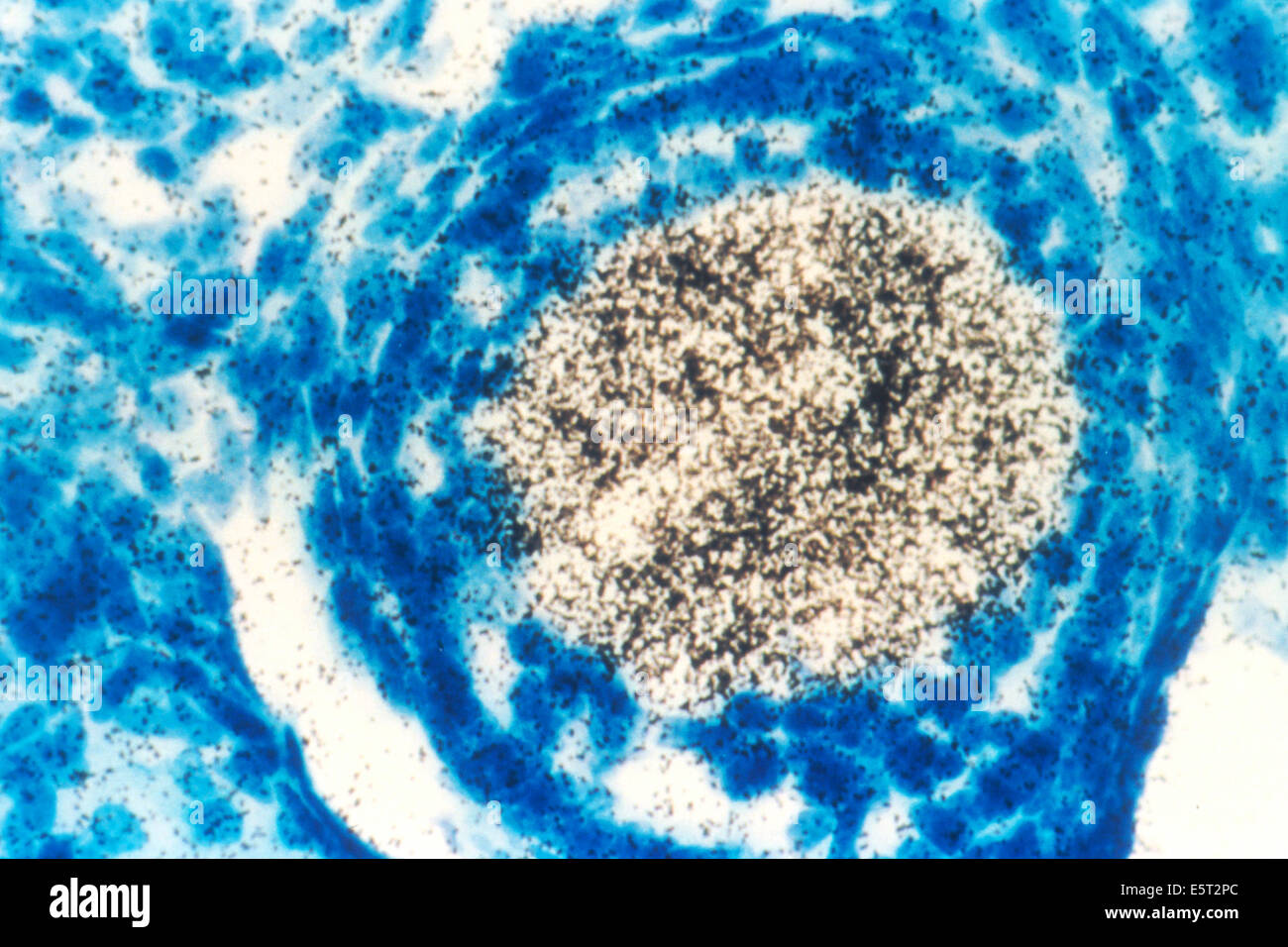 Light micrograph of a mouse oocyte that is expressing an oncogene (a cancer-causing gene). The technique being used to test its Stock Photohttps://www.alamy.com/image-license-details/?v=1https://www.alamy.com/stock-photo-light-micrograph-of-a-mouse-oocyte-that-is-expressing-an-oncogene-72443796.html
Light micrograph of a mouse oocyte that is expressing an oncogene (a cancer-causing gene). The technique being used to test its Stock Photohttps://www.alamy.com/image-license-details/?v=1https://www.alamy.com/stock-photo-light-micrograph-of-a-mouse-oocyte-that-is-expressing-an-oncogene-72443796.htmlRME5T2PC–Light micrograph of a mouse oocyte that is expressing an oncogene (a cancer-causing gene). The technique being used to test its
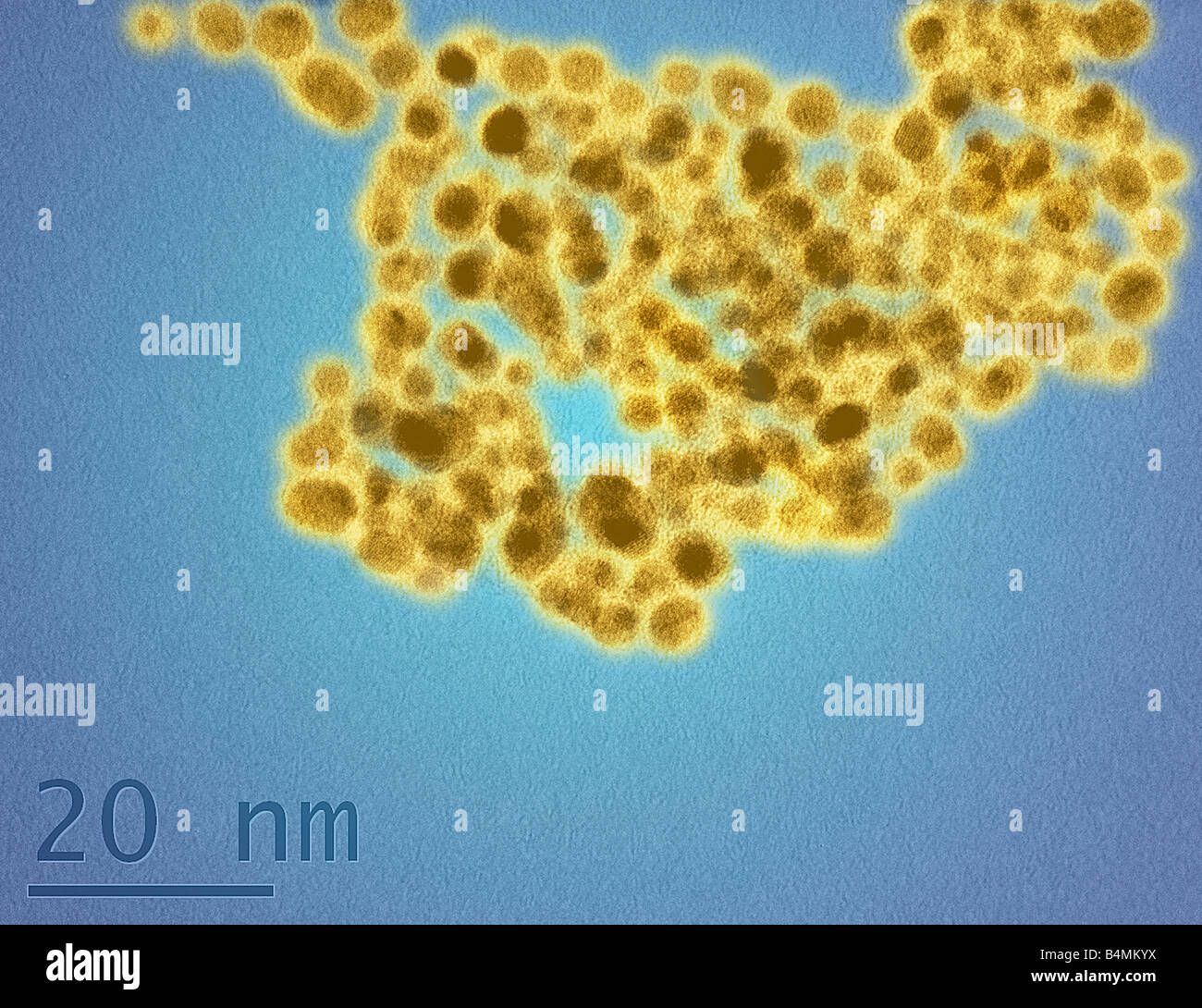 A TEM image of gold nanoparticles coating cells in a glutathione surface corona illustrating the molecular size of nanoparticles Stock Photohttps://www.alamy.com/image-license-details/?v=1https://www.alamy.com/stock-photo-a-tem-image-of-gold-nanoparticles-coating-cells-in-a-glutathione-surface-20123710.html
A TEM image of gold nanoparticles coating cells in a glutathione surface corona illustrating the molecular size of nanoparticles Stock Photohttps://www.alamy.com/image-license-details/?v=1https://www.alamy.com/stock-photo-a-tem-image-of-gold-nanoparticles-coating-cells-in-a-glutathione-surface-20123710.htmlRMB4MKYX–A TEM image of gold nanoparticles coating cells in a glutathione surface corona illustrating the molecular size of nanoparticles
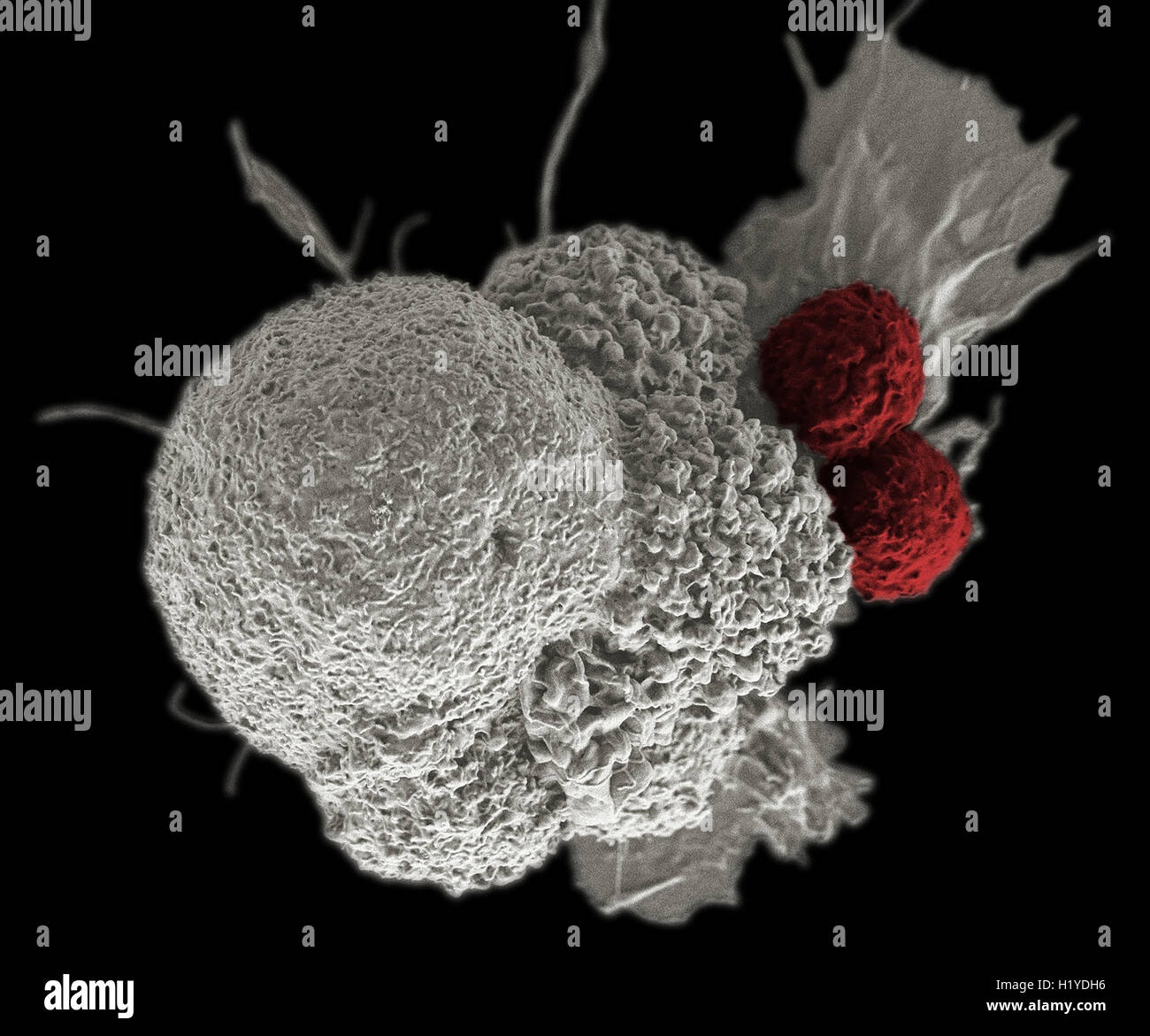 T lymphocytes and cancer cell, Coloured scanning electron micrograph (SEM) . Stock Photohttps://www.alamy.com/image-license-details/?v=1https://www.alamy.com/stock-photo-t-lymphocytes-and-cancer-cell-coloured-scanning-electron-micrograph-121690610.html
T lymphocytes and cancer cell, Coloured scanning electron micrograph (SEM) . Stock Photohttps://www.alamy.com/image-license-details/?v=1https://www.alamy.com/stock-photo-t-lymphocytes-and-cancer-cell-coloured-scanning-electron-micrograph-121690610.htmlRMH1YDH6–T lymphocytes and cancer cell, Coloured scanning electron micrograph (SEM) .
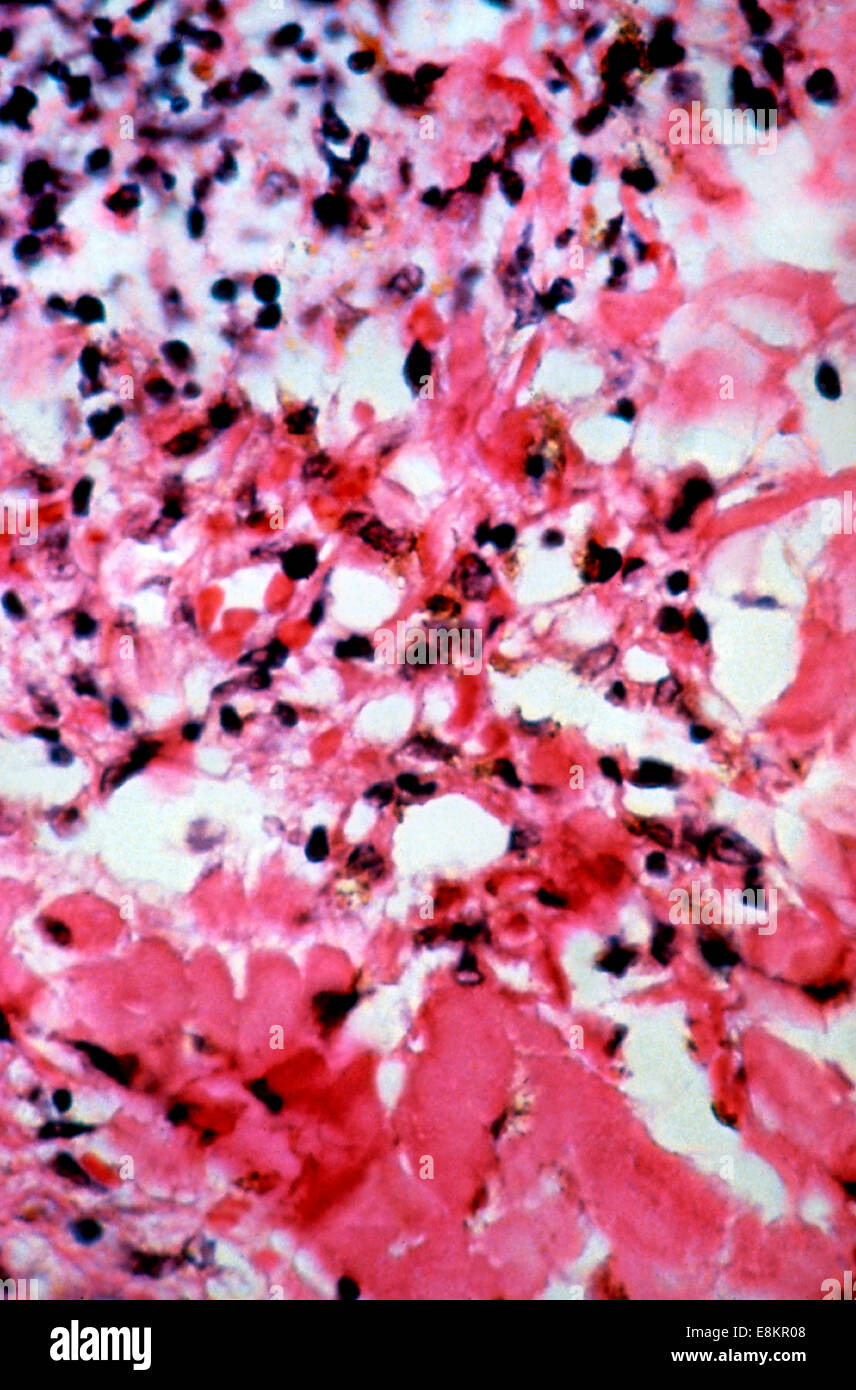 This micrograph depicts histopathologic changes found in case of Kaposis sarcoma lesions This skin biopsy of what turned out Stock Photohttps://www.alamy.com/image-license-details/?v=1https://www.alamy.com/stock-photo-this-micrograph-depicts-histopathologic-changes-found-in-case-of-kaposis-74193848.html
This micrograph depicts histopathologic changes found in case of Kaposis sarcoma lesions This skin biopsy of what turned out Stock Photohttps://www.alamy.com/image-license-details/?v=1https://www.alamy.com/stock-photo-this-micrograph-depicts-histopathologic-changes-found-in-case-of-kaposis-74193848.htmlRME8KR08–This micrograph depicts histopathologic changes found in case of Kaposis sarcoma lesions This skin biopsy of what turned out
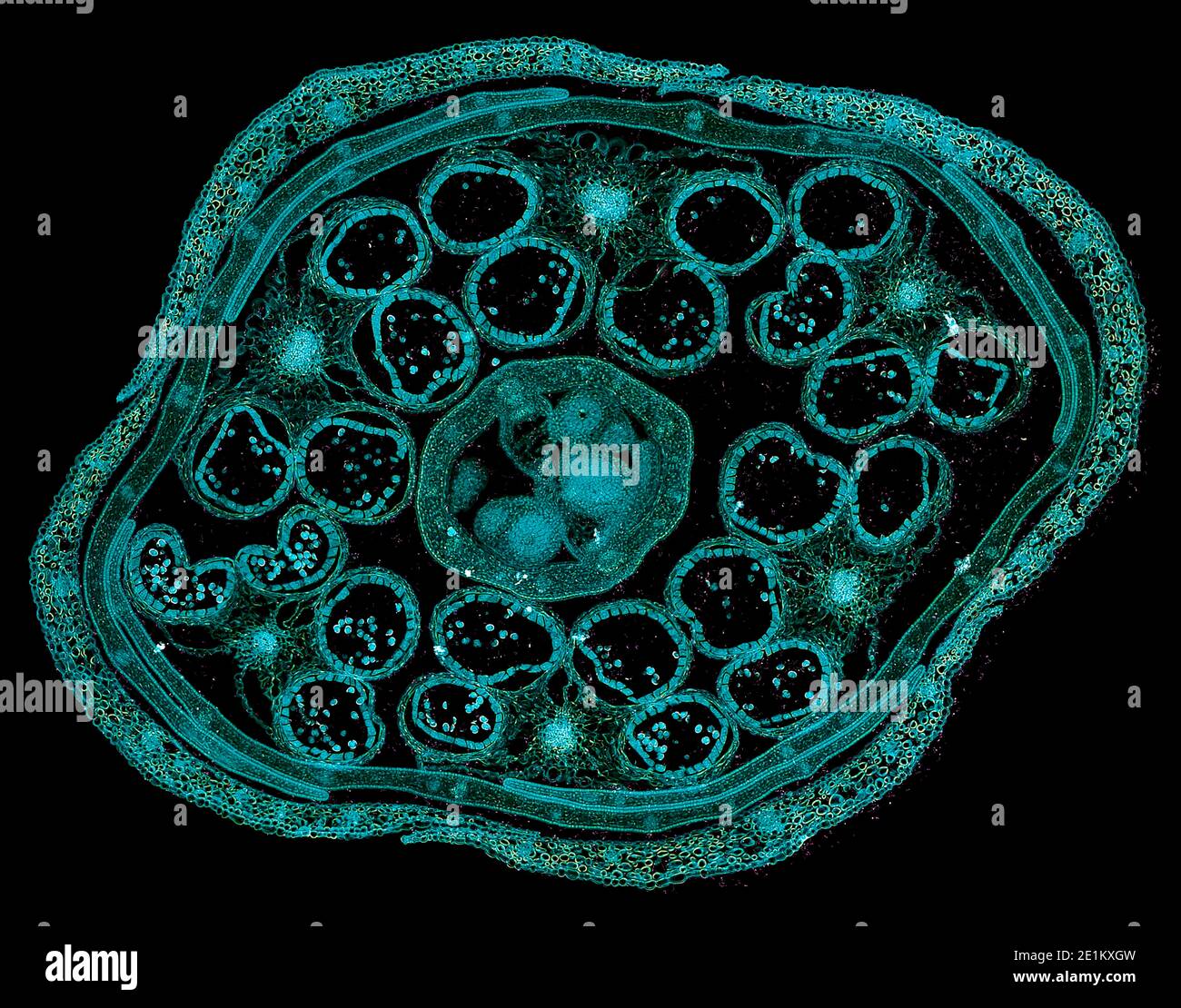 cross section cut of human body cells under a scientific microscope Stock Photohttps://www.alamy.com/image-license-details/?v=1https://www.alamy.com/cross-section-cut-of-human-body-cells-under-a-scientific-microscope-image396891065.html
cross section cut of human body cells under a scientific microscope Stock Photohttps://www.alamy.com/image-license-details/?v=1https://www.alamy.com/cross-section-cut-of-human-body-cells-under-a-scientific-microscope-image396891065.htmlRF2E1KXGW–cross section cut of human body cells under a scientific microscope
 Immunofluorescent staining of Merkel cell carcinoma tumor tissue illustrating expression of CD200 (green) on the surface of tumor cells. CD200 plays a role in immunosuppression. Endothelial marker CD31 (red) highlights blood vessels. Merkel cell carcinoma is a rare and aggressive skin cancer. Stock Photohttps://www.alamy.com/image-license-details/?v=1https://www.alamy.com/immunofluorescent-staining-of-merkel-cell-carcinoma-tumor-tissue-illustrating-expression-of-cd200-green-on-the-surface-of-tumor-cells-cd200-plays-a-role-in-immunosuppression-endothelial-marker-cd31-red-highlights-blood-vessels-merkel-cell-carcinoma-is-a-rare-and-aggressive-skin-cancer-image476706886.html
Immunofluorescent staining of Merkel cell carcinoma tumor tissue illustrating expression of CD200 (green) on the surface of tumor cells. CD200 plays a role in immunosuppression. Endothelial marker CD31 (red) highlights blood vessels. Merkel cell carcinoma is a rare and aggressive skin cancer. Stock Photohttps://www.alamy.com/image-license-details/?v=1https://www.alamy.com/immunofluorescent-staining-of-merkel-cell-carcinoma-tumor-tissue-illustrating-expression-of-cd200-green-on-the-surface-of-tumor-cells-cd200-plays-a-role-in-immunosuppression-endothelial-marker-cd31-red-highlights-blood-vessels-merkel-cell-carcinoma-is-a-rare-and-aggressive-skin-cancer-image476706886.htmlRM2JKFTDX–Immunofluorescent staining of Merkel cell carcinoma tumor tissue illustrating expression of CD200 (green) on the surface of tumor cells. CD200 plays a role in immunosuppression. Endothelial marker CD31 (red) highlights blood vessels. Merkel cell carcinoma is a rare and aggressive skin cancer.
 A section trough cells of a small intestine under the microscope. Stock Photohttps://www.alamy.com/image-license-details/?v=1https://www.alamy.com/stock-photo-a-section-trough-cells-of-a-small-intestine-under-the-microscope-103590618.html
A section trough cells of a small intestine under the microscope. Stock Photohttps://www.alamy.com/image-license-details/?v=1https://www.alamy.com/stock-photo-a-section-trough-cells-of-a-small-intestine-under-the-microscope-103590618.htmlRMG0EXTX–A section trough cells of a small intestine under the microscope.
 Photomicrograph of cancerous cells from Ewing's sarcoma that metastasized to the pleural fluid. Stock Photohttps://www.alamy.com/image-license-details/?v=1https://www.alamy.com/stock-photo-photomicrograph-of-cancerous-cells-from-ewings-sarcoma-that-metastasized-72420354.html
Photomicrograph of cancerous cells from Ewing's sarcoma that metastasized to the pleural fluid. Stock Photohttps://www.alamy.com/image-license-details/?v=1https://www.alamy.com/stock-photo-photomicrograph-of-cancerous-cells-from-ewings-sarcoma-that-metastasized-72420354.htmlRME5R0W6–Photomicrograph of cancerous cells from Ewing's sarcoma that metastasized to the pleural fluid.
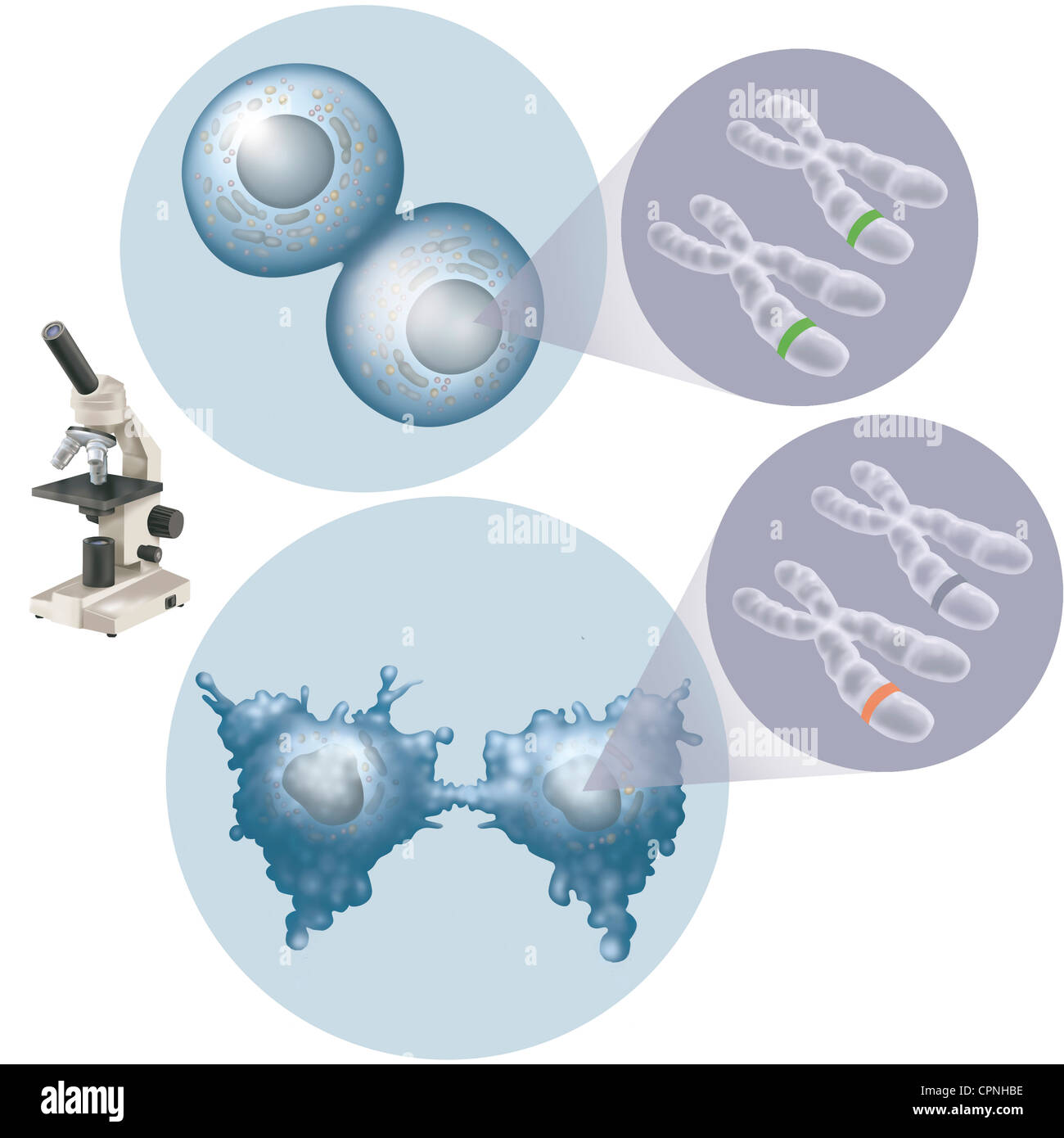 CANCER CELL, ILLUSTRATION Stock Photohttps://www.alamy.com/image-license-details/?v=1https://www.alamy.com/stock-photo-cancer-cell-illustration-48417810.html
CANCER CELL, ILLUSTRATION Stock Photohttps://www.alamy.com/image-license-details/?v=1https://www.alamy.com/stock-photo-cancer-cell-illustration-48417810.htmlRMCPNHBE–CANCER CELL, ILLUSTRATION
 A section trough ovary cells under the microscope Stock Photohttps://www.alamy.com/image-license-details/?v=1https://www.alamy.com/a-section-trough-ovary-cells-under-the-microscope-image624951322.html
A section trough ovary cells under the microscope Stock Photohttps://www.alamy.com/image-license-details/?v=1https://www.alamy.com/a-section-trough-ovary-cells-under-the-microscope-image624951322.htmlRF2Y8MYP2–A section trough ovary cells under the microscope
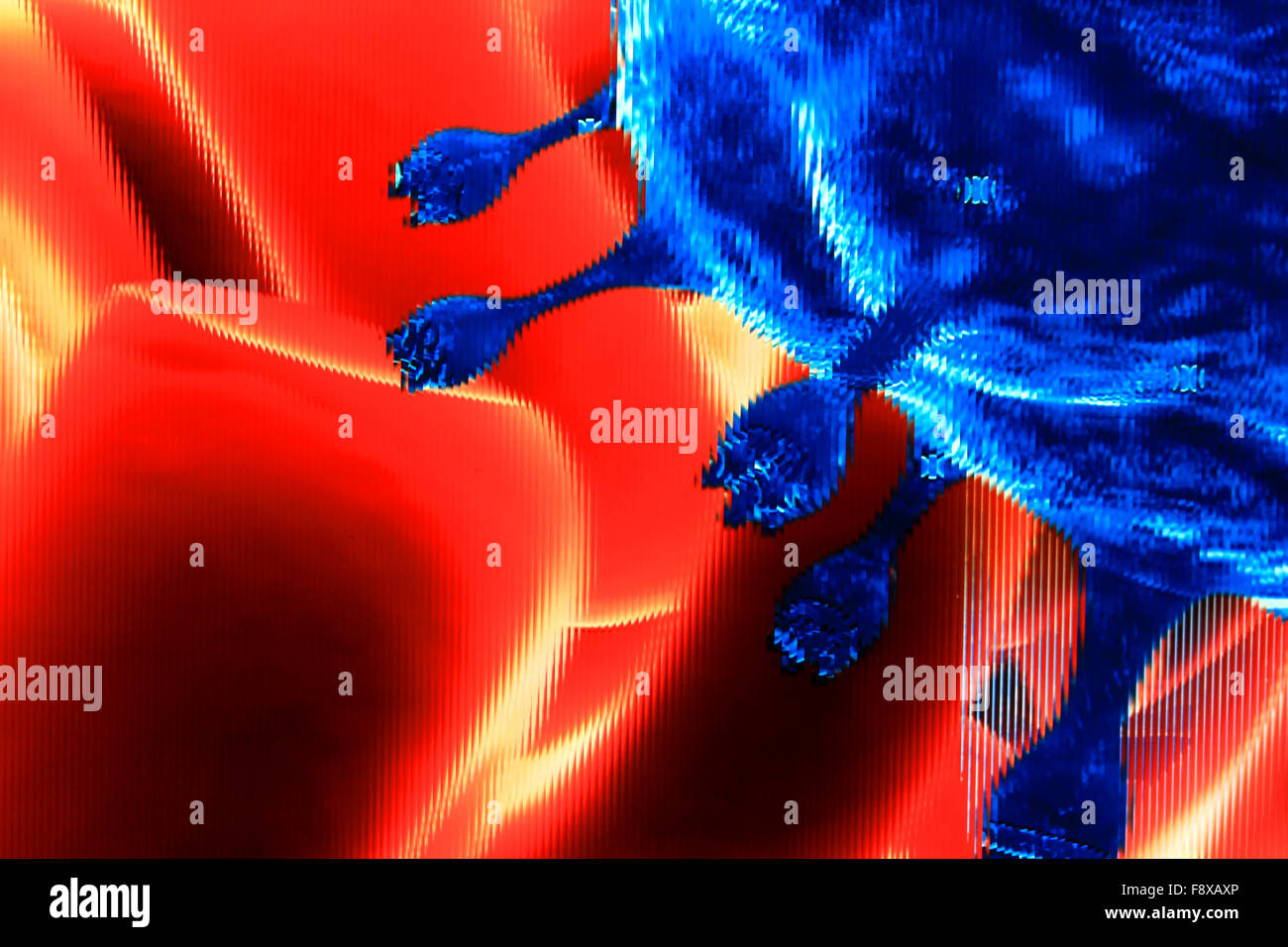 Close-up of red blood cells Stock Photohttps://www.alamy.com/image-license-details/?v=1https://www.alamy.com/stock-photo-close-up-of-red-blood-cells-91548430.html
Close-up of red blood cells Stock Photohttps://www.alamy.com/image-license-details/?v=1https://www.alamy.com/stock-photo-close-up-of-red-blood-cells-91548430.htmlRFF8XAXP–Close-up of red blood cells
 Intestinal cancer cells, brightfield photomicrograph Stock Photohttps://www.alamy.com/image-license-details/?v=1https://www.alamy.com/intestinal-cancer-cells-brightfield-photomicrograph-image371157224.html
Intestinal cancer cells, brightfield photomicrograph Stock Photohttps://www.alamy.com/image-license-details/?v=1https://www.alamy.com/intestinal-cancer-cells-brightfield-photomicrograph-image371157224.htmlRM2CFRJR4–Intestinal cancer cells, brightfield photomicrograph
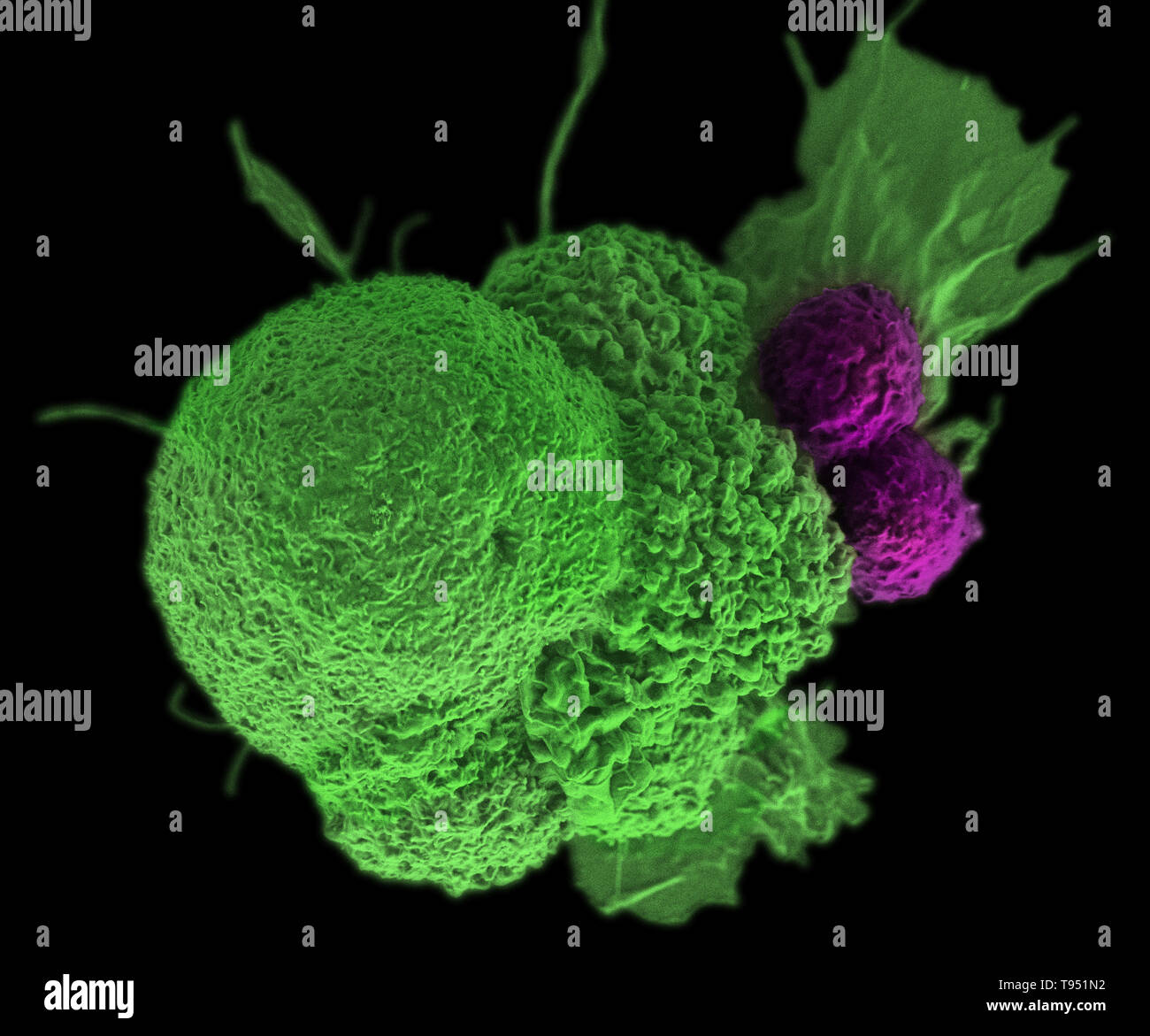 This electron micrograph (SEM) shows an oral squamous cancer cell (green) being attacked by two cytotoxic T cells (purple). The tumor-specific T cells were developed from the patient's own immune system, a personalized cancer vaccine like those that may be developed in the future with the help of NIST's standardized human genomes. This image has been colorized. Stock Photohttps://www.alamy.com/image-license-details/?v=1https://www.alamy.com/this-electron-micrograph-sem-shows-an-oral-squamous-cancer-cell-green-being-attacked-by-two-cytotoxic-t-cells-purple-the-tumor-specific-t-cells-were-developed-from-the-patients-own-immune-system-a-personalized-cancer-vaccine-like-those-that-may-be-developed-in-the-future-with-the-help-of-nists-standardized-human-genomes-this-image-has-been-colorized-image246588190.html
This electron micrograph (SEM) shows an oral squamous cancer cell (green) being attacked by two cytotoxic T cells (purple). The tumor-specific T cells were developed from the patient's own immune system, a personalized cancer vaccine like those that may be developed in the future with the help of NIST's standardized human genomes. This image has been colorized. Stock Photohttps://www.alamy.com/image-license-details/?v=1https://www.alamy.com/this-electron-micrograph-sem-shows-an-oral-squamous-cancer-cell-green-being-attacked-by-two-cytotoxic-t-cells-purple-the-tumor-specific-t-cells-were-developed-from-the-patients-own-immune-system-a-personalized-cancer-vaccine-like-those-that-may-be-developed-in-the-future-with-the-help-of-nists-standardized-human-genomes-this-image-has-been-colorized-image246588190.htmlRMT951N2–This electron micrograph (SEM) shows an oral squamous cancer cell (green) being attacked by two cytotoxic T cells (purple). The tumor-specific T cells were developed from the patient's own immune system, a personalized cancer vaccine like those that may be developed in the future with the help of NIST's standardized human genomes. This image has been colorized.
 Testicular cancer, a malignant spermatocytic seminoma, computer illustration and light micrograph. A seminoma is a malignant tumour (cancer) of the testis (testicle). Although this is a rare cancer, it is the most common cancer in 15 to 35 year old men. It arises from abnormal germ cells (precursors to sperm cells) in the seminiferous tubules. Surgical removal of the affected testis (orchidectomy) is followed by radiotherapy and chemotherapy if required. Stock Photohttps://www.alamy.com/image-license-details/?v=1https://www.alamy.com/testicular-cancer-a-malignant-spermatocytic-seminoma-computer-illustration-and-light-micrograph-a-seminoma-is-a-malignant-tumour-cancer-of-the-testis-testicle-although-this-is-a-rare-cancer-it-is-the-most-common-cancer-in-15-to-35-year-old-men-it-arises-from-abnormal-germ-cells-precursors-to-sperm-cells-in-the-seminiferous-tubules-surgical-removal-of-the-affected-testis-orchidectomy-is-followed-by-radiotherapy-and-chemotherapy-if-required-image364227818.html
Testicular cancer, a malignant spermatocytic seminoma, computer illustration and light micrograph. A seminoma is a malignant tumour (cancer) of the testis (testicle). Although this is a rare cancer, it is the most common cancer in 15 to 35 year old men. It arises from abnormal germ cells (precursors to sperm cells) in the seminiferous tubules. Surgical removal of the affected testis (orchidectomy) is followed by radiotherapy and chemotherapy if required. Stock Photohttps://www.alamy.com/image-license-details/?v=1https://www.alamy.com/testicular-cancer-a-malignant-spermatocytic-seminoma-computer-illustration-and-light-micrograph-a-seminoma-is-a-malignant-tumour-cancer-of-the-testis-testicle-although-this-is-a-rare-cancer-it-is-the-most-common-cancer-in-15-to-35-year-old-men-it-arises-from-abnormal-germ-cells-precursors-to-sperm-cells-in-the-seminiferous-tubules-surgical-removal-of-the-affected-testis-orchidectomy-is-followed-by-radiotherapy-and-chemotherapy-if-required-image364227818.htmlRF2C4G08A–Testicular cancer, a malignant spermatocytic seminoma, computer illustration and light micrograph. A seminoma is a malignant tumour (cancer) of the testis (testicle). Although this is a rare cancer, it is the most common cancer in 15 to 35 year old men. It arises from abnormal germ cells (precursors to sperm cells) in the seminiferous tubules. Surgical removal of the affected testis (orchidectomy) is followed by radiotherapy and chemotherapy if required.
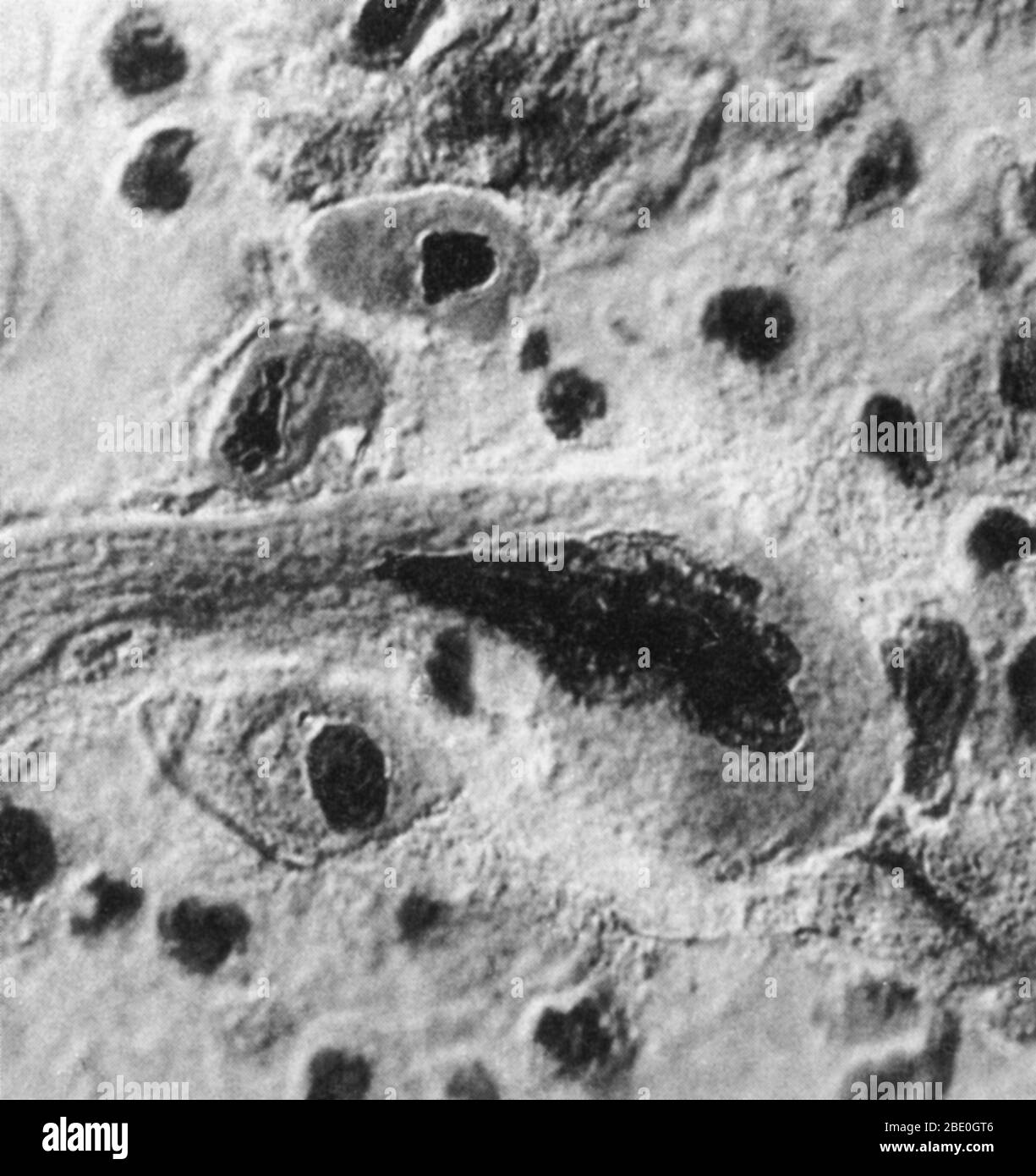 Micrograph showing cells from advanced lung cancer. The diseased cells are deformed and swollen. Stock Photohttps://www.alamy.com/image-license-details/?v=1https://www.alamy.com/micrograph-showing-cells-from-advanced-lung-cancer-the-diseased-cells-are-deformed-and-swollen-image352825766.html
Micrograph showing cells from advanced lung cancer. The diseased cells are deformed and swollen. Stock Photohttps://www.alamy.com/image-license-details/?v=1https://www.alamy.com/micrograph-showing-cells-from-advanced-lung-cancer-the-diseased-cells-are-deformed-and-swollen-image352825766.htmlRM2BE0GT6–Micrograph showing cells from advanced lung cancer. The diseased cells are deformed and swollen.
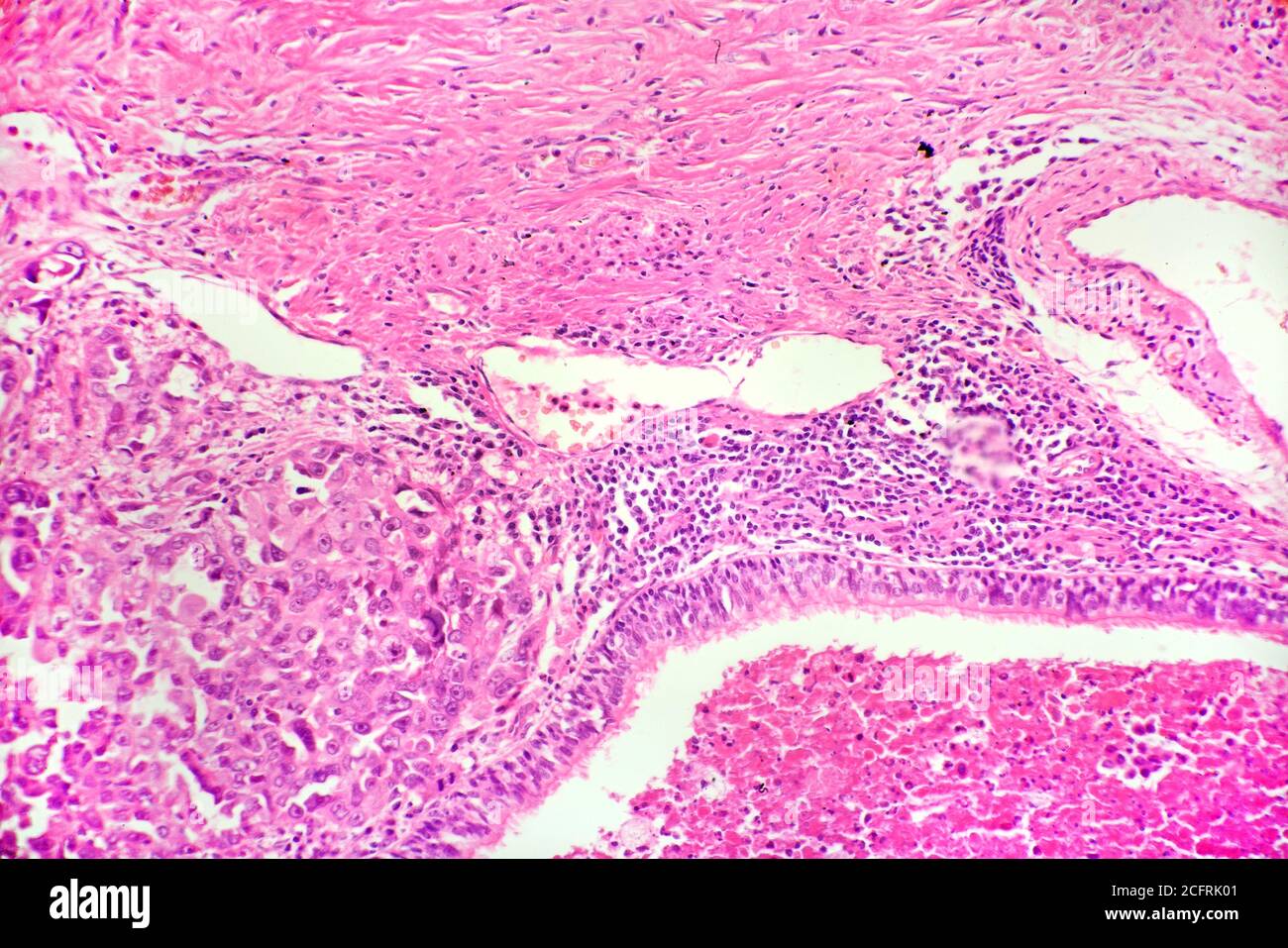 Lung cancer cells, brightfield photomicrograph Stock Photohttps://www.alamy.com/image-license-details/?v=1https://www.alamy.com/lung-cancer-cells-brightfield-photomicrograph-image371157361.html
Lung cancer cells, brightfield photomicrograph Stock Photohttps://www.alamy.com/image-license-details/?v=1https://www.alamy.com/lung-cancer-cells-brightfield-photomicrograph-image371157361.htmlRM2CFRK01–Lung cancer cells, brightfield photomicrograph
 Step two of a six-step sequence of the death of a cancer cell. A buffy coat containing red blood cells, lymphocytes and macrophages is added to the bottom of the membrane. A group of macrophages identify the cancer cell as foreign matter and start to stick to the cancer cell, which still has its spikes. Photo magnification: 4000x Stock Photohttps://www.alamy.com/image-license-details/?v=1https://www.alamy.com/step-two-of-a-six-step-sequence-of-the-death-of-a-cancer-cell-a-buffy-coat-containing-red-blood-cells-lymphocytes-and-macrophages-is-added-to-the-bottom-of-the-membrane-a-group-of-macrophages-identify-the-cancer-cell-as-foreign-matter-and-start-to-stick-to-the-cancer-cell-which-still-has-its-spikes-photo-magnification-4000x-image352825911.html
Step two of a six-step sequence of the death of a cancer cell. A buffy coat containing red blood cells, lymphocytes and macrophages is added to the bottom of the membrane. A group of macrophages identify the cancer cell as foreign matter and start to stick to the cancer cell, which still has its spikes. Photo magnification: 4000x Stock Photohttps://www.alamy.com/image-license-details/?v=1https://www.alamy.com/step-two-of-a-six-step-sequence-of-the-death-of-a-cancer-cell-a-buffy-coat-containing-red-blood-cells-lymphocytes-and-macrophages-is-added-to-the-bottom-of-the-membrane-a-group-of-macrophages-identify-the-cancer-cell-as-foreign-matter-and-start-to-stick-to-the-cancer-cell-which-still-has-its-spikes-photo-magnification-4000x-image352825911.htmlRM2BE0H1B–Step two of a six-step sequence of the death of a cancer cell. A buffy coat containing red blood cells, lymphocytes and macrophages is added to the bottom of the membrane. A group of macrophages identify the cancer cell as foreign matter and start to stick to the cancer cell, which still has its spikes. Photo magnification: 4000x
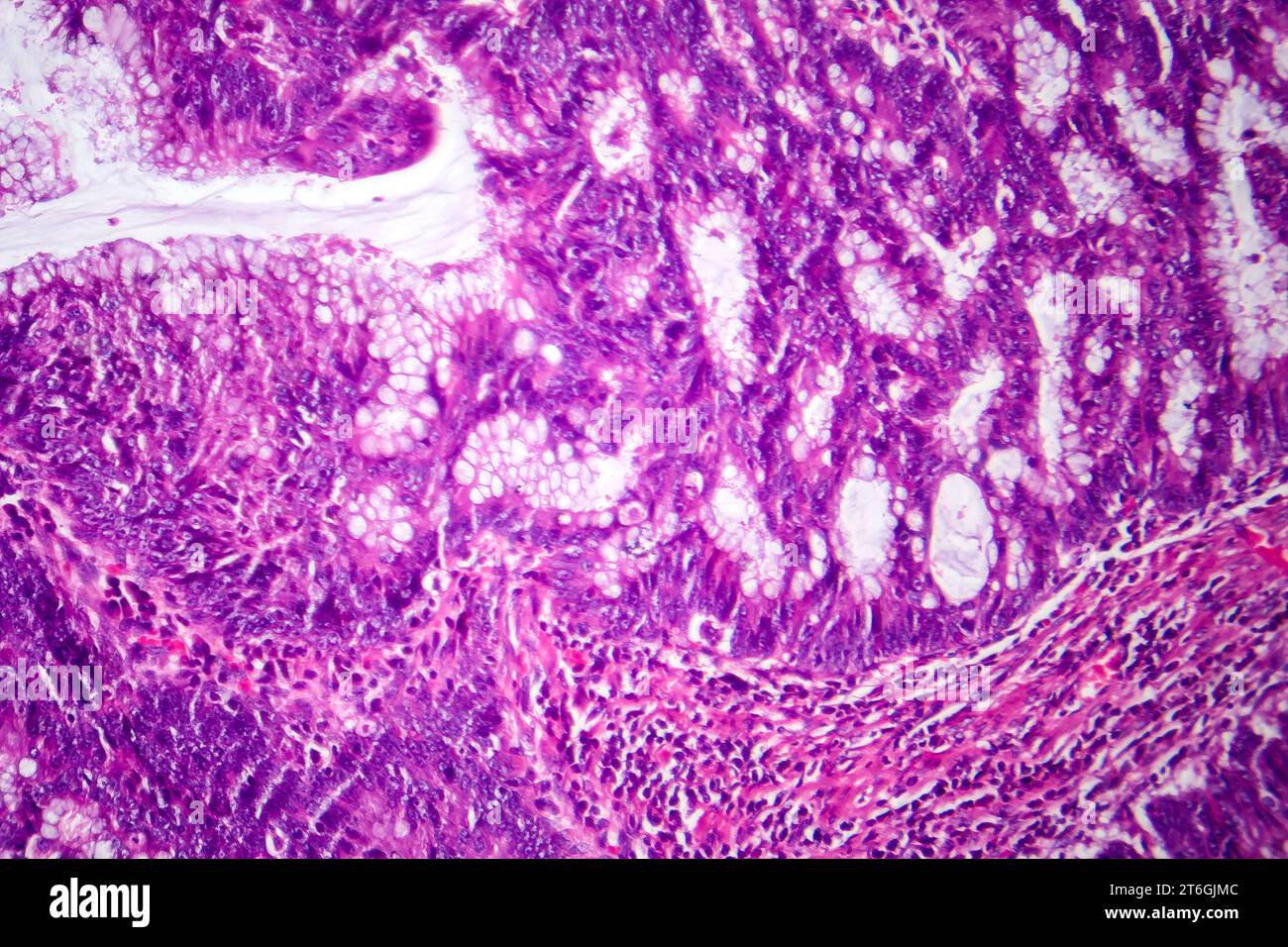 Photomicrograph of colon adenocarcinoma, illustrating malignant glandular cells characteristic of colon cancer. Stock Photohttps://www.alamy.com/image-license-details/?v=1https://www.alamy.com/photomicrograph-of-colon-adenocarcinoma-illustrating-malignant-glandular-cells-characteristic-of-colon-cancer-image571995996.html
Photomicrograph of colon adenocarcinoma, illustrating malignant glandular cells characteristic of colon cancer. Stock Photohttps://www.alamy.com/image-license-details/?v=1https://www.alamy.com/photomicrograph-of-colon-adenocarcinoma-illustrating-malignant-glandular-cells-characteristic-of-colon-cancer-image571995996.htmlRF2T6GJMC–Photomicrograph of colon adenocarcinoma, illustrating malignant glandular cells characteristic of colon cancer.
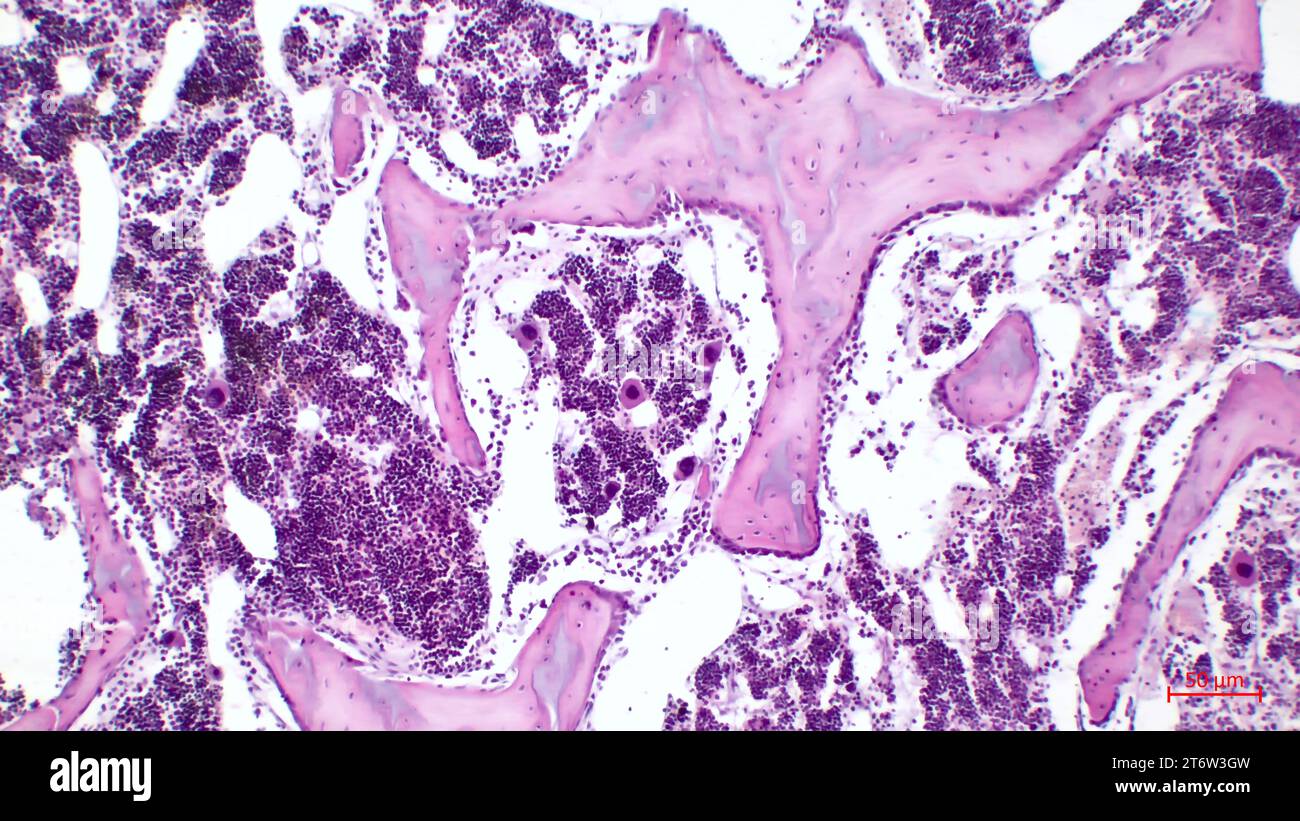 Human red bone marrow, hematopoietic press. The big tsit beetveen erythrocytes are megakaryocytes. Hematoxylin and eosin stain. Stock Photohttps://www.alamy.com/image-license-details/?v=1https://www.alamy.com/human-red-bone-marrow-hematopoietic-press-the-big-tsit-beetveen-erythrocytes-are-megakaryocytes-hematoxylin-and-eosin-stain-image572181705.html
Human red bone marrow, hematopoietic press. The big tsit beetveen erythrocytes are megakaryocytes. Hematoxylin and eosin stain. Stock Photohttps://www.alamy.com/image-license-details/?v=1https://www.alamy.com/human-red-bone-marrow-hematopoietic-press-the-big-tsit-beetveen-erythrocytes-are-megakaryocytes-hematoxylin-and-eosin-stain-image572181705.htmlRF2T6W3GW–Human red bone marrow, hematopoietic press. The big tsit beetveen erythrocytes are megakaryocytes. Hematoxylin and eosin stain.
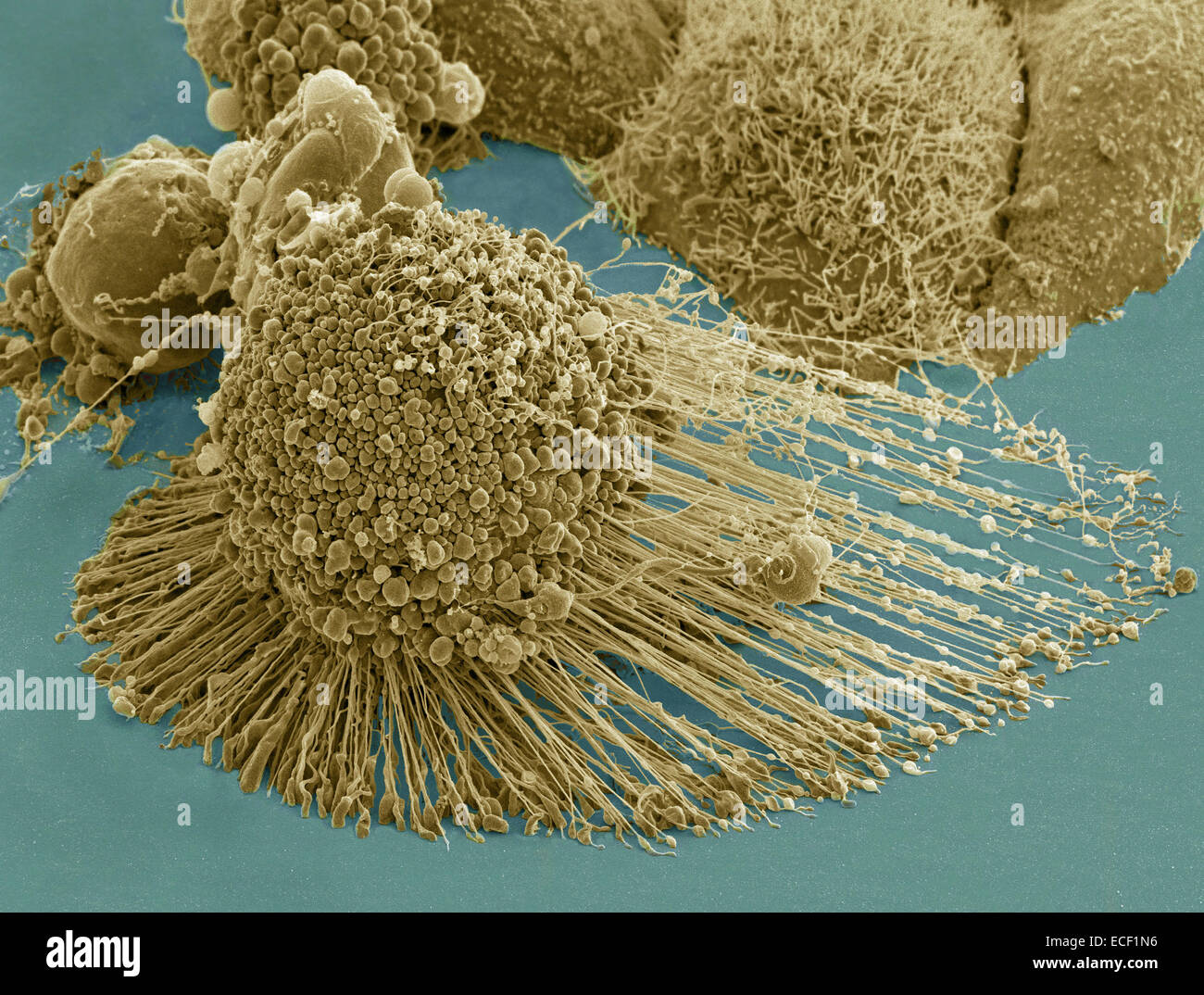 Scanning electron micrograph of an apoptotic HeLa cell. Zeiss Merlin HR-SEM. Stock Photohttps://www.alamy.com/image-license-details/?v=1https://www.alamy.com/stock-photo-scanning-electron-micrograph-of-an-apoptotic-hela-cell-zeiss-merlin-76548002.html
Scanning electron micrograph of an apoptotic HeLa cell. Zeiss Merlin HR-SEM. Stock Photohttps://www.alamy.com/image-license-details/?v=1https://www.alamy.com/stock-photo-scanning-electron-micrograph-of-an-apoptotic-hela-cell-zeiss-merlin-76548002.htmlRFECF1N6–Scanning electron micrograph of an apoptotic HeLa cell. Zeiss Merlin HR-SEM.
 False colour EMS image of carbon nanotubes which deliver cancer drugs right to the site of disease during chemotherapy treatment Stock Photohttps://www.alamy.com/image-license-details/?v=1https://www.alamy.com/stock-photo-false-colour-ems-image-of-carbon-nanotubes-which-deliver-cancer-drugs-20123485.html
False colour EMS image of carbon nanotubes which deliver cancer drugs right to the site of disease during chemotherapy treatment Stock Photohttps://www.alamy.com/image-license-details/?v=1https://www.alamy.com/stock-photo-false-colour-ems-image-of-carbon-nanotubes-which-deliver-cancer-drugs-20123485.htmlRMB4MKKW–False colour EMS image of carbon nanotubes which deliver cancer drugs right to the site of disease during chemotherapy treatment
 Pipetting sample into multi well plate containing micrograph of cell Stock Photohttps://www.alamy.com/image-license-details/?v=1https://www.alamy.com/pipetting-sample-into-multi-well-plate-containing-micrograph-of-cell-image458289794.html
Pipetting sample into multi well plate containing micrograph of cell Stock Photohttps://www.alamy.com/image-license-details/?v=1https://www.alamy.com/pipetting-sample-into-multi-well-plate-containing-micrograph-of-cell-image458289794.htmlRF2HHGW8J–Pipetting sample into multi well plate containing micrograph of cell
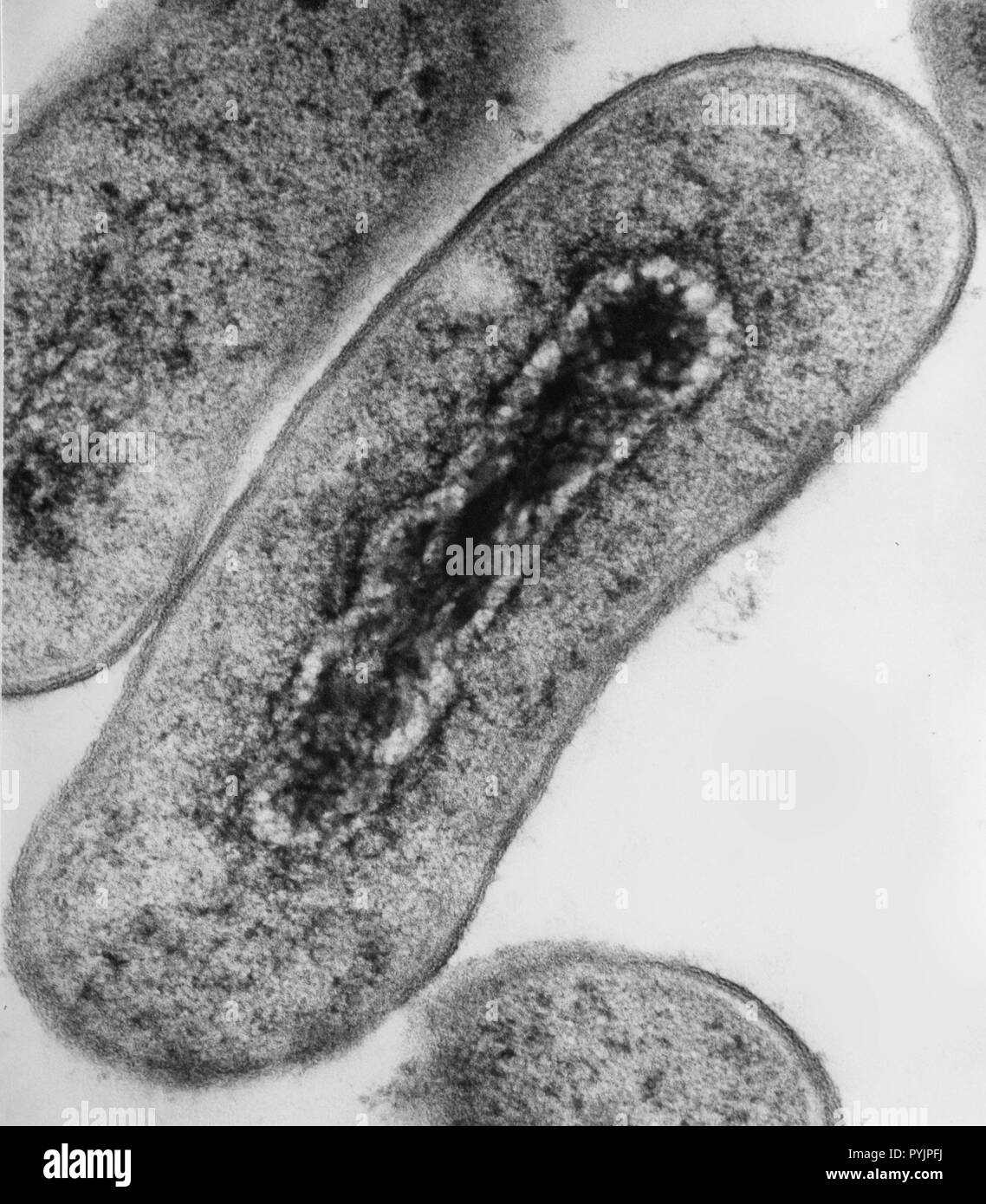 Electron micrograph cross section of Escherichia coli bacteria Stock Photohttps://www.alamy.com/image-license-details/?v=1https://www.alamy.com/electron-micrograph-cross-section-of-escherichia-coli-bacteria-image223532950.html
Electron micrograph cross section of Escherichia coli bacteria Stock Photohttps://www.alamy.com/image-license-details/?v=1https://www.alamy.com/electron-micrograph-cross-section-of-escherichia-coli-bacteria-image223532950.htmlRMPYJPFJ–Electron micrograph cross section of Escherichia coli bacteria
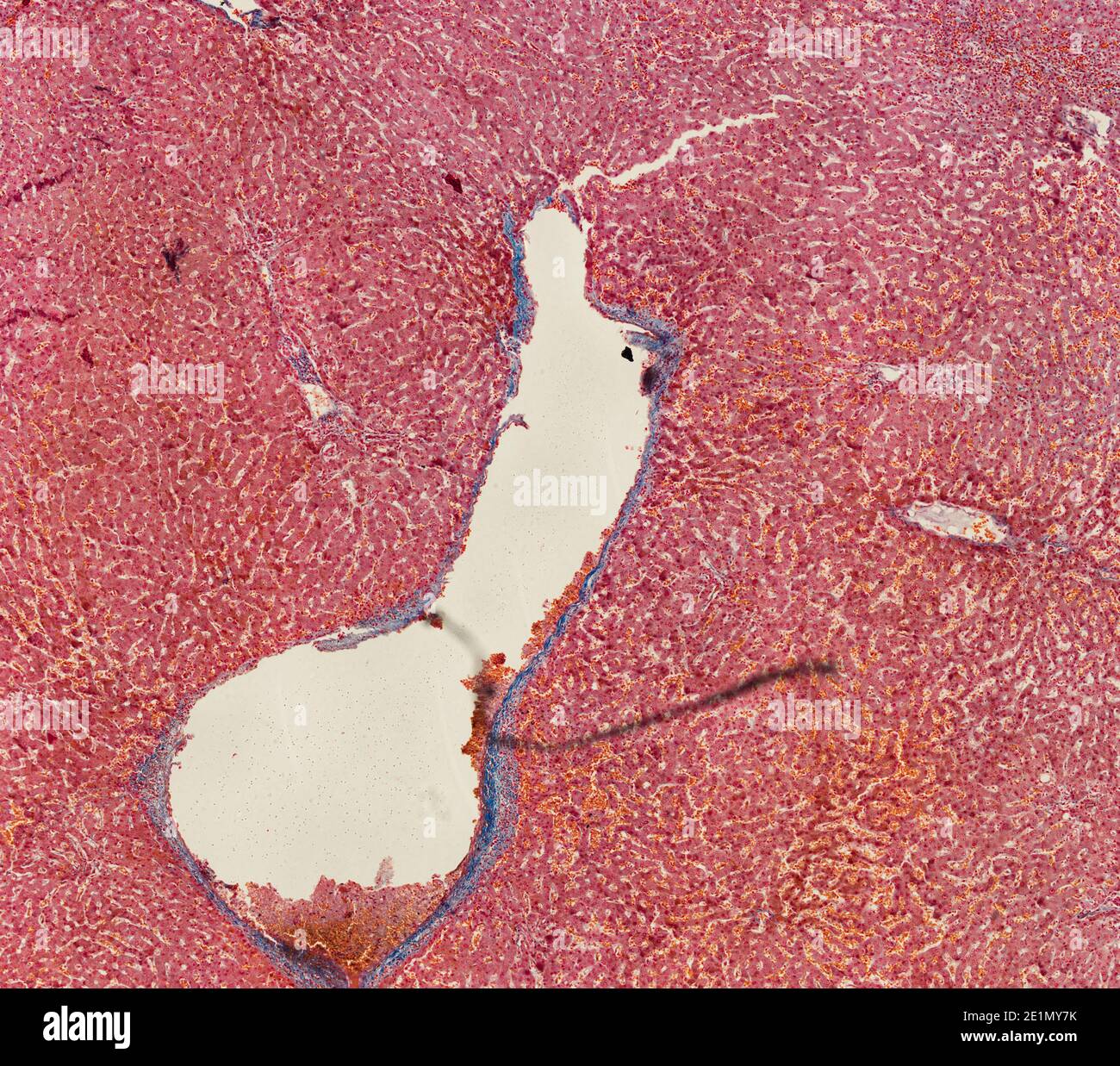 cross section cut of human body cells under a scientific microscope Stock Photohttps://www.alamy.com/image-license-details/?v=1https://www.alamy.com/cross-section-cut-of-human-body-cells-under-a-scientific-microscope-image396913543.html
cross section cut of human body cells under a scientific microscope Stock Photohttps://www.alamy.com/image-license-details/?v=1https://www.alamy.com/cross-section-cut-of-human-body-cells-under-a-scientific-microscope-image396913543.htmlRF2E1MY7K–cross section cut of human body cells under a scientific microscope
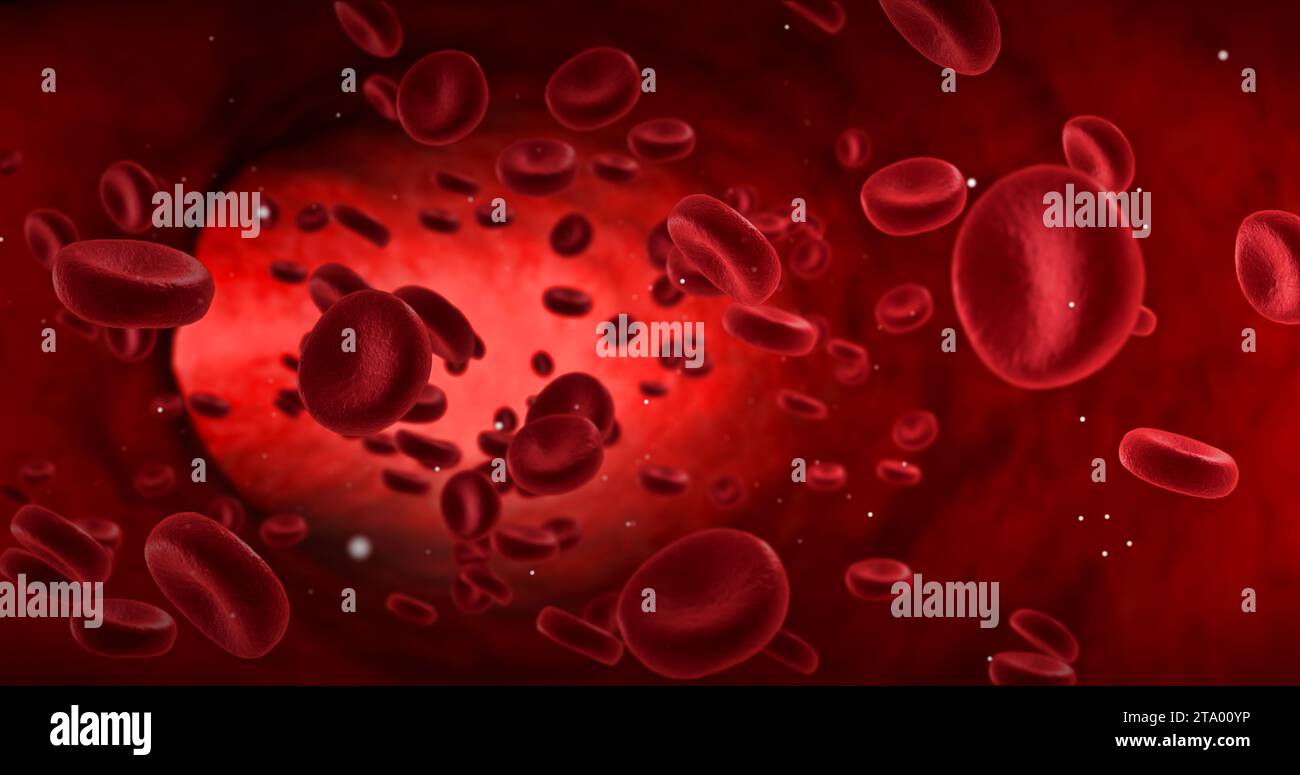 red blood cells in an artery, flow inside body, medical human health-care Stock Photohttps://www.alamy.com/image-license-details/?v=1https://www.alamy.com/red-blood-cells-in-an-artery-flow-inside-body-medical-human-health-care-image574089482.html
red blood cells in an artery, flow inside body, medical human health-care Stock Photohttps://www.alamy.com/image-license-details/?v=1https://www.alamy.com/red-blood-cells-in-an-artery-flow-inside-body-medical-human-health-care-image574089482.htmlRF2TA00YP–red blood cells in an artery, flow inside body, medical human health-care
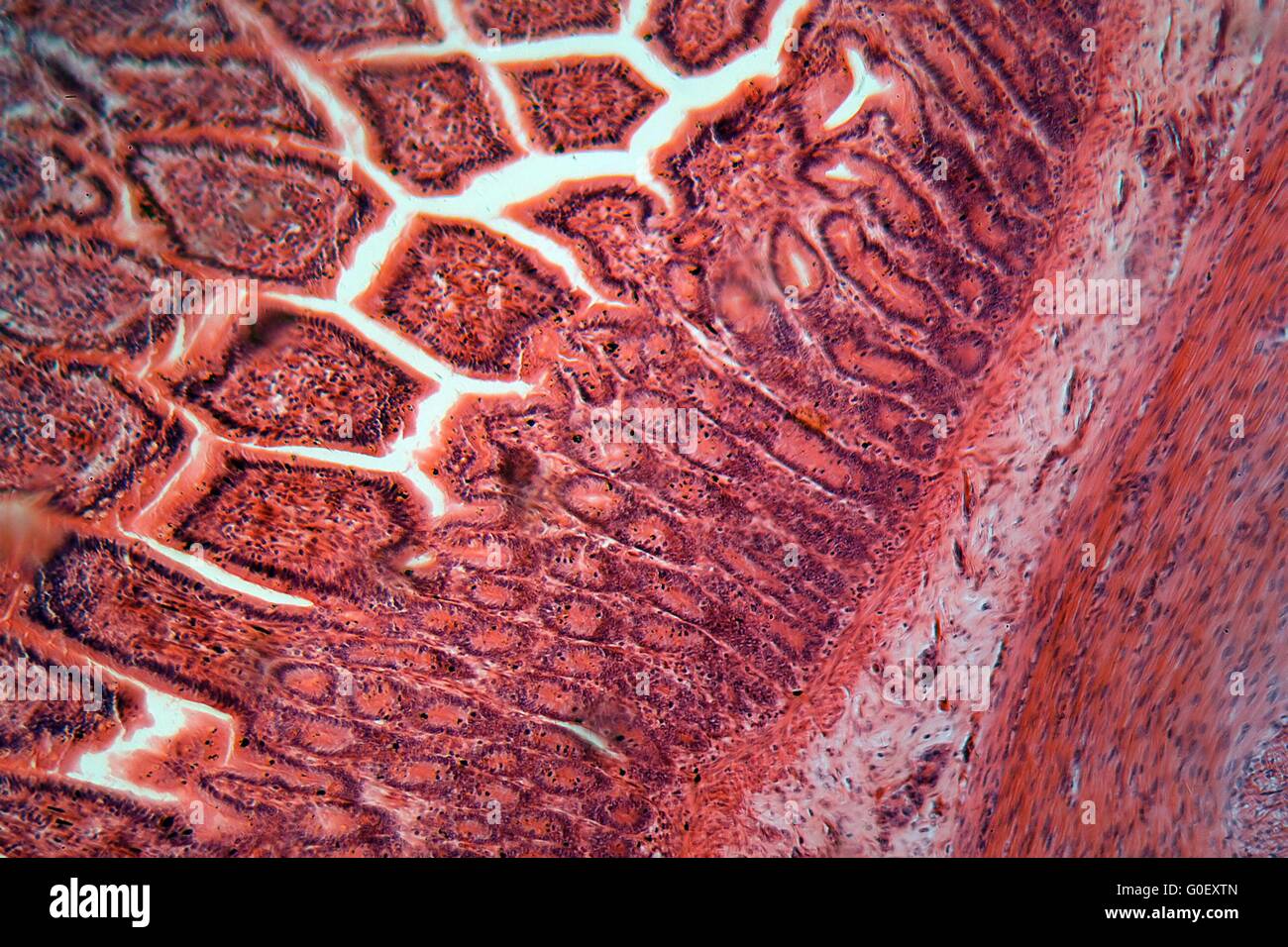 A section trough cells of a small intestine under the microscope. Stock Photohttps://www.alamy.com/image-license-details/?v=1https://www.alamy.com/stock-photo-a-section-trough-cells-of-a-small-intestine-under-the-microscope-103590613.html
A section trough cells of a small intestine under the microscope. Stock Photohttps://www.alamy.com/image-license-details/?v=1https://www.alamy.com/stock-photo-a-section-trough-cells-of-a-small-intestine-under-the-microscope-103590613.htmlRMG0EXTN–A section trough cells of a small intestine under the microscope.
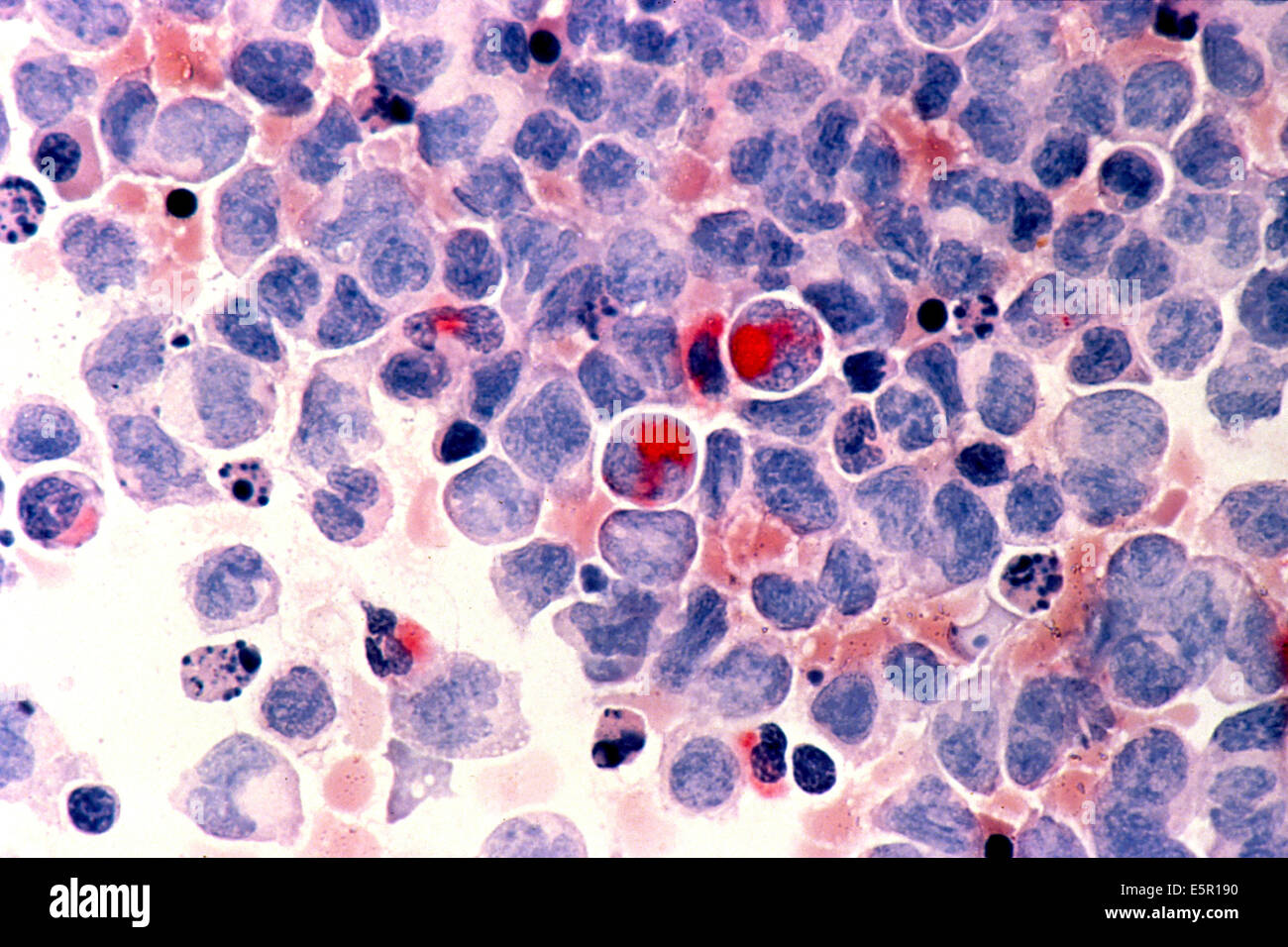 Photomicrograph of human white blood cells with acute myelocytic leukemia ( AML ) in the pericardial fluid, shown with an Stock Photohttps://www.alamy.com/image-license-details/?v=1https://www.alamy.com/stock-photo-photomicrograph-of-human-white-blood-cells-with-acute-myelocytic-leukemia-72420684.html
Photomicrograph of human white blood cells with acute myelocytic leukemia ( AML ) in the pericardial fluid, shown with an Stock Photohttps://www.alamy.com/image-license-details/?v=1https://www.alamy.com/stock-photo-photomicrograph-of-human-white-blood-cells-with-acute-myelocytic-leukemia-72420684.htmlRME5R190–Photomicrograph of human white blood cells with acute myelocytic leukemia ( AML ) in the pericardial fluid, shown with an
 3d illustration of red blood cells erythrocytes close-up under a microscope. Background for scientific medical concept. Stock Photohttps://www.alamy.com/image-license-details/?v=1https://www.alamy.com/3d-illustration-of-red-blood-cells-erythrocytes-close-up-under-a-microscope-background-for-scientific-medical-concept-image230862110.html
3d illustration of red blood cells erythrocytes close-up under a microscope. Background for scientific medical concept. Stock Photohttps://www.alamy.com/image-license-details/?v=1https://www.alamy.com/3d-illustration-of-red-blood-cells-erythrocytes-close-up-under-a-microscope-background-for-scientific-medical-concept-image230862110.htmlRFRBGJYA–3d illustration of red blood cells erythrocytes close-up under a microscope. Background for scientific medical concept.
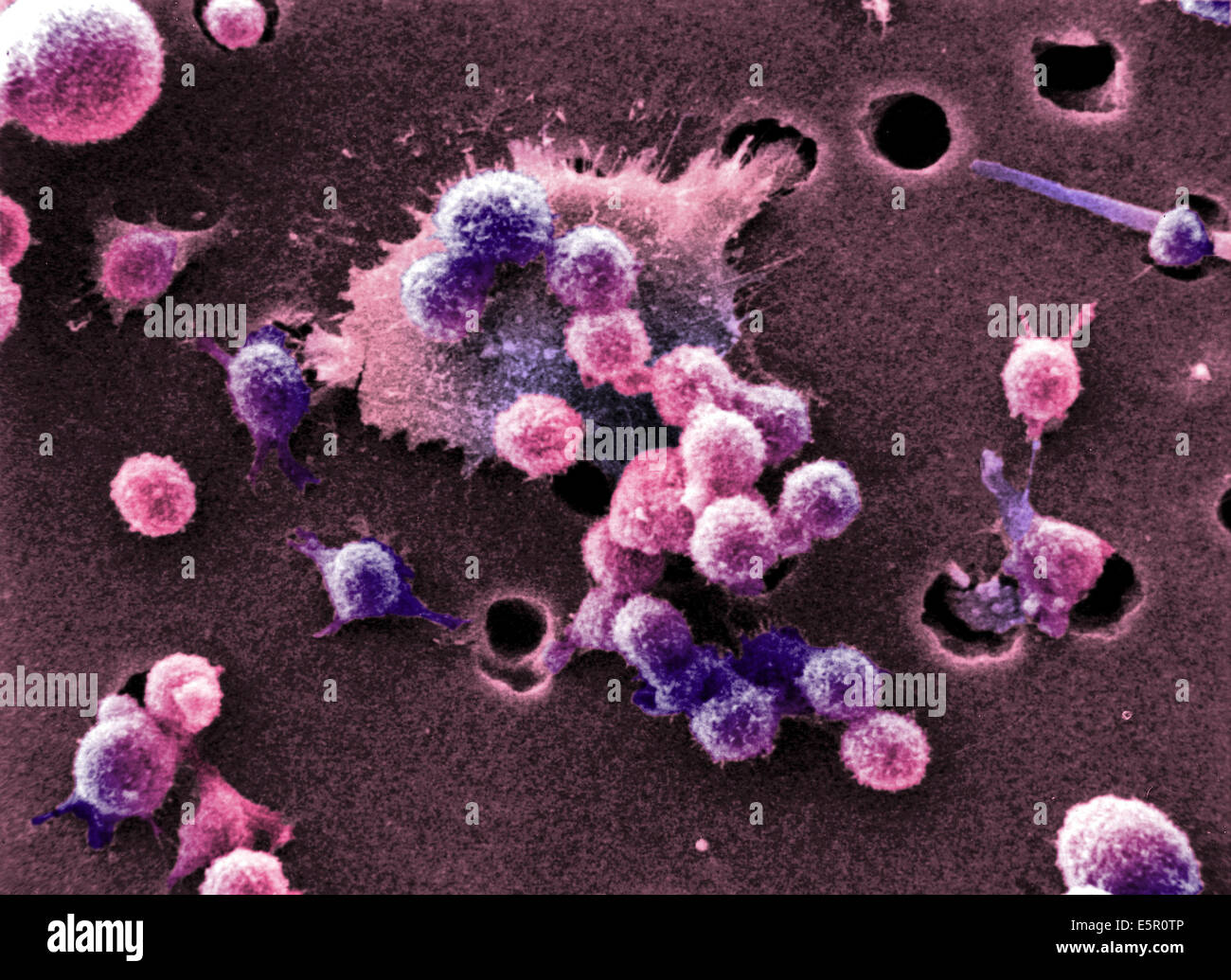 Scanning electron micrograph (SEM) of malignant B-cell lymphocytes seen in Burkitt's lymphoma, Magnification x4000. Stock Photohttps://www.alamy.com/image-license-details/?v=1https://www.alamy.com/stock-photo-scanning-electron-micrograph-sem-of-malignant-b-cell-lymphocytes-seen-72420342.html
Scanning electron micrograph (SEM) of malignant B-cell lymphocytes seen in Burkitt's lymphoma, Magnification x4000. Stock Photohttps://www.alamy.com/image-license-details/?v=1https://www.alamy.com/stock-photo-scanning-electron-micrograph-sem-of-malignant-b-cell-lymphocytes-seen-72420342.htmlRME5R0TP–Scanning electron micrograph (SEM) of malignant B-cell lymphocytes seen in Burkitt's lymphoma, Magnification x4000.
 A section trough ovary cells under the microscope Stock Photohttps://www.alamy.com/image-license-details/?v=1https://www.alamy.com/a-section-trough-ovary-cells-under-the-microscope-image624944825.html
A section trough ovary cells under the microscope Stock Photohttps://www.alamy.com/image-license-details/?v=1https://www.alamy.com/a-section-trough-ovary-cells-under-the-microscope-image624944825.htmlRF2Y8MKE1–A section trough ovary cells under the microscope
 Close-up of red blood cells Stock Photohttps://www.alamy.com/image-license-details/?v=1https://www.alamy.com/stock-photo-close-up-of-red-blood-cells-91548429.html
Close-up of red blood cells Stock Photohttps://www.alamy.com/image-license-details/?v=1https://www.alamy.com/stock-photo-close-up-of-red-blood-cells-91548429.htmlRFF8XAXN–Close-up of red blood cells
 A section trough different tongue cells under the microscope Stock Photohttps://www.alamy.com/image-license-details/?v=1https://www.alamy.com/a-section-trough-different-tongue-cells-under-the-microscope-image624942463.html
A section trough different tongue cells under the microscope Stock Photohttps://www.alamy.com/image-license-details/?v=1https://www.alamy.com/a-section-trough-different-tongue-cells-under-the-microscope-image624942463.htmlRF2Y8MGDK–A section trough different tongue cells under the microscope
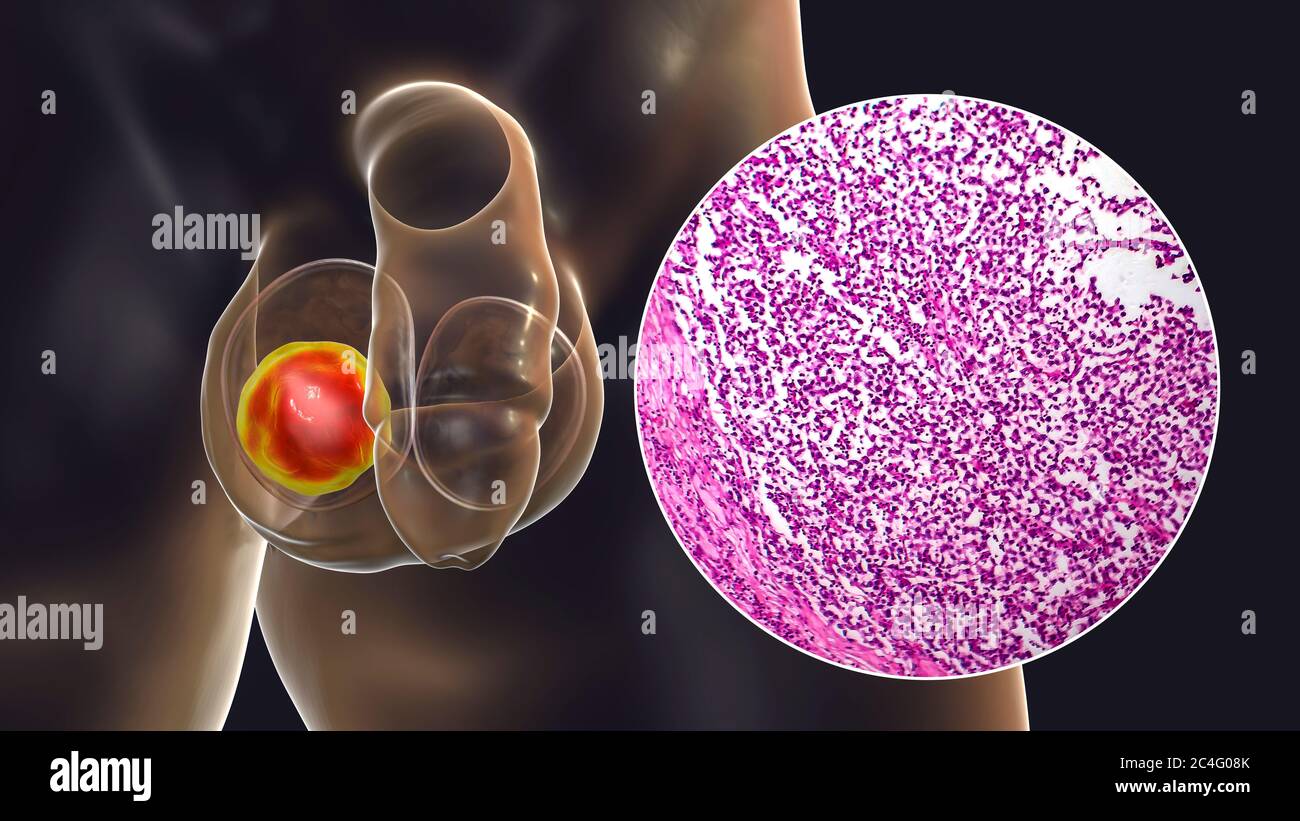 Testicular cancer, a malignant spermatocytic seminoma, computer illustration and light micrograph. A seminoma is a malignant tumour (cancer) of the testis (testicle). Although this is a rare cancer, it is the most common cancer in 15 to 35 year old men. It arises from abnormal germ cells (precursors to sperm cells) in the seminiferous tubules. Surgical removal of the affected testis (orchidectomy) is followed by radiotherapy and chemotherapy if required. Stock Photohttps://www.alamy.com/image-license-details/?v=1https://www.alamy.com/testicular-cancer-a-malignant-spermatocytic-seminoma-computer-illustration-and-light-micrograph-a-seminoma-is-a-malignant-tumour-cancer-of-the-testis-testicle-although-this-is-a-rare-cancer-it-is-the-most-common-cancer-in-15-to-35-year-old-men-it-arises-from-abnormal-germ-cells-precursors-to-sperm-cells-in-the-seminiferous-tubules-surgical-removal-of-the-affected-testis-orchidectomy-is-followed-by-radiotherapy-and-chemotherapy-if-required-image364227827.html
Testicular cancer, a malignant spermatocytic seminoma, computer illustration and light micrograph. A seminoma is a malignant tumour (cancer) of the testis (testicle). Although this is a rare cancer, it is the most common cancer in 15 to 35 year old men. It arises from abnormal germ cells (precursors to sperm cells) in the seminiferous tubules. Surgical removal of the affected testis (orchidectomy) is followed by radiotherapy and chemotherapy if required. Stock Photohttps://www.alamy.com/image-license-details/?v=1https://www.alamy.com/testicular-cancer-a-malignant-spermatocytic-seminoma-computer-illustration-and-light-micrograph-a-seminoma-is-a-malignant-tumour-cancer-of-the-testis-testicle-although-this-is-a-rare-cancer-it-is-the-most-common-cancer-in-15-to-35-year-old-men-it-arises-from-abnormal-germ-cells-precursors-to-sperm-cells-in-the-seminiferous-tubules-surgical-removal-of-the-affected-testis-orchidectomy-is-followed-by-radiotherapy-and-chemotherapy-if-required-image364227827.htmlRF2C4G08K–Testicular cancer, a malignant spermatocytic seminoma, computer illustration and light micrograph. A seminoma is a malignant tumour (cancer) of the testis (testicle). Although this is a rare cancer, it is the most common cancer in 15 to 35 year old men. It arises from abnormal germ cells (precursors to sperm cells) in the seminiferous tubules. Surgical removal of the affected testis (orchidectomy) is followed by radiotherapy and chemotherapy if required.
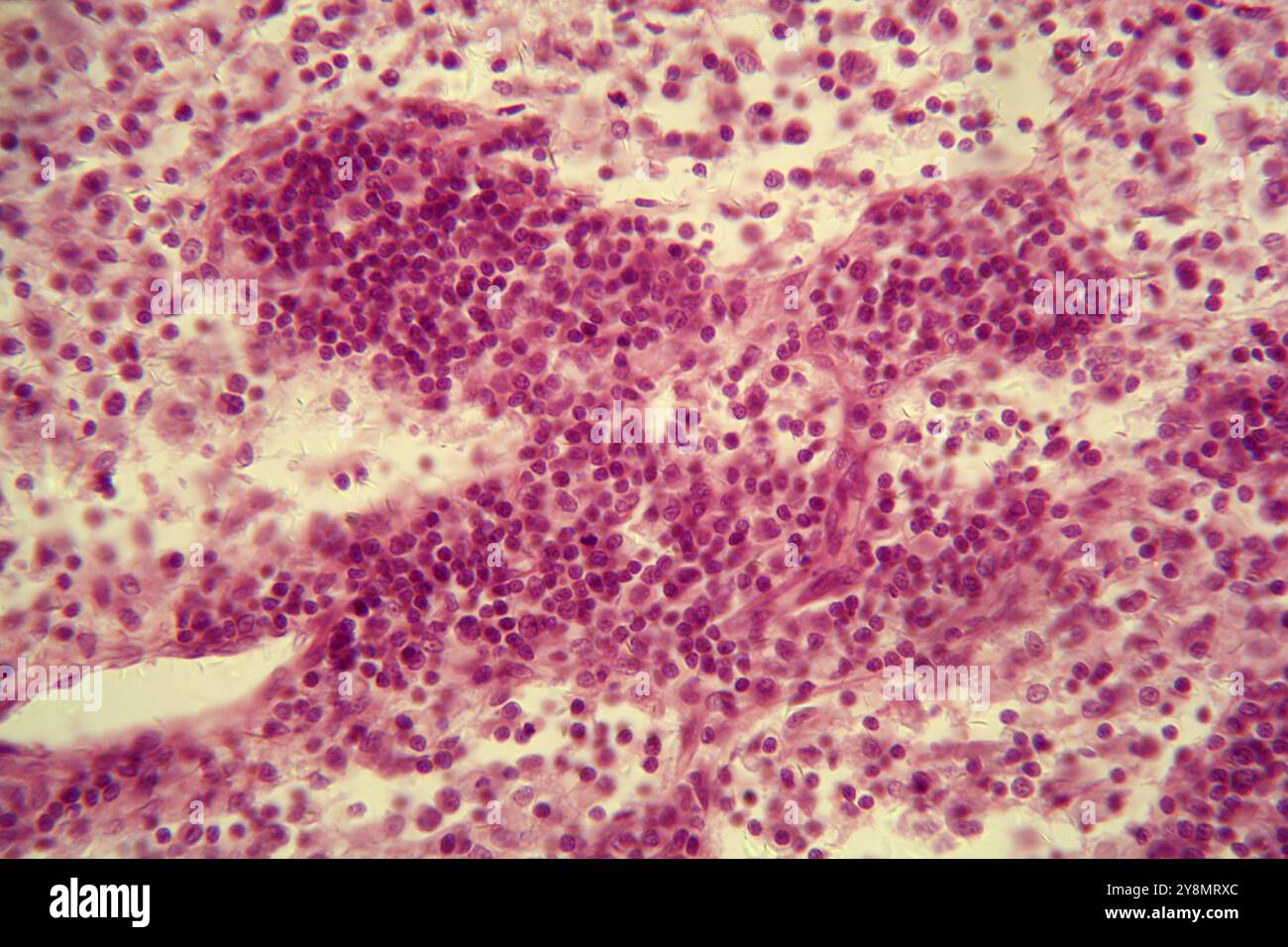 A section trough lymph node cells under the microscope Stock Photohttps://www.alamy.com/image-license-details/?v=1https://www.alamy.com/a-section-trough-lymph-node-cells-under-the-microscope-image624948308.html
A section trough lymph node cells under the microscope Stock Photohttps://www.alamy.com/image-license-details/?v=1https://www.alamy.com/a-section-trough-lymph-node-cells-under-the-microscope-image624948308.htmlRF2Y8MRXC–A section trough lymph node cells under the microscope
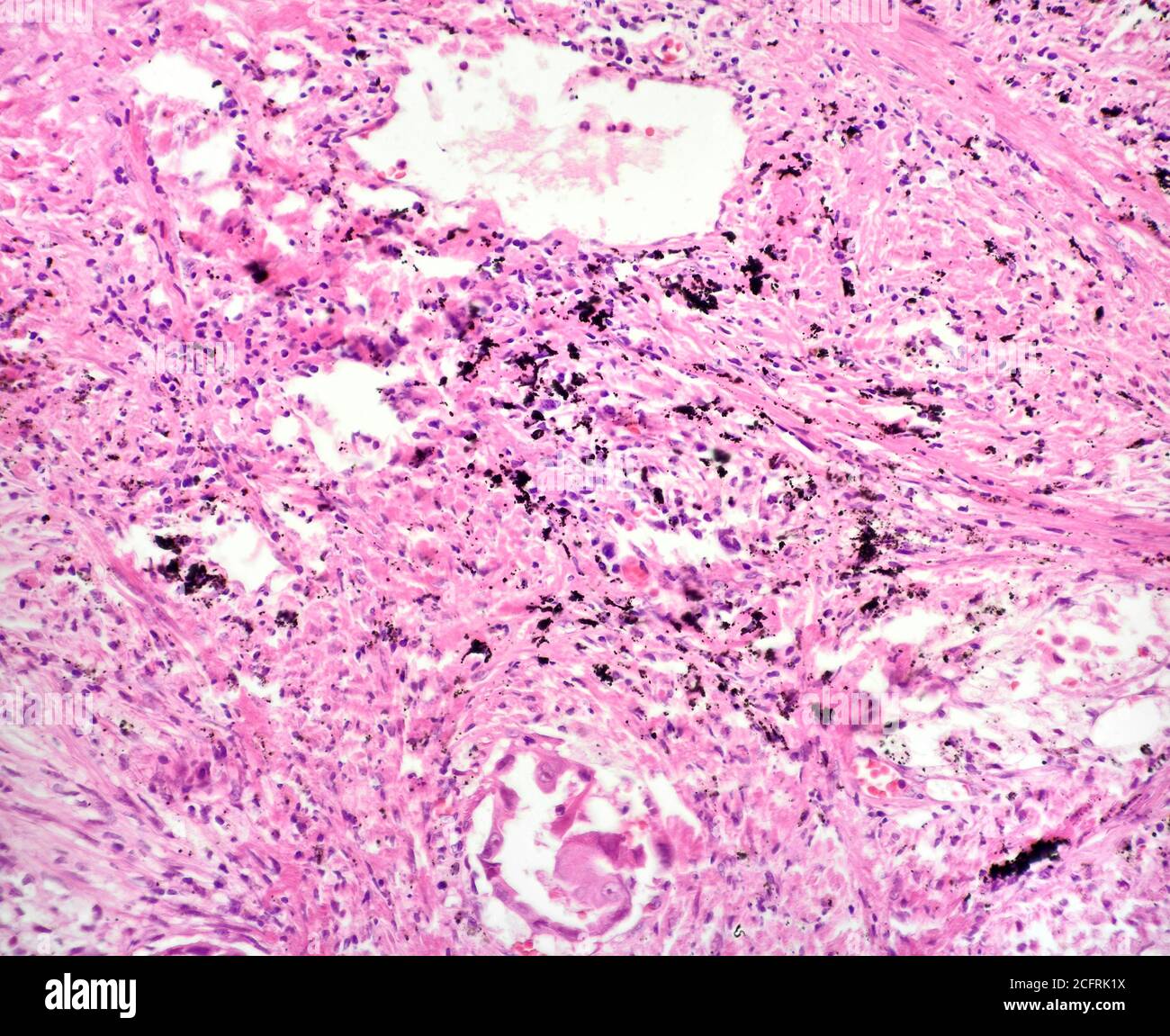 Lung cancer cells, brightfield photomicrograph Stock Photohttps://www.alamy.com/image-license-details/?v=1https://www.alamy.com/lung-cancer-cells-brightfield-photomicrograph-image371157414.html
Lung cancer cells, brightfield photomicrograph Stock Photohttps://www.alamy.com/image-license-details/?v=1https://www.alamy.com/lung-cancer-cells-brightfield-photomicrograph-image371157414.htmlRM2CFRK1X–Lung cancer cells, brightfield photomicrograph
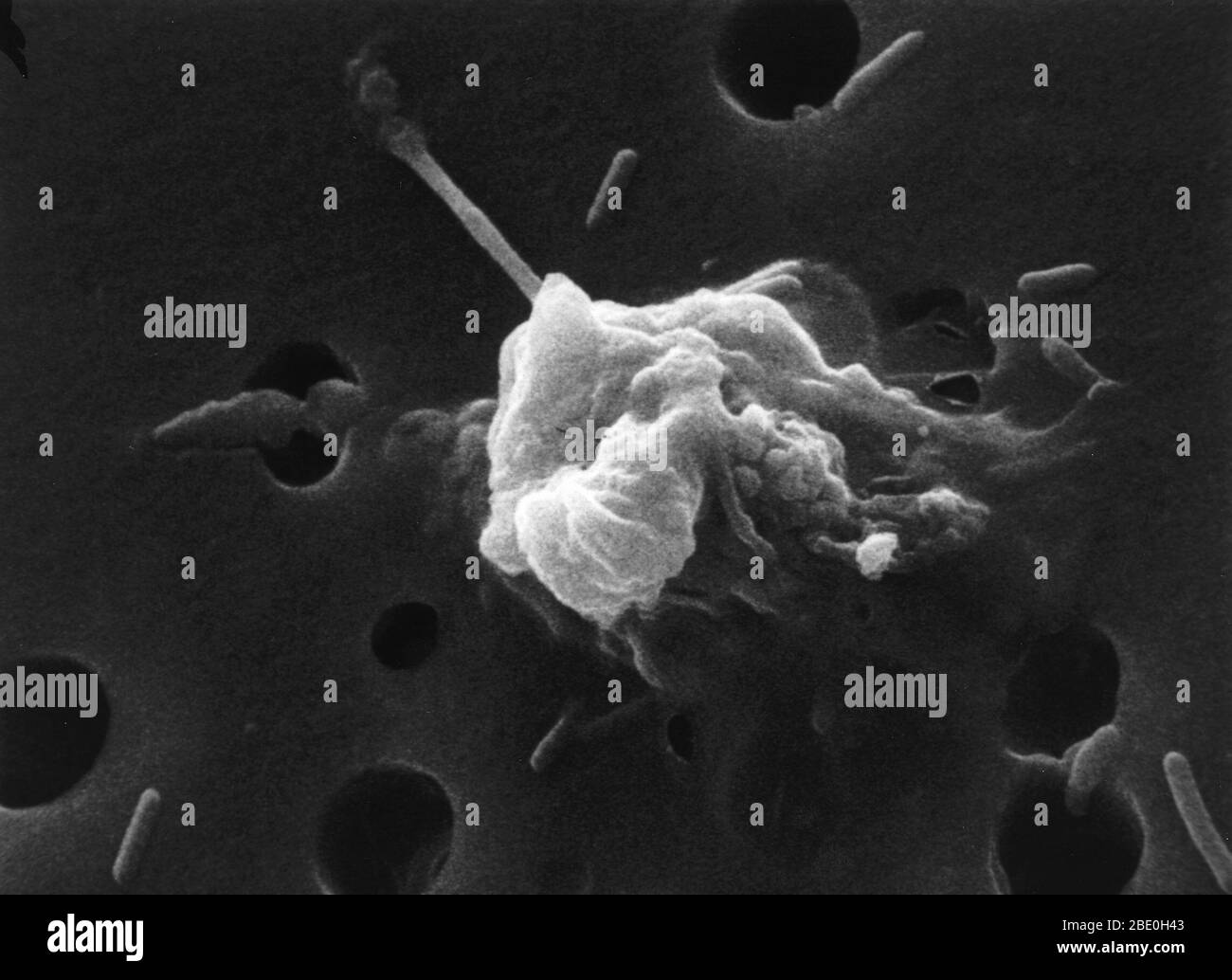 #6 in a six-step sequence of the death of a cancer cell. A cancer cell has migrated through the holes of a matrix coated membrane from the top to the bottom, simulating natural migration of a invading cancer cell between, and sometimes through, the vascular endothelium. Notice the spikes or pseudopodia that are characteristic of an invading cancer cell (1). A buffy coat containing red blood cells, lymphocytes and macrophages is added to the bottom of the membrane. A group of macrophages identify the cancer cell as foreign matter and start to stick to the cancer cell, which still has its spikes Stock Photohttps://www.alamy.com/image-license-details/?v=1https://www.alamy.com/6-in-a-six-step-sequence-of-the-death-of-a-cancer-cell-a-cancer-cell-has-migrated-through-the-holes-of-a-matrix-coated-membrane-from-the-top-to-the-bottom-simulating-natural-migration-of-a-invading-cancer-cell-between-and-sometimes-through-the-vascular-endothelium-notice-the-spikes-or-pseudopodia-that-are-characteristic-of-an-invading-cancer-cell-1-a-buffy-coat-containing-red-blood-cells-lymphocytes-and-macrophages-is-added-to-the-bottom-of-the-membrane-a-group-of-macrophages-identify-the-cancer-cell-as-foreign-matter-and-start-to-stick-to-the-cancer-cell-which-still-has-its-spikes-image352825987.html
#6 in a six-step sequence of the death of a cancer cell. A cancer cell has migrated through the holes of a matrix coated membrane from the top to the bottom, simulating natural migration of a invading cancer cell between, and sometimes through, the vascular endothelium. Notice the spikes or pseudopodia that are characteristic of an invading cancer cell (1). A buffy coat containing red blood cells, lymphocytes and macrophages is added to the bottom of the membrane. A group of macrophages identify the cancer cell as foreign matter and start to stick to the cancer cell, which still has its spikes Stock Photohttps://www.alamy.com/image-license-details/?v=1https://www.alamy.com/6-in-a-six-step-sequence-of-the-death-of-a-cancer-cell-a-cancer-cell-has-migrated-through-the-holes-of-a-matrix-coated-membrane-from-the-top-to-the-bottom-simulating-natural-migration-of-a-invading-cancer-cell-between-and-sometimes-through-the-vascular-endothelium-notice-the-spikes-or-pseudopodia-that-are-characteristic-of-an-invading-cancer-cell-1-a-buffy-coat-containing-red-blood-cells-lymphocytes-and-macrophages-is-added-to-the-bottom-of-the-membrane-a-group-of-macrophages-identify-the-cancer-cell-as-foreign-matter-and-start-to-stick-to-the-cancer-cell-which-still-has-its-spikes-image352825987.htmlRM2BE0H43–#6 in a six-step sequence of the death of a cancer cell. A cancer cell has migrated through the holes of a matrix coated membrane from the top to the bottom, simulating natural migration of a invading cancer cell between, and sometimes through, the vascular endothelium. Notice the spikes or pseudopodia that are characteristic of an invading cancer cell (1). A buffy coat containing red blood cells, lymphocytes and macrophages is added to the bottom of the membrane. A group of macrophages identify the cancer cell as foreign matter and start to stick to the cancer cell, which still has its spikes
 A section trough cells of a small intestine under the microscope Stock Photohttps://www.alamy.com/image-license-details/?v=1https://www.alamy.com/a-section-trough-cells-of-a-small-intestine-under-the-microscope-image624940108.html
A section trough cells of a small intestine under the microscope Stock Photohttps://www.alamy.com/image-license-details/?v=1https://www.alamy.com/a-section-trough-cells-of-a-small-intestine-under-the-microscope-image624940108.htmlRF2Y8MDDG–A section trough cells of a small intestine under the microscope
 Photomicrograph of colon adenocarcinoma, illustrating malignant glandular cells characteristic of colon cancer. Stock Photohttps://www.alamy.com/image-license-details/?v=1https://www.alamy.com/photomicrograph-of-colon-adenocarcinoma-illustrating-malignant-glandular-cells-characteristic-of-colon-cancer-image571995853.html
Photomicrograph of colon adenocarcinoma, illustrating malignant glandular cells characteristic of colon cancer. Stock Photohttps://www.alamy.com/image-license-details/?v=1https://www.alamy.com/photomicrograph-of-colon-adenocarcinoma-illustrating-malignant-glandular-cells-characteristic-of-colon-cancer-image571995853.htmlRF2T6GJF9–Photomicrograph of colon adenocarcinoma, illustrating malignant glandular cells characteristic of colon cancer.
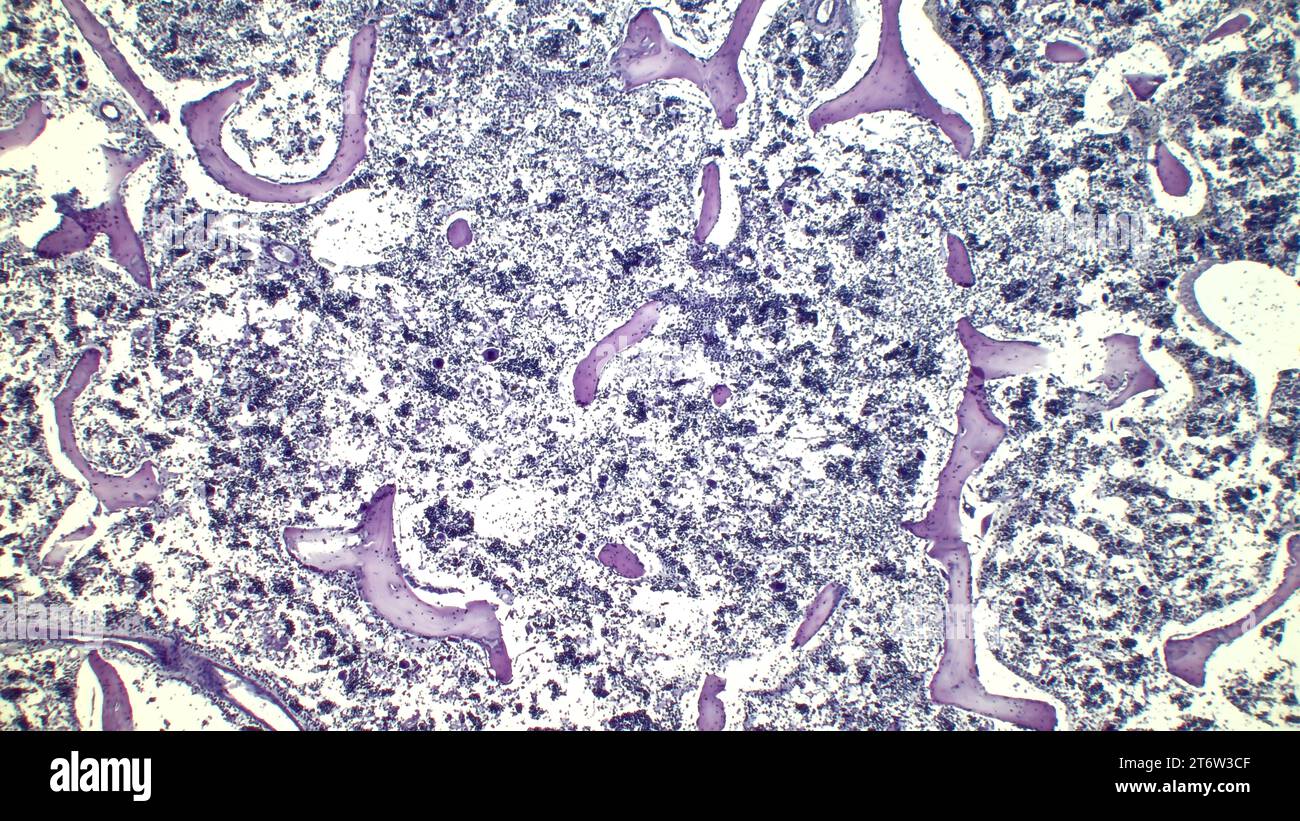 Human red bone marrow, hematopoietic press. The big tsit beetveen erythrocytes are megakaryocytes. Hematoxylin and eosin stain. Stock Photohttps://www.alamy.com/image-license-details/?v=1https://www.alamy.com/human-red-bone-marrow-hematopoietic-press-the-big-tsit-beetveen-erythrocytes-are-megakaryocytes-hematoxylin-and-eosin-stain-image572181583.html
Human red bone marrow, hematopoietic press. The big tsit beetveen erythrocytes are megakaryocytes. Hematoxylin and eosin stain. Stock Photohttps://www.alamy.com/image-license-details/?v=1https://www.alamy.com/human-red-bone-marrow-hematopoietic-press-the-big-tsit-beetveen-erythrocytes-are-megakaryocytes-hematoxylin-and-eosin-stain-image572181583.htmlRF2T6W3CF–Human red bone marrow, hematopoietic press. The big tsit beetveen erythrocytes are megakaryocytes. Hematoxylin and eosin stain.
 False colour EMS image of carbon nanotubes which deliver cancer drugs right to the site of disease during chemotherapy treatment Stock Photohttps://www.alamy.com/image-license-details/?v=1https://www.alamy.com/stock-photo-false-colour-ems-image-of-carbon-nanotubes-which-deliver-cancer-drugs-20123993.html
False colour EMS image of carbon nanotubes which deliver cancer drugs right to the site of disease during chemotherapy treatment Stock Photohttps://www.alamy.com/image-license-details/?v=1https://www.alamy.com/stock-photo-false-colour-ems-image-of-carbon-nanotubes-which-deliver-cancer-drugs-20123993.htmlRMB4MMA1–False colour EMS image of carbon nanotubes which deliver cancer drugs right to the site of disease during chemotherapy treatment
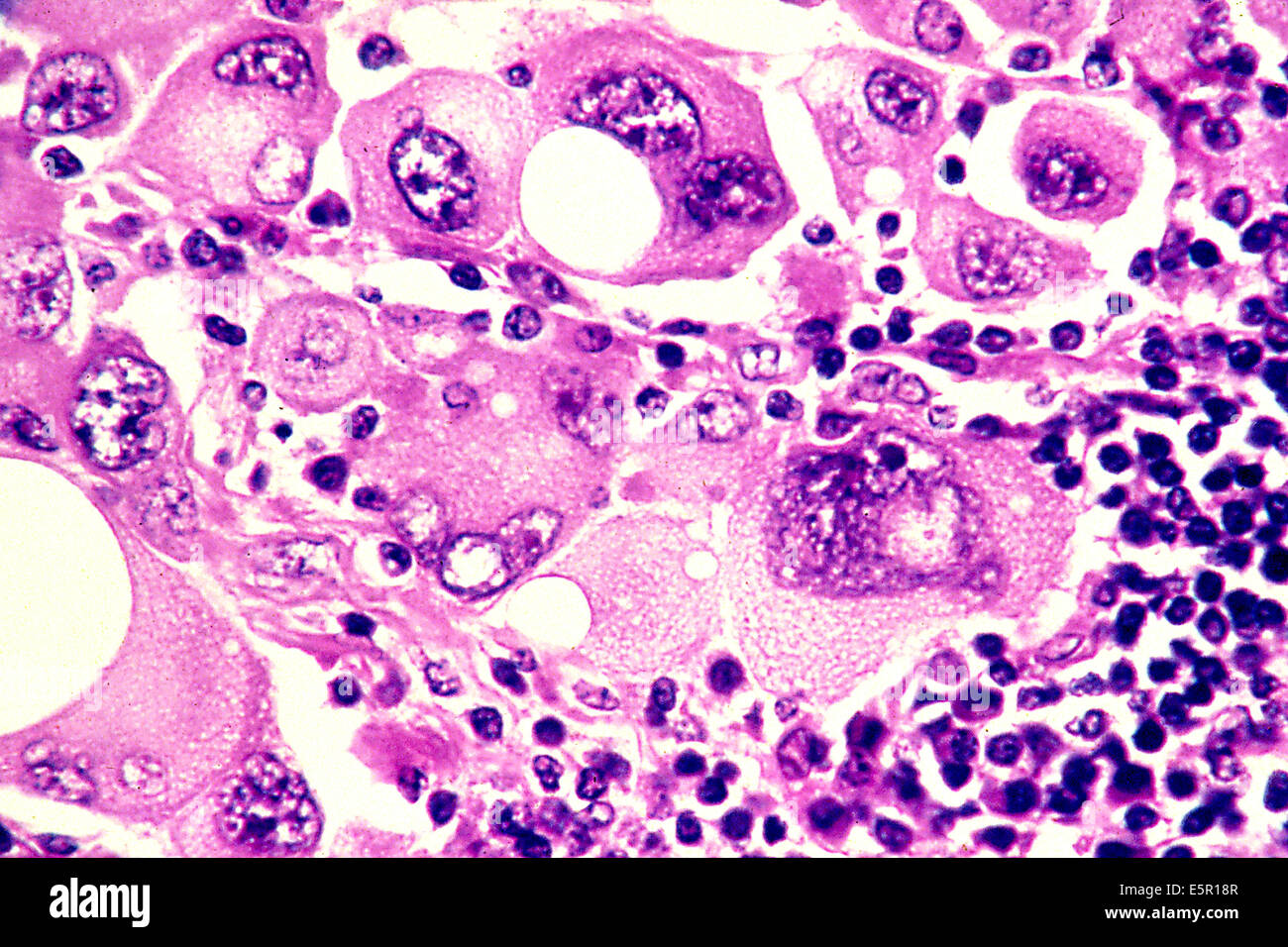 Photomicrograph of human metastatic melanoma cells magnified to 320x. Stock Photohttps://www.alamy.com/image-license-details/?v=1https://www.alamy.com/stock-photo-photomicrograph-of-human-metastatic-melanoma-cells-magnified-to-320x-72420679.html
Photomicrograph of human metastatic melanoma cells magnified to 320x. Stock Photohttps://www.alamy.com/image-license-details/?v=1https://www.alamy.com/stock-photo-photomicrograph-of-human-metastatic-melanoma-cells-magnified-to-320x-72420679.htmlRME5R18R–Photomicrograph of human metastatic melanoma cells magnified to 320x.
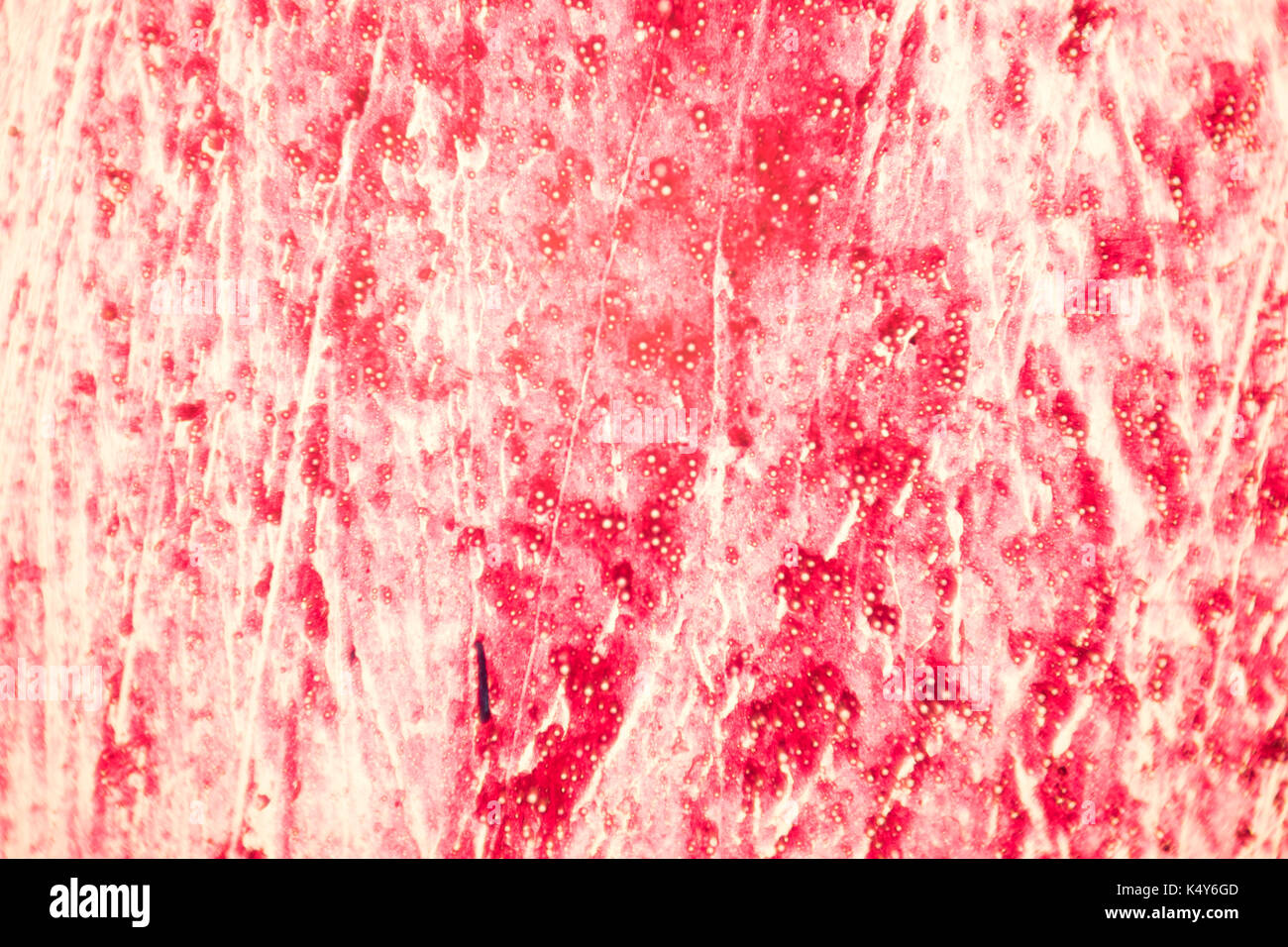 Cross section of the human tissue in the microscope view. Stock Photohttps://www.alamy.com/image-license-details/?v=1https://www.alamy.com/cross-section-of-the-human-tissue-in-the-microscope-view-image157949805.html
Cross section of the human tissue in the microscope view. Stock Photohttps://www.alamy.com/image-license-details/?v=1https://www.alamy.com/cross-section-of-the-human-tissue-in-the-microscope-view-image157949805.htmlRFK4Y6GD–Cross section of the human tissue in the microscope view.
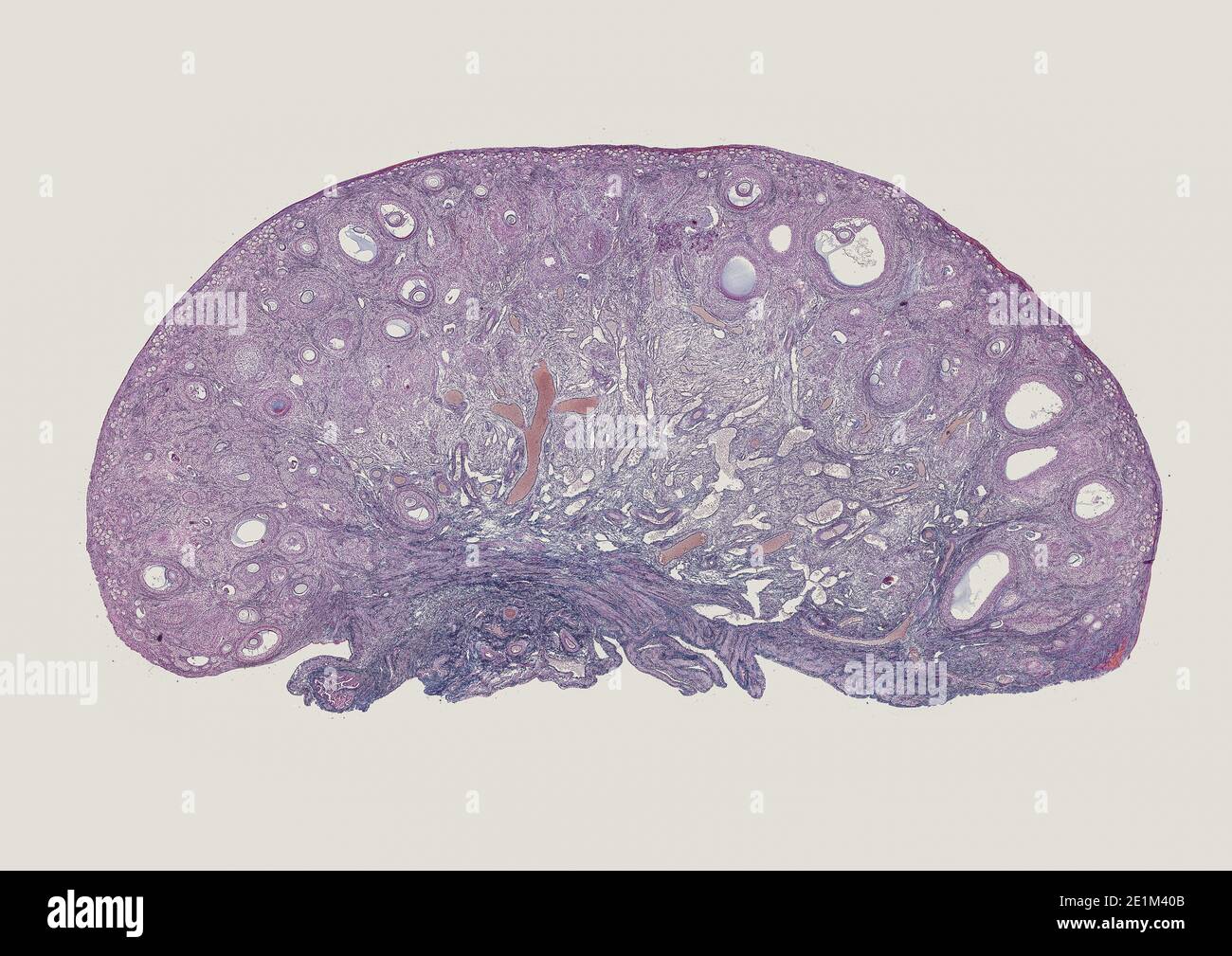 cross section cut of human body cells under a scientific microscope Stock Photohttps://www.alamy.com/image-license-details/?v=1https://www.alamy.com/cross-section-cut-of-human-body-cells-under-a-scientific-microscope-image396895307.html
cross section cut of human body cells under a scientific microscope Stock Photohttps://www.alamy.com/image-license-details/?v=1https://www.alamy.com/cross-section-cut-of-human-body-cells-under-a-scientific-microscope-image396895307.htmlRF2E1M40B–cross section cut of human body cells under a scientific microscope
 3D rendering red blood cells animation in an artery, flow inside body, medical human health-care concept Stock Photohttps://www.alamy.com/image-license-details/?v=1https://www.alamy.com/3d-rendering-red-blood-cells-animation-in-an-artery-flow-inside-body-medical-human-health-care-concept-image574090467.html
3D rendering red blood cells animation in an artery, flow inside body, medical human health-care concept Stock Photohttps://www.alamy.com/image-license-details/?v=1https://www.alamy.com/3d-rendering-red-blood-cells-animation-in-an-artery-flow-inside-body-medical-human-health-care-concept-image574090467.htmlRF2TA026Y–3D rendering red blood cells animation in an artery, flow inside body, medical human health-care concept
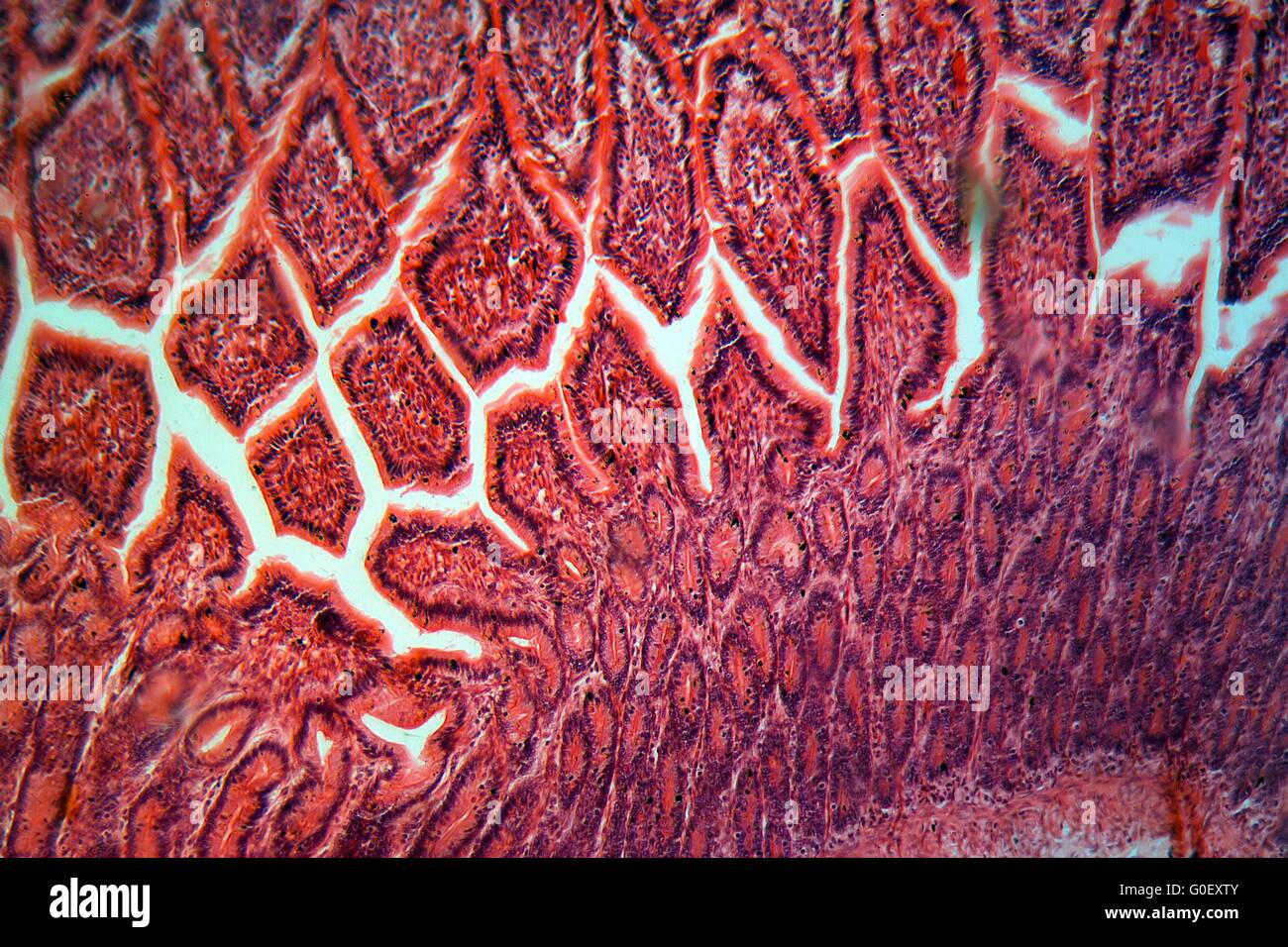 A section trough cells of a small intestine under the microscope. Stock Photohttps://www.alamy.com/image-license-details/?v=1https://www.alamy.com/stock-photo-a-section-trough-cells-of-a-small-intestine-under-the-microscope-103590619.html
A section trough cells of a small intestine under the microscope. Stock Photohttps://www.alamy.com/image-license-details/?v=1https://www.alamy.com/stock-photo-a-section-trough-cells-of-a-small-intestine-under-the-microscope-103590619.htmlRMG0EXTY–A section trough cells of a small intestine under the microscope.
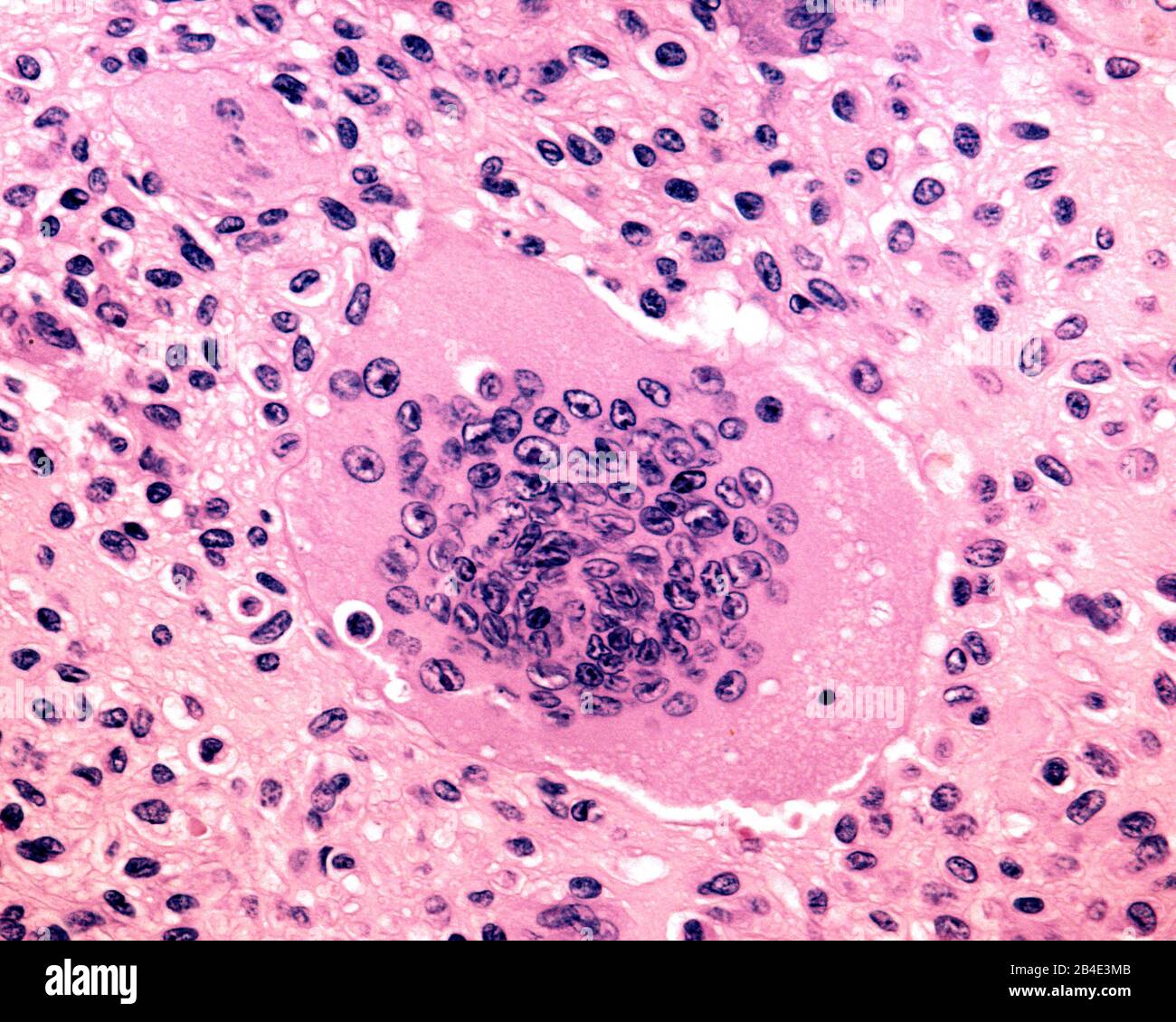 A mutinucleated giant cell derived from osteoclasts. Biopsy of a human giant cell tumour of bone. Light micrograph. Stock Photohttps://www.alamy.com/image-license-details/?v=1https://www.alamy.com/a-mutinucleated-giant-cell-derived-from-osteoclasts-biopsy-of-a-human-giant-cell-tumour-of-bone-light-micrograph-image346976235.html
A mutinucleated giant cell derived from osteoclasts. Biopsy of a human giant cell tumour of bone. Light micrograph. Stock Photohttps://www.alamy.com/image-license-details/?v=1https://www.alamy.com/a-mutinucleated-giant-cell-derived-from-osteoclasts-biopsy-of-a-human-giant-cell-tumour-of-bone-light-micrograph-image346976235.htmlRF2B4E3MB–A mutinucleated giant cell derived from osteoclasts. Biopsy of a human giant cell tumour of bone. Light micrograph.
 3d illustration of red blood cells erythrocytes close-up under a microscope in the body. Concept for scientific medical background Stock Photohttps://www.alamy.com/image-license-details/?v=1https://www.alamy.com/3d-illustration-of-red-blood-cells-erythrocytes-close-up-under-a-microscope-in-the-body-concept-for-scientific-medical-background-image230862070.html
3d illustration of red blood cells erythrocytes close-up under a microscope in the body. Concept for scientific medical background Stock Photohttps://www.alamy.com/image-license-details/?v=1https://www.alamy.com/3d-illustration-of-red-blood-cells-erythrocytes-close-up-under-a-microscope-in-the-body-concept-for-scientific-medical-background-image230862070.htmlRFRBGJWX–3d illustration of red blood cells erythrocytes close-up under a microscope in the body. Concept for scientific medical background
 CANCER RESEARCH Stock Photohttps://www.alamy.com/image-license-details/?v=1https://www.alamy.com/stock-photo-cancer-research-139738024.html
CANCER RESEARCH Stock Photohttps://www.alamy.com/image-license-details/?v=1https://www.alamy.com/stock-photo-cancer-research-139738024.htmlRMJ39H7M–CANCER RESEARCH
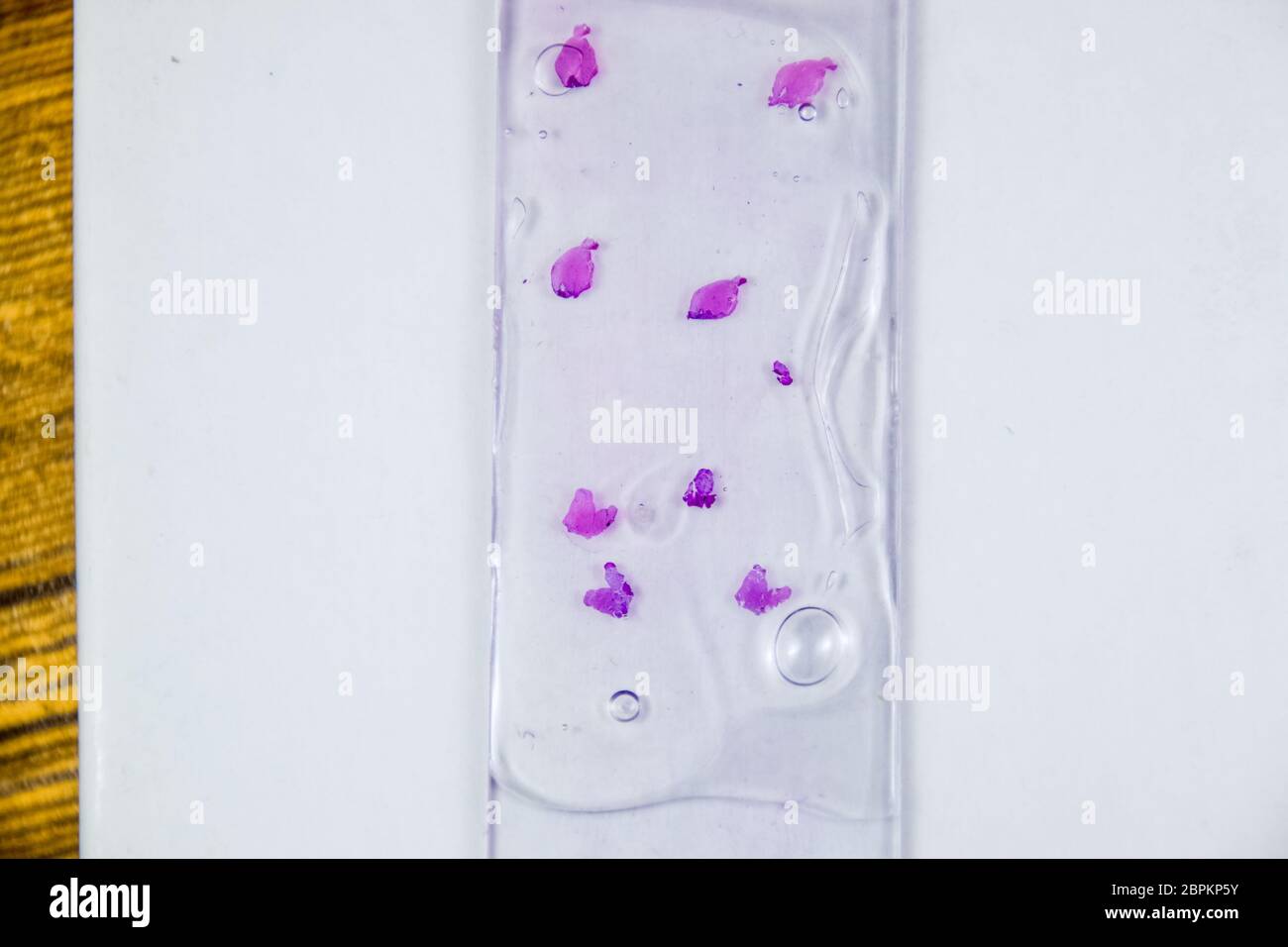 Slices of the tumor under glass. Histological examination of tumor cells for the presence of cancer. Samples of tumor cells under the sleek against th Stock Photohttps://www.alamy.com/image-license-details/?v=1https://www.alamy.com/slices-of-the-tumor-under-glass-histological-examination-of-tumor-cells-for-the-presence-of-cancer-samples-of-tumor-cells-under-the-sleek-against-th-image358164295.html
Slices of the tumor under glass. Histological examination of tumor cells for the presence of cancer. Samples of tumor cells under the sleek against th Stock Photohttps://www.alamy.com/image-license-details/?v=1https://www.alamy.com/slices-of-the-tumor-under-glass-histological-examination-of-tumor-cells-for-the-presence-of-cancer-samples-of-tumor-cells-under-the-sleek-against-th-image358164295.htmlRF2BPKP5Y–Slices of the tumor under glass. Histological examination of tumor cells for the presence of cancer. Samples of tumor cells under the sleek against th
 Close-up of red blood cells Stock Photohttps://www.alamy.com/image-license-details/?v=1https://www.alamy.com/stock-photo-close-up-of-red-blood-cells-91548418.html
Close-up of red blood cells Stock Photohttps://www.alamy.com/image-license-details/?v=1https://www.alamy.com/stock-photo-close-up-of-red-blood-cells-91548418.htmlRFF8XAXA–Close-up of red blood cells
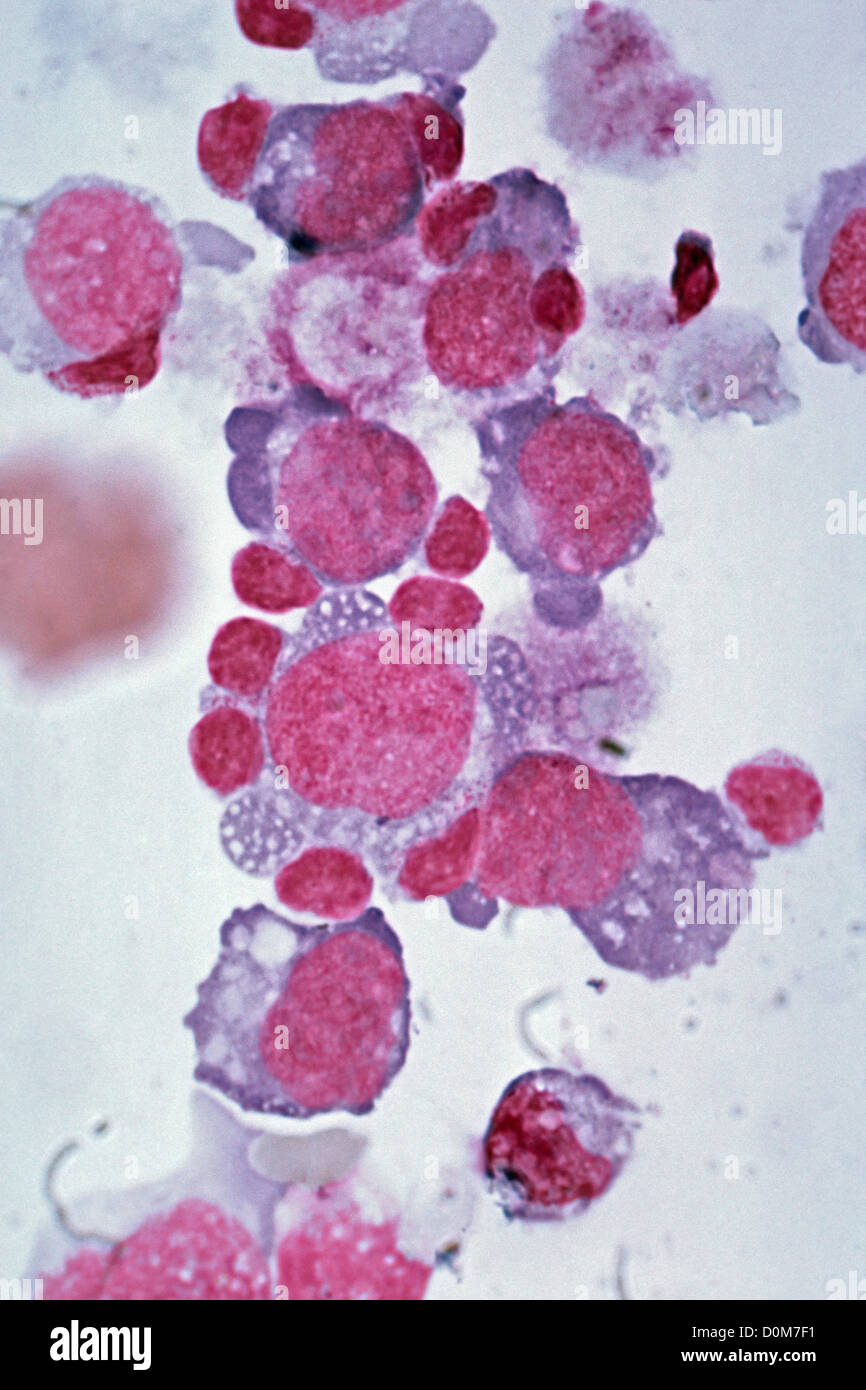 Microscopic View of Cancer Cells Stock Photohttps://www.alamy.com/image-license-details/?v=1https://www.alamy.com/stock-photo-microscopic-view-of-cancer-cells-52076053.html
Microscopic View of Cancer Cells Stock Photohttps://www.alamy.com/image-license-details/?v=1https://www.alamy.com/stock-photo-microscopic-view-of-cancer-cells-52076053.htmlRMD0M7F1–Microscopic View of Cancer Cells
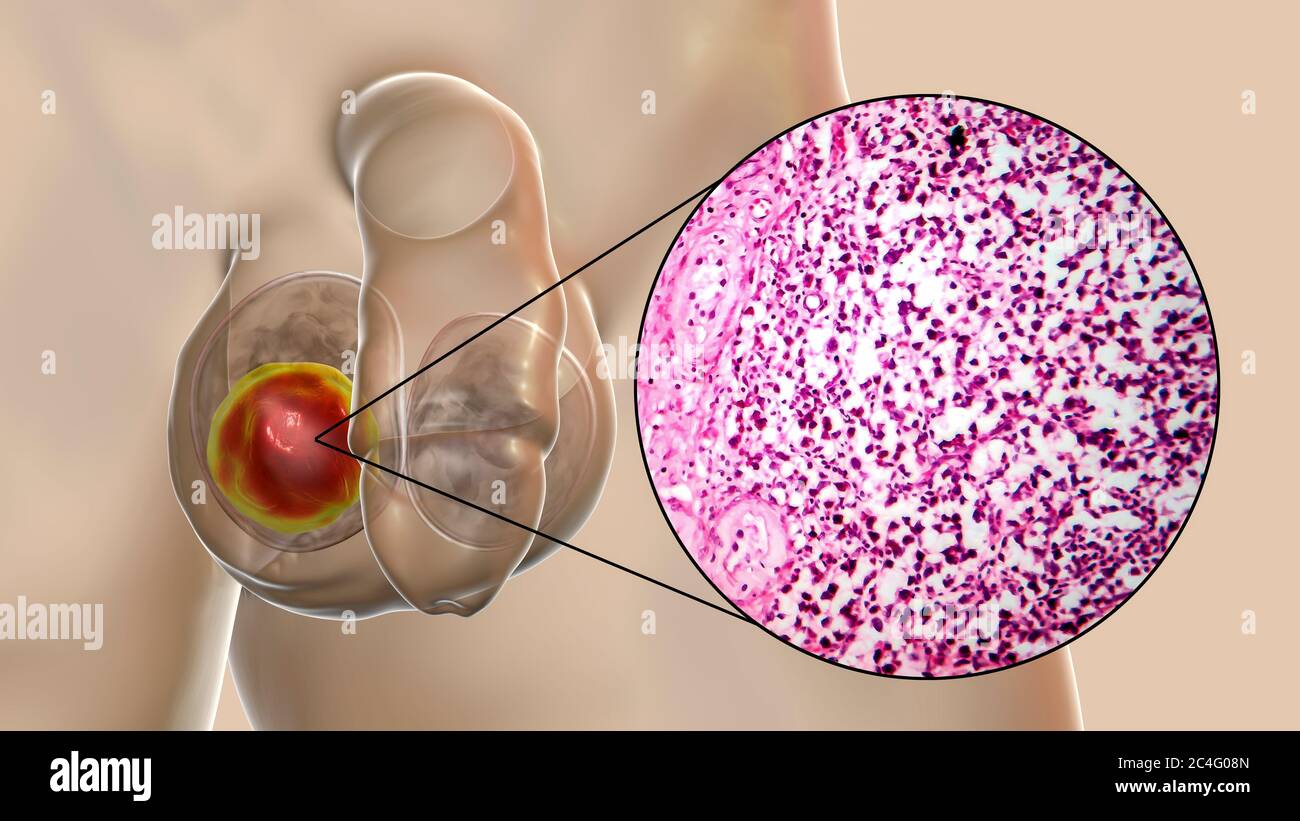 Testicular cancer, a malignant spermatocytic seminoma, computer illustration and light micrograph. A seminoma is a malignant tumour (cancer) of the testis (testicle). Although this is a rare cancer, it is the most common cancer in 15 to 35 year old men. It arises from abnormal germ cells (precursors to sperm cells) in the seminiferous tubules. Surgical removal of the affected testis (orchidectomy) is followed by radiotherapy and chemotherapy if required. Stock Photohttps://www.alamy.com/image-license-details/?v=1https://www.alamy.com/testicular-cancer-a-malignant-spermatocytic-seminoma-computer-illustration-and-light-micrograph-a-seminoma-is-a-malignant-tumour-cancer-of-the-testis-testicle-although-this-is-a-rare-cancer-it-is-the-most-common-cancer-in-15-to-35-year-old-men-it-arises-from-abnormal-germ-cells-precursors-to-sperm-cells-in-the-seminiferous-tubules-surgical-removal-of-the-affected-testis-orchidectomy-is-followed-by-radiotherapy-and-chemotherapy-if-required-image364227829.html
Testicular cancer, a malignant spermatocytic seminoma, computer illustration and light micrograph. A seminoma is a malignant tumour (cancer) of the testis (testicle). Although this is a rare cancer, it is the most common cancer in 15 to 35 year old men. It arises from abnormal germ cells (precursors to sperm cells) in the seminiferous tubules. Surgical removal of the affected testis (orchidectomy) is followed by radiotherapy and chemotherapy if required. Stock Photohttps://www.alamy.com/image-license-details/?v=1https://www.alamy.com/testicular-cancer-a-malignant-spermatocytic-seminoma-computer-illustration-and-light-micrograph-a-seminoma-is-a-malignant-tumour-cancer-of-the-testis-testicle-although-this-is-a-rare-cancer-it-is-the-most-common-cancer-in-15-to-35-year-old-men-it-arises-from-abnormal-germ-cells-precursors-to-sperm-cells-in-the-seminiferous-tubules-surgical-removal-of-the-affected-testis-orchidectomy-is-followed-by-radiotherapy-and-chemotherapy-if-required-image364227829.htmlRF2C4G08N–Testicular cancer, a malignant spermatocytic seminoma, computer illustration and light micrograph. A seminoma is a malignant tumour (cancer) of the testis (testicle). Although this is a rare cancer, it is the most common cancer in 15 to 35 year old men. It arises from abnormal germ cells (precursors to sperm cells) in the seminiferous tubules. Surgical removal of the affected testis (orchidectomy) is followed by radiotherapy and chemotherapy if required.
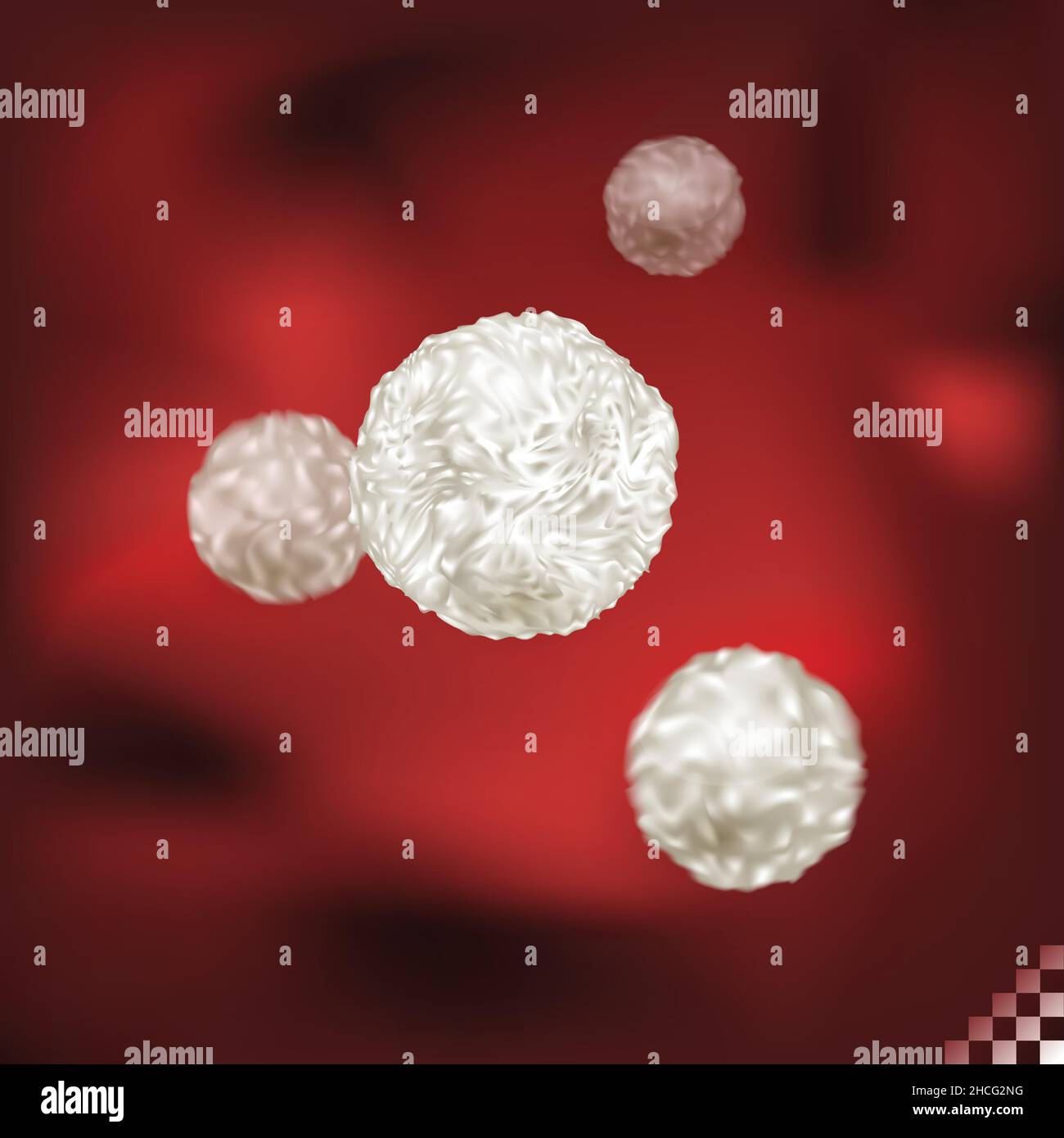 illustration of bioscience of immunity white blood cell circulating the human body Stock Vectorhttps://www.alamy.com/image-license-details/?v=1https://www.alamy.com/illustration-of-bioscience-of-immunity-white-blood-cell-circulating-the-human-body-image455198844.html
illustration of bioscience of immunity white blood cell circulating the human body Stock Vectorhttps://www.alamy.com/image-license-details/?v=1https://www.alamy.com/illustration-of-bioscience-of-immunity-white-blood-cell-circulating-the-human-body-image455198844.htmlRF2HCG2NG–illustration of bioscience of immunity white blood cell circulating the human body
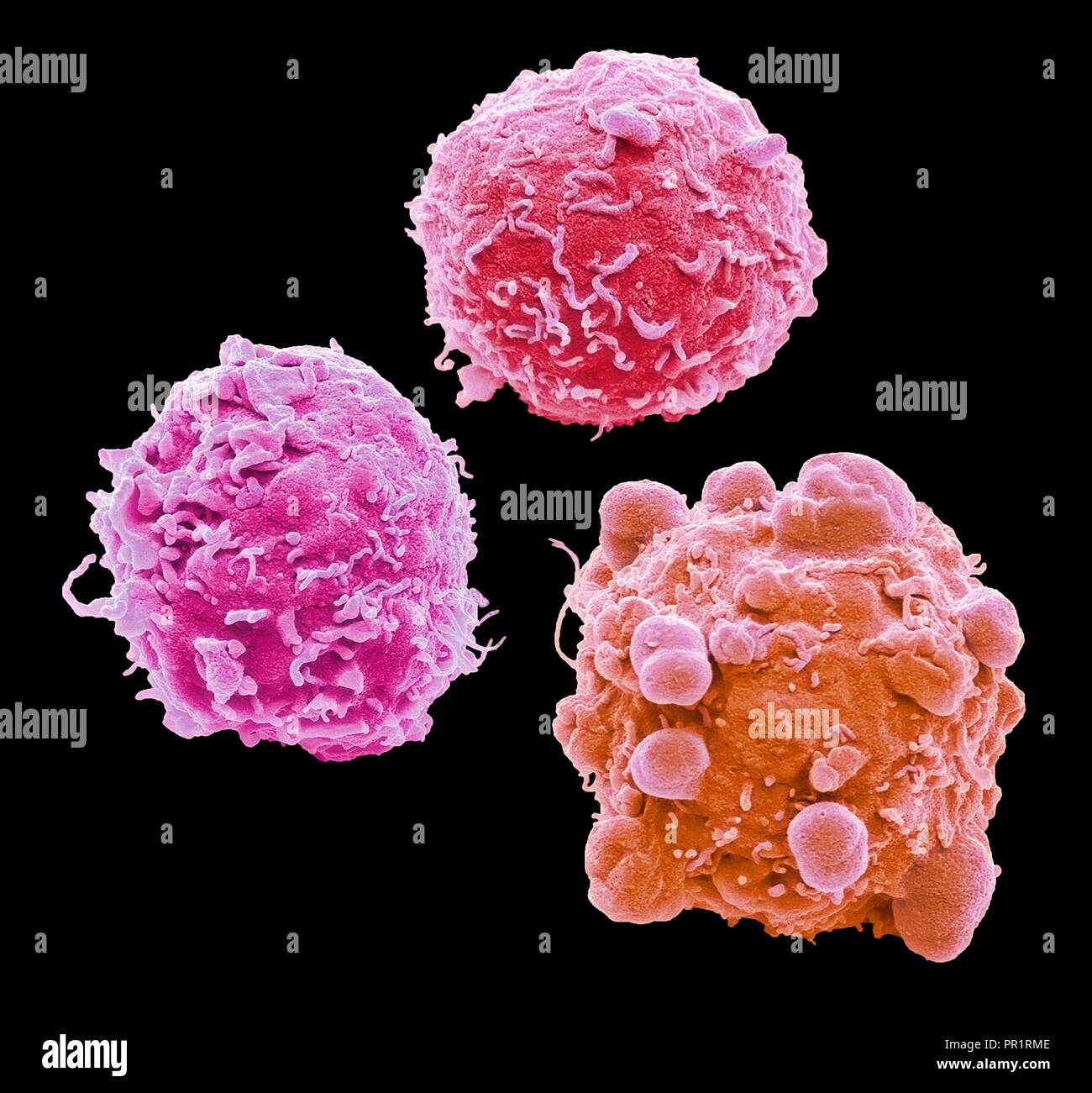 Colorectal cancer cells. Coloured scanning electron micrograph (SEM) of cancer cells from the human colon (large intestine). Cancer of the colon is also known as colorectal cancer. Symptoms include rectal bleeding and abdominal pain. Treatment is with surgery to remove the affected area. Colon cancer is one of the most common cancers in the Western world. Magnification: x 4,000 when printed 10 centimetres wide. Stock Photohttps://www.alamy.com/image-license-details/?v=1https://www.alamy.com/colorectal-cancer-cells-coloured-scanning-electron-micrograph-sem-of-cancer-cells-from-the-human-colon-large-intestine-cancer-of-the-colon-is-also-known-as-colorectal-cancer-symptoms-include-rectal-bleeding-and-abdominal-pain-treatment-is-with-surgery-to-remove-the-affected-area-colon-cancer-is-one-of-the-most-common-cancers-in-the-western-world-magnification-x-4000-when-printed-10-centimetres-wide-image220702062.html
Colorectal cancer cells. Coloured scanning electron micrograph (SEM) of cancer cells from the human colon (large intestine). Cancer of the colon is also known as colorectal cancer. Symptoms include rectal bleeding and abdominal pain. Treatment is with surgery to remove the affected area. Colon cancer is one of the most common cancers in the Western world. Magnification: x 4,000 when printed 10 centimetres wide. Stock Photohttps://www.alamy.com/image-license-details/?v=1https://www.alamy.com/colorectal-cancer-cells-coloured-scanning-electron-micrograph-sem-of-cancer-cells-from-the-human-colon-large-intestine-cancer-of-the-colon-is-also-known-as-colorectal-cancer-symptoms-include-rectal-bleeding-and-abdominal-pain-treatment-is-with-surgery-to-remove-the-affected-area-colon-cancer-is-one-of-the-most-common-cancers-in-the-western-world-magnification-x-4000-when-printed-10-centimetres-wide-image220702062.htmlRFPR1RME–Colorectal cancer cells. Coloured scanning electron micrograph (SEM) of cancer cells from the human colon (large intestine). Cancer of the colon is also known as colorectal cancer. Symptoms include rectal bleeding and abdominal pain. Treatment is with surgery to remove the affected area. Colon cancer is one of the most common cancers in the Western world. Magnification: x 4,000 when printed 10 centimetres wide.
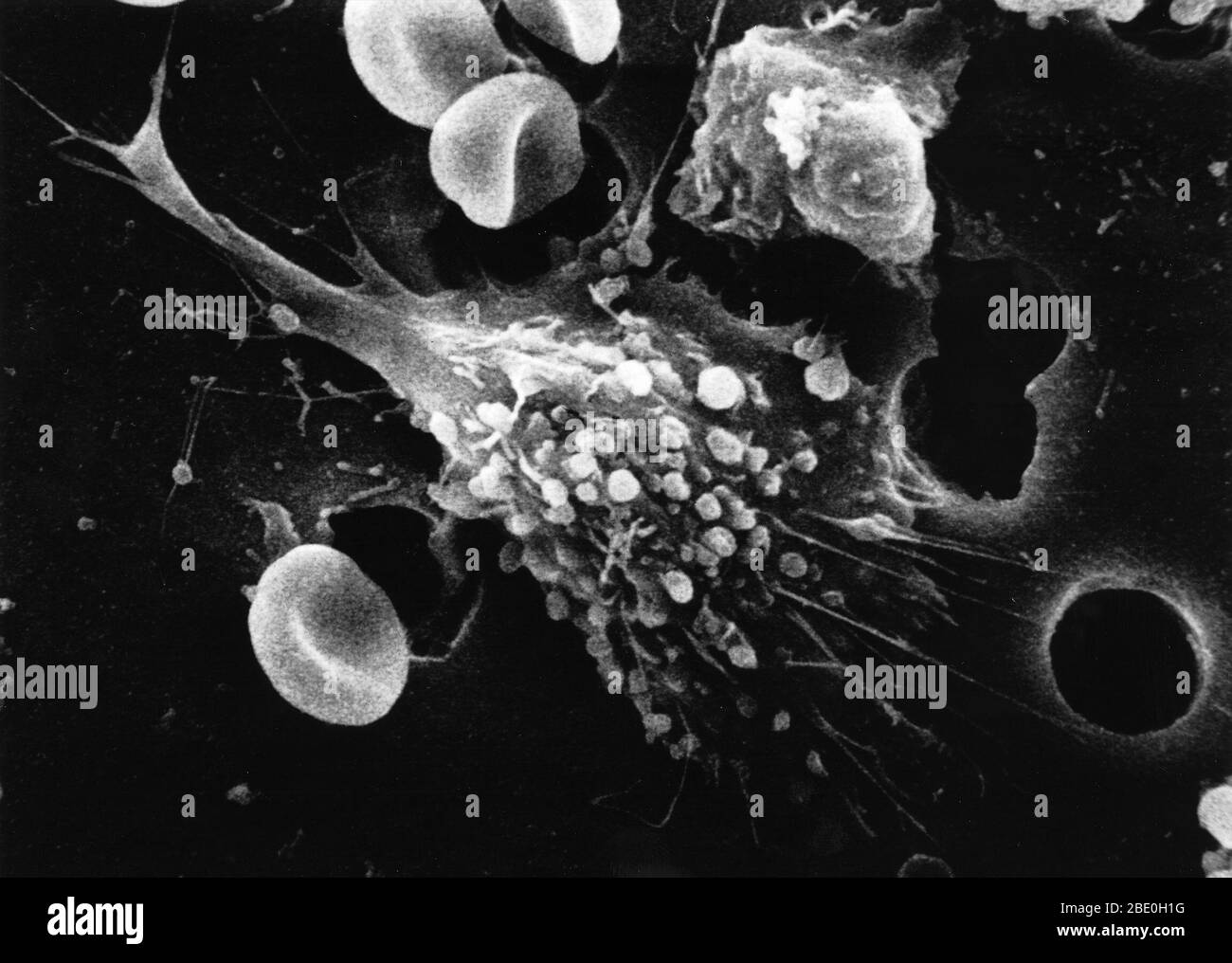 Step one of a six-step sequence of the death of a cancer cell. A cancer cell has migrated through the holes of a matrix coated membrane from the top to the bottom, simulating natural migration of a invading cancer cell between, and sometimes through, the vascular endothelium. Notice the spikes or pseudopodia that are characteristic of an invading cancer cell. Photo magnification: 12,000x Stock Photohttps://www.alamy.com/image-license-details/?v=1https://www.alamy.com/step-one-of-a-six-step-sequence-of-the-death-of-a-cancer-cell-a-cancer-cell-has-migrated-through-the-holes-of-a-matrix-coated-membrane-from-the-top-to-the-bottom-simulating-natural-migration-of-a-invading-cancer-cell-between-and-sometimes-through-the-vascular-endothelium-notice-the-spikes-or-pseudopodia-that-are-characteristic-of-an-invading-cancer-cell-photo-magnification-12000x-image352825916.html
Step one of a six-step sequence of the death of a cancer cell. A cancer cell has migrated through the holes of a matrix coated membrane from the top to the bottom, simulating natural migration of a invading cancer cell between, and sometimes through, the vascular endothelium. Notice the spikes or pseudopodia that are characteristic of an invading cancer cell. Photo magnification: 12,000x Stock Photohttps://www.alamy.com/image-license-details/?v=1https://www.alamy.com/step-one-of-a-six-step-sequence-of-the-death-of-a-cancer-cell-a-cancer-cell-has-migrated-through-the-holes-of-a-matrix-coated-membrane-from-the-top-to-the-bottom-simulating-natural-migration-of-a-invading-cancer-cell-between-and-sometimes-through-the-vascular-endothelium-notice-the-spikes-or-pseudopodia-that-are-characteristic-of-an-invading-cancer-cell-photo-magnification-12000x-image352825916.htmlRM2BE0H1G–Step one of a six-step sequence of the death of a cancer cell. A cancer cell has migrated through the holes of a matrix coated membrane from the top to the bottom, simulating natural migration of a invading cancer cell between, and sometimes through, the vascular endothelium. Notice the spikes or pseudopodia that are characteristic of an invading cancer cell. Photo magnification: 12,000x
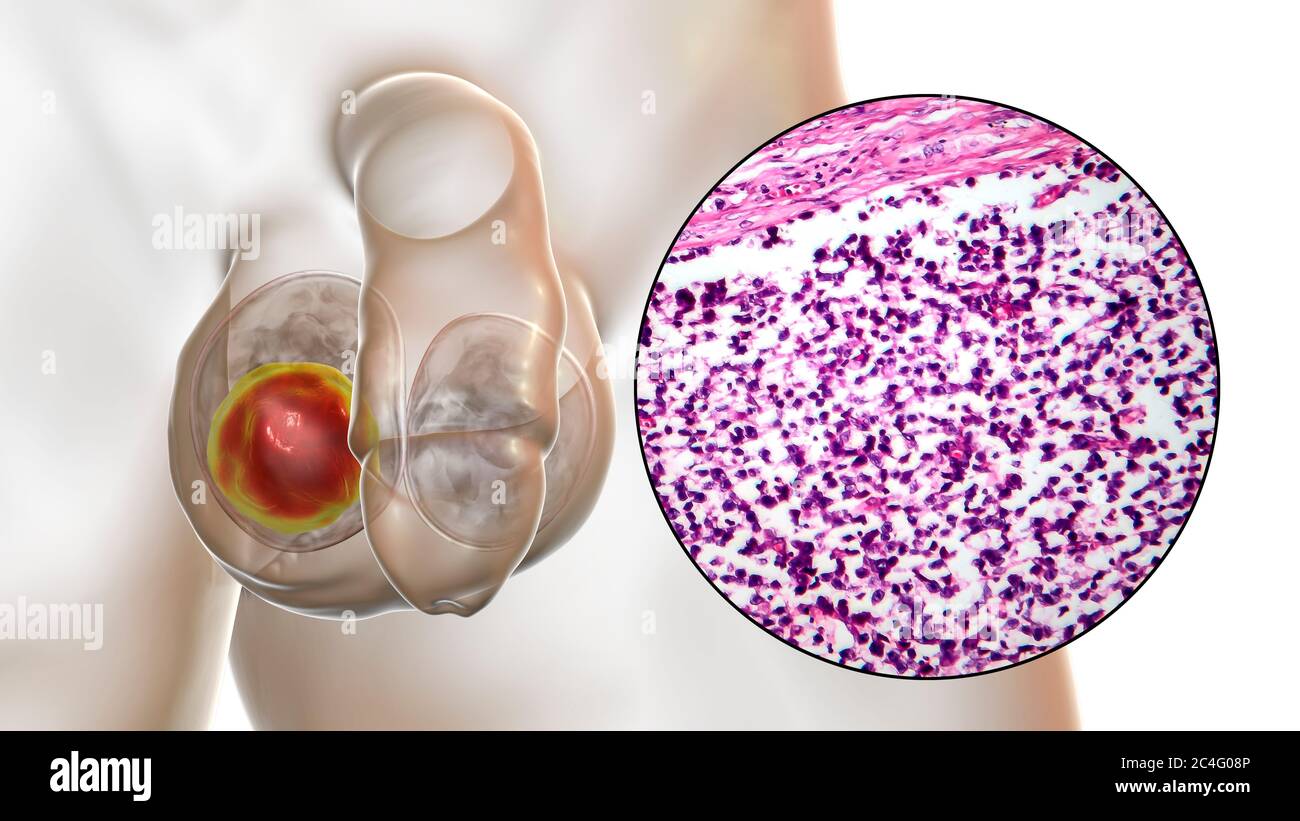 Testicular cancer, a malignant spermatocytic seminoma, computer illustration and light micrograph. A seminoma is a malignant tumour (cancer) of the testis (testicle). Although this is a rare cancer, it is the most common cancer in 15 to 35 year old men. It arises from abnormal germ cells (precursors to sperm cells) in the seminiferous tubules. Surgical removal of the affected testis (orchidectomy) is followed by radiotherapy and chemotherapy if required. Stock Photohttps://www.alamy.com/image-license-details/?v=1https://www.alamy.com/testicular-cancer-a-malignant-spermatocytic-seminoma-computer-illustration-and-light-micrograph-a-seminoma-is-a-malignant-tumour-cancer-of-the-testis-testicle-although-this-is-a-rare-cancer-it-is-the-most-common-cancer-in-15-to-35-year-old-men-it-arises-from-abnormal-germ-cells-precursors-to-sperm-cells-in-the-seminiferous-tubules-surgical-removal-of-the-affected-testis-orchidectomy-is-followed-by-radiotherapy-and-chemotherapy-if-required-image364227830.html
Testicular cancer, a malignant spermatocytic seminoma, computer illustration and light micrograph. A seminoma is a malignant tumour (cancer) of the testis (testicle). Although this is a rare cancer, it is the most common cancer in 15 to 35 year old men. It arises from abnormal germ cells (precursors to sperm cells) in the seminiferous tubules. Surgical removal of the affected testis (orchidectomy) is followed by radiotherapy and chemotherapy if required. Stock Photohttps://www.alamy.com/image-license-details/?v=1https://www.alamy.com/testicular-cancer-a-malignant-spermatocytic-seminoma-computer-illustration-and-light-micrograph-a-seminoma-is-a-malignant-tumour-cancer-of-the-testis-testicle-although-this-is-a-rare-cancer-it-is-the-most-common-cancer-in-15-to-35-year-old-men-it-arises-from-abnormal-germ-cells-precursors-to-sperm-cells-in-the-seminiferous-tubules-surgical-removal-of-the-affected-testis-orchidectomy-is-followed-by-radiotherapy-and-chemotherapy-if-required-image364227830.htmlRF2C4G08P–Testicular cancer, a malignant spermatocytic seminoma, computer illustration and light micrograph. A seminoma is a malignant tumour (cancer) of the testis (testicle). Although this is a rare cancer, it is the most common cancer in 15 to 35 year old men. It arises from abnormal germ cells (precursors to sperm cells) in the seminiferous tubules. Surgical removal of the affected testis (orchidectomy) is followed by radiotherapy and chemotherapy if required.
 A section trough cells of a small intestine under the microscope Stock Photohttps://www.alamy.com/image-license-details/?v=1https://www.alamy.com/a-section-trough-cells-of-a-small-intestine-under-the-microscope-image624945155.html
A section trough cells of a small intestine under the microscope Stock Photohttps://www.alamy.com/image-license-details/?v=1https://www.alamy.com/a-section-trough-cells-of-a-small-intestine-under-the-microscope-image624945155.htmlRF2Y8MKWR–A section trough cells of a small intestine under the microscope
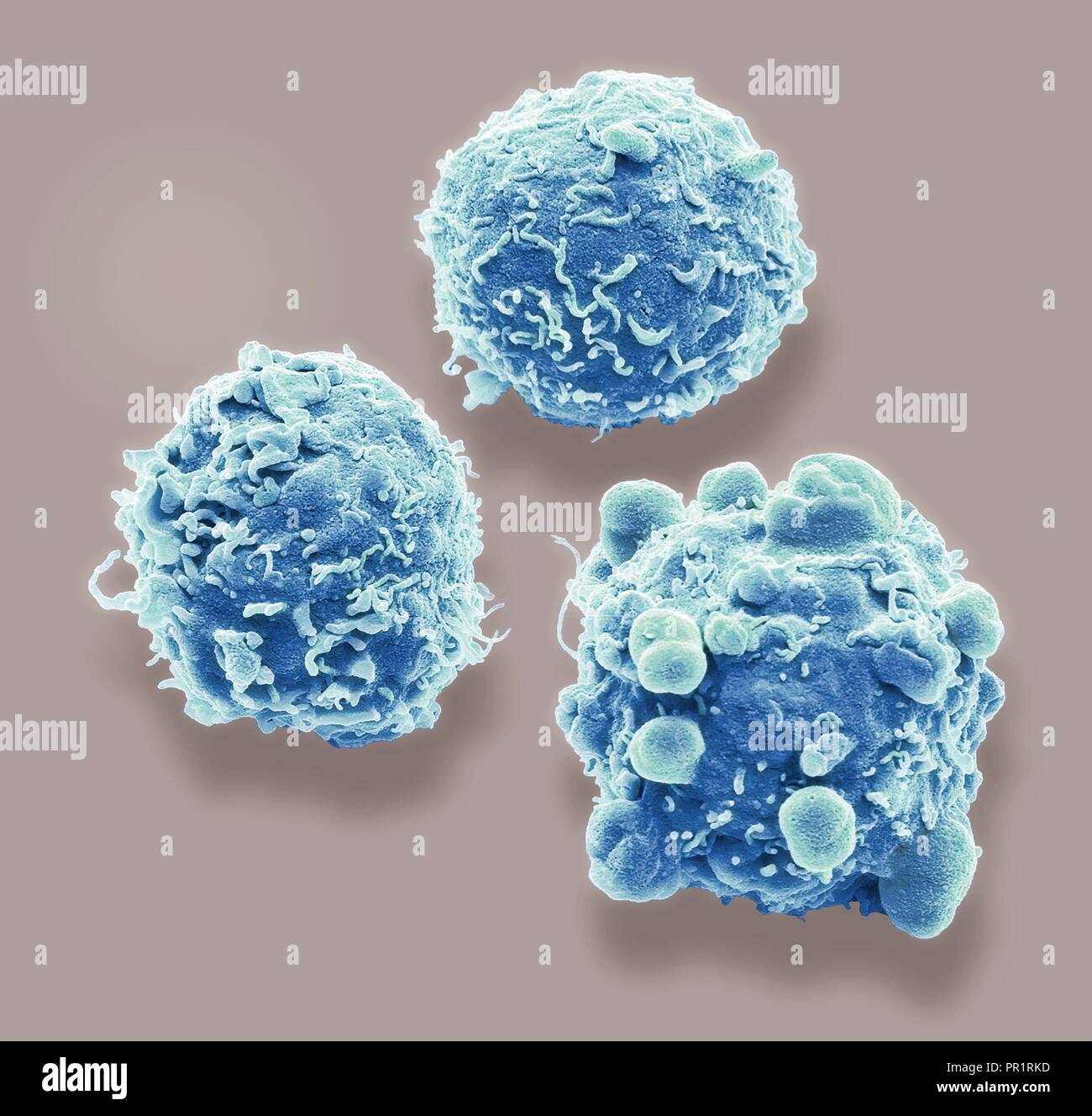 Colorectal cancer cells. Coloured scanning electron micrograph (SEM) of cancer cells from the human colon (large intestine). Cancer of the colon is also known as colorectal cancer. Symptoms include rectal bleeding and abdominal pain. Treatment is with surgery to remove the affected area. Colon cancer is one of the most common cancers in the Western world. Magnification: x 4,000 when printed 10 centimetres wide. Stock Photohttps://www.alamy.com/image-license-details/?v=1https://www.alamy.com/colorectal-cancer-cells-coloured-scanning-electron-micrograph-sem-of-cancer-cells-from-the-human-colon-large-intestine-cancer-of-the-colon-is-also-known-as-colorectal-cancer-symptoms-include-rectal-bleeding-and-abdominal-pain-treatment-is-with-surgery-to-remove-the-affected-area-colon-cancer-is-one-of-the-most-common-cancers-in-the-western-world-magnification-x-4000-when-printed-10-centimetres-wide-image220702033.html
Colorectal cancer cells. Coloured scanning electron micrograph (SEM) of cancer cells from the human colon (large intestine). Cancer of the colon is also known as colorectal cancer. Symptoms include rectal bleeding and abdominal pain. Treatment is with surgery to remove the affected area. Colon cancer is one of the most common cancers in the Western world. Magnification: x 4,000 when printed 10 centimetres wide. Stock Photohttps://www.alamy.com/image-license-details/?v=1https://www.alamy.com/colorectal-cancer-cells-coloured-scanning-electron-micrograph-sem-of-cancer-cells-from-the-human-colon-large-intestine-cancer-of-the-colon-is-also-known-as-colorectal-cancer-symptoms-include-rectal-bleeding-and-abdominal-pain-treatment-is-with-surgery-to-remove-the-affected-area-colon-cancer-is-one-of-the-most-common-cancers-in-the-western-world-magnification-x-4000-when-printed-10-centimetres-wide-image220702033.htmlRFPR1RKD–Colorectal cancer cells. Coloured scanning electron micrograph (SEM) of cancer cells from the human colon (large intestine). Cancer of the colon is also known as colorectal cancer. Symptoms include rectal bleeding and abdominal pain. Treatment is with surgery to remove the affected area. Colon cancer is one of the most common cancers in the Western world. Magnification: x 4,000 when printed 10 centimetres wide.
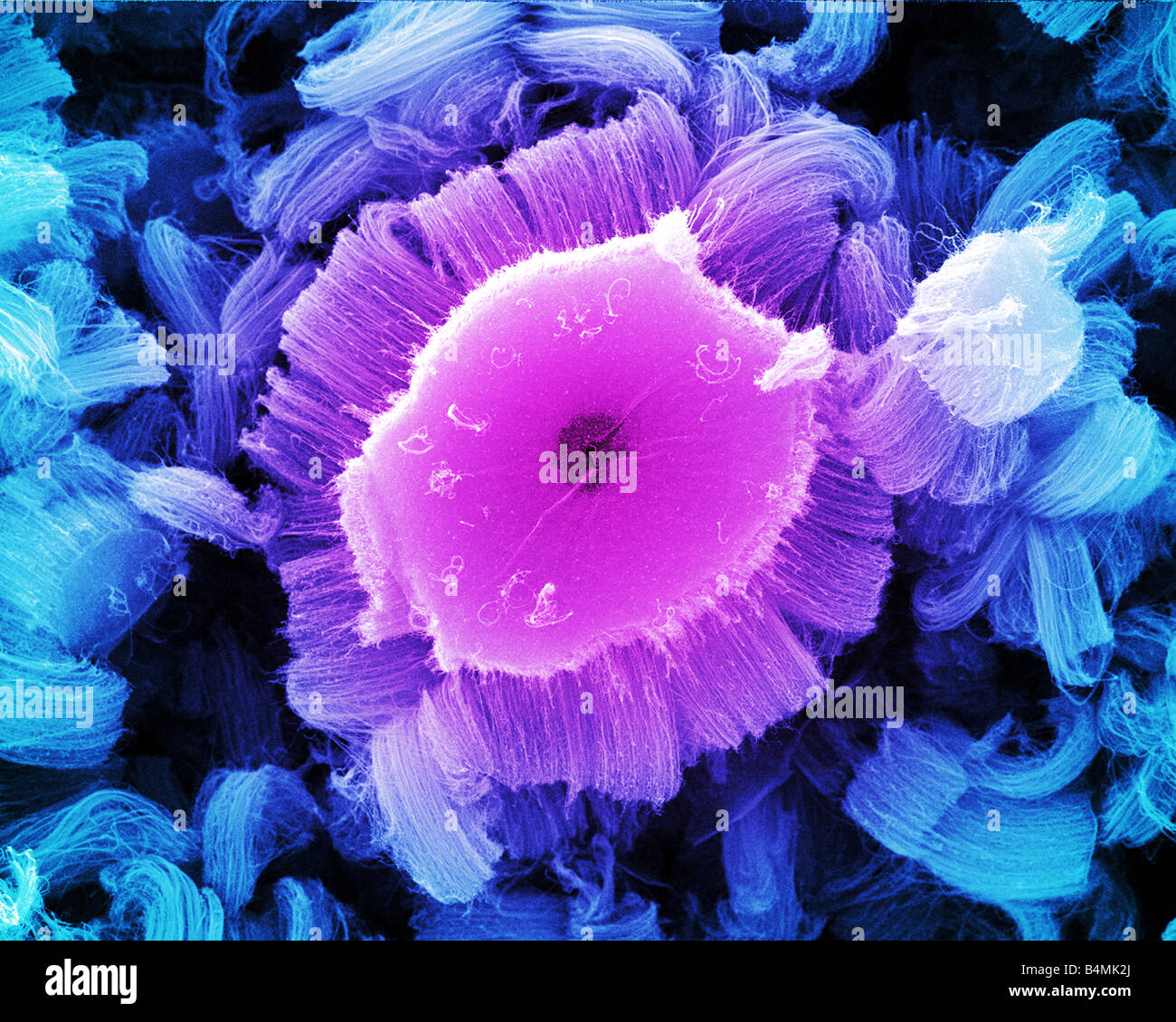 View looking down into carbon nanotube which deliver cancer drugs right to the site of disease during chemotherapy treatment Stock Photohttps://www.alamy.com/image-license-details/?v=1https://www.alamy.com/stock-photo-view-looking-down-into-carbon-nanotube-which-deliver-cancer-drugs-20123002.html
View looking down into carbon nanotube which deliver cancer drugs right to the site of disease during chemotherapy treatment Stock Photohttps://www.alamy.com/image-license-details/?v=1https://www.alamy.com/stock-photo-view-looking-down-into-carbon-nanotube-which-deliver-cancer-drugs-20123002.htmlRMB4MK2J–View looking down into carbon nanotube which deliver cancer drugs right to the site of disease during chemotherapy treatment
 A section trough different tongue cells on the tip of a tongue, under the microscope Stock Photohttps://www.alamy.com/image-license-details/?v=1https://www.alamy.com/a-section-trough-different-tongue-cells-on-the-tip-of-a-tongue-under-the-microscope-image624939516.html
A section trough different tongue cells on the tip of a tongue, under the microscope Stock Photohttps://www.alamy.com/image-license-details/?v=1https://www.alamy.com/a-section-trough-different-tongue-cells-on-the-tip-of-a-tongue-under-the-microscope-image624939516.htmlRF2Y8MCMC–A section trough different tongue cells on the tip of a tongue, under the microscope
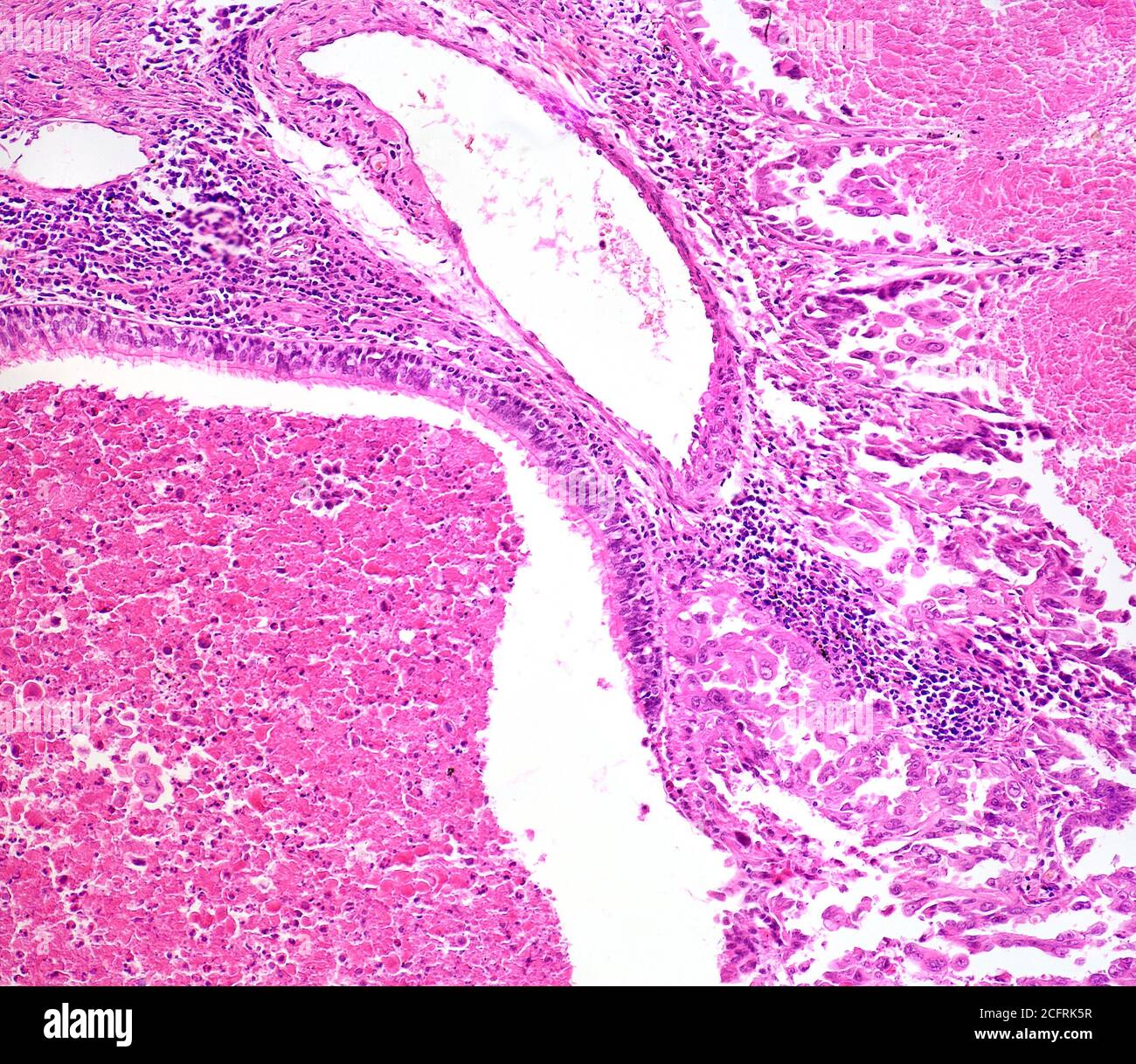 Lung cancer cells, brightfield photomicrograph Stock Photohttps://www.alamy.com/image-license-details/?v=1https://www.alamy.com/lung-cancer-cells-brightfield-photomicrograph-image371157523.html
Lung cancer cells, brightfield photomicrograph Stock Photohttps://www.alamy.com/image-license-details/?v=1https://www.alamy.com/lung-cancer-cells-brightfield-photomicrograph-image371157523.htmlRM2CFRK5R–Lung cancer cells, brightfield photomicrograph
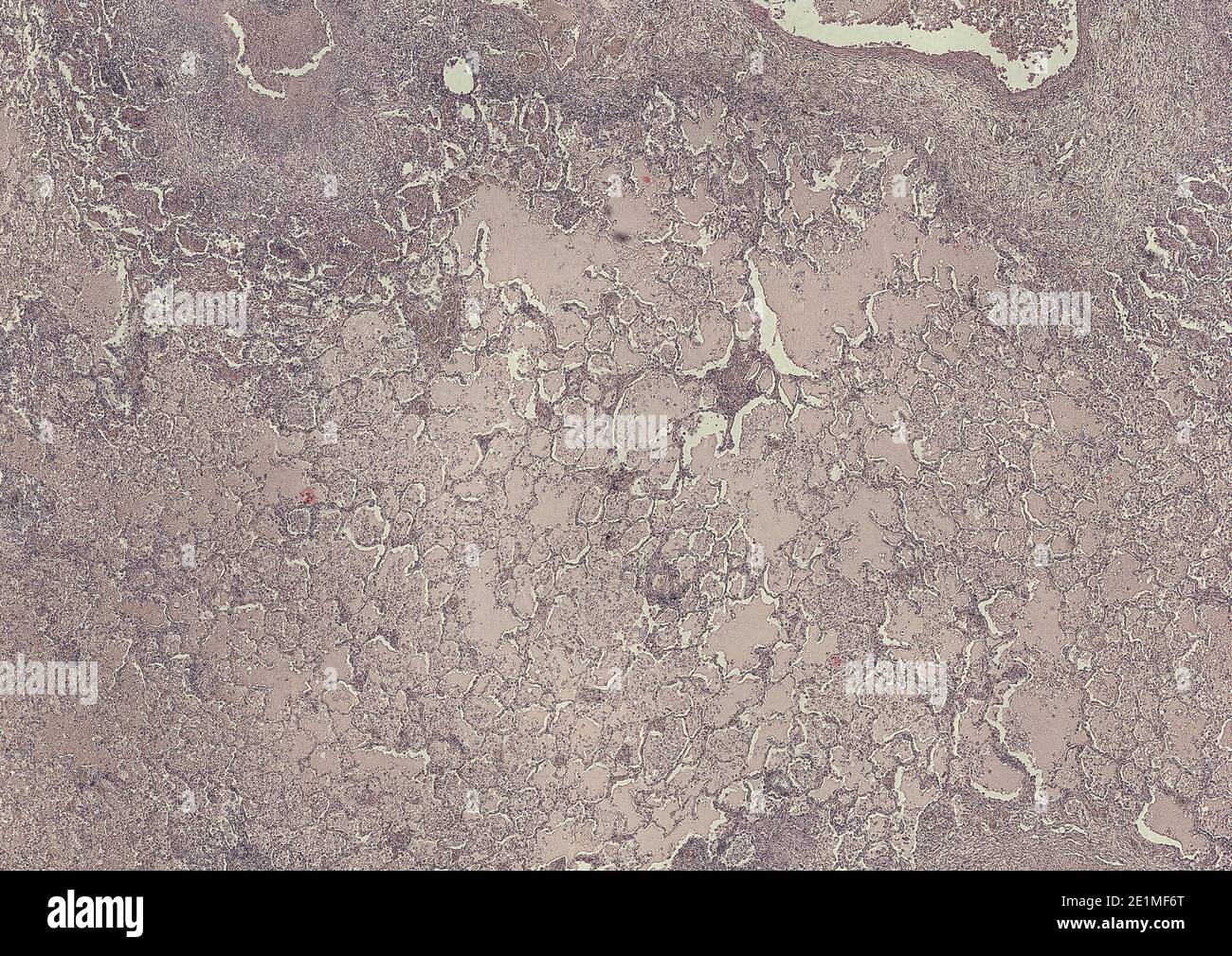 cross section cut of human body cells under a scientific microscope Stock Photohttps://www.alamy.com/image-license-details/?v=1https://www.alamy.com/cross-section-cut-of-human-body-cells-under-a-scientific-microscope-image396904112.html
cross section cut of human body cells under a scientific microscope Stock Photohttps://www.alamy.com/image-license-details/?v=1https://www.alamy.com/cross-section-cut-of-human-body-cells-under-a-scientific-microscope-image396904112.htmlRF2E1MF6T–cross section cut of human body cells under a scientific microscope
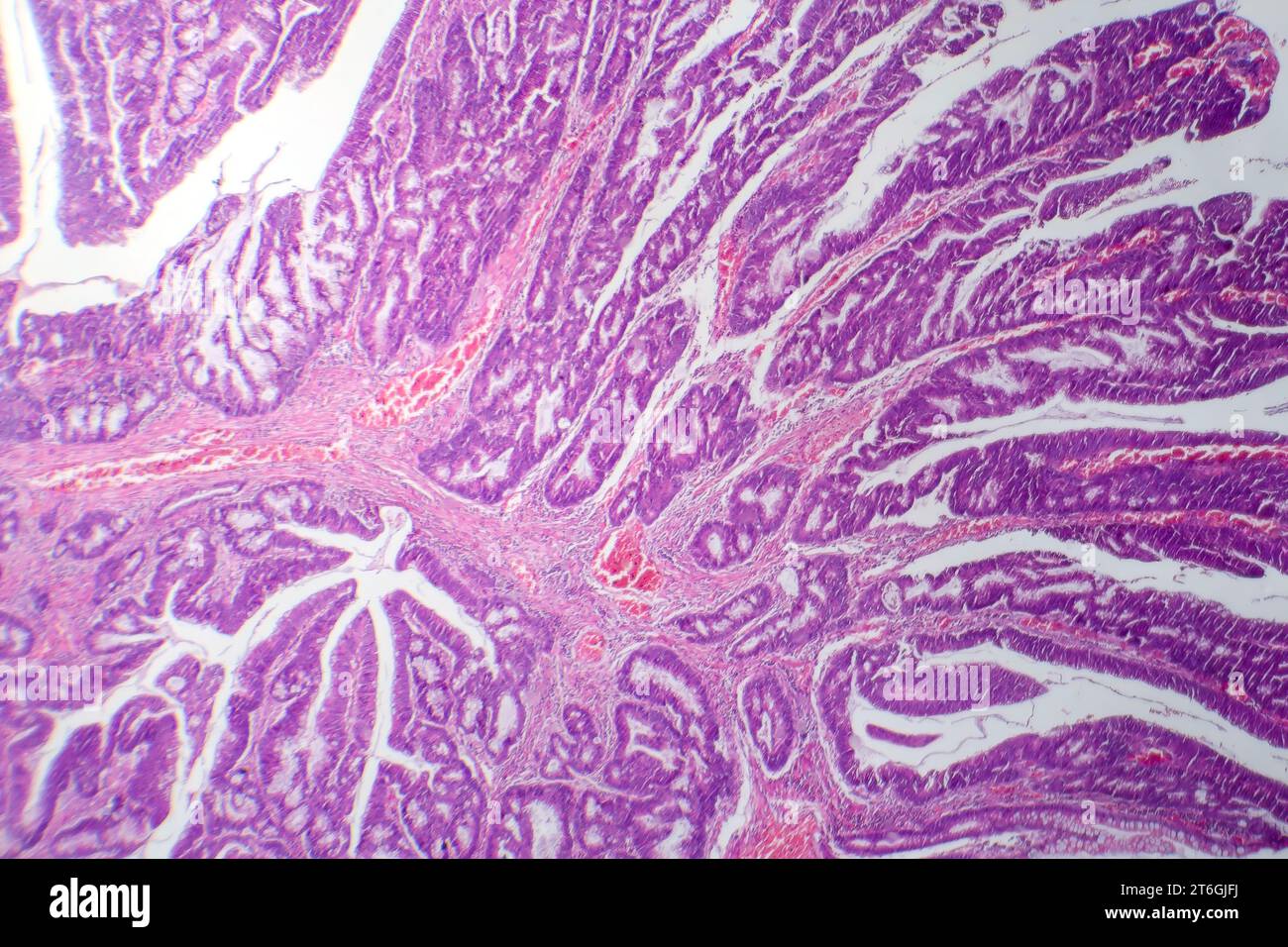 Photomicrograph of colon adenocarcinoma, illustrating malignant glandular cells characteristic of colon cancer. Stock Photohttps://www.alamy.com/image-license-details/?v=1https://www.alamy.com/photomicrograph-of-colon-adenocarcinoma-illustrating-malignant-glandular-cells-characteristic-of-colon-cancer-image571995862.html
Photomicrograph of colon adenocarcinoma, illustrating malignant glandular cells characteristic of colon cancer. Stock Photohttps://www.alamy.com/image-license-details/?v=1https://www.alamy.com/photomicrograph-of-colon-adenocarcinoma-illustrating-malignant-glandular-cells-characteristic-of-colon-cancer-image571995862.htmlRF2T6GJFJ–Photomicrograph of colon adenocarcinoma, illustrating malignant glandular cells characteristic of colon cancer.
 A section trough cells of a small intestine under the microscope. Stock Photohttps://www.alamy.com/image-license-details/?v=1https://www.alamy.com/stock-photo-a-section-trough-cells-of-a-small-intestine-under-the-microscope-103590616.html
A section trough cells of a small intestine under the microscope. Stock Photohttps://www.alamy.com/image-license-details/?v=1https://www.alamy.com/stock-photo-a-section-trough-cells-of-a-small-intestine-under-the-microscope-103590616.htmlRMG0EXTT–A section trough cells of a small intestine under the microscope.
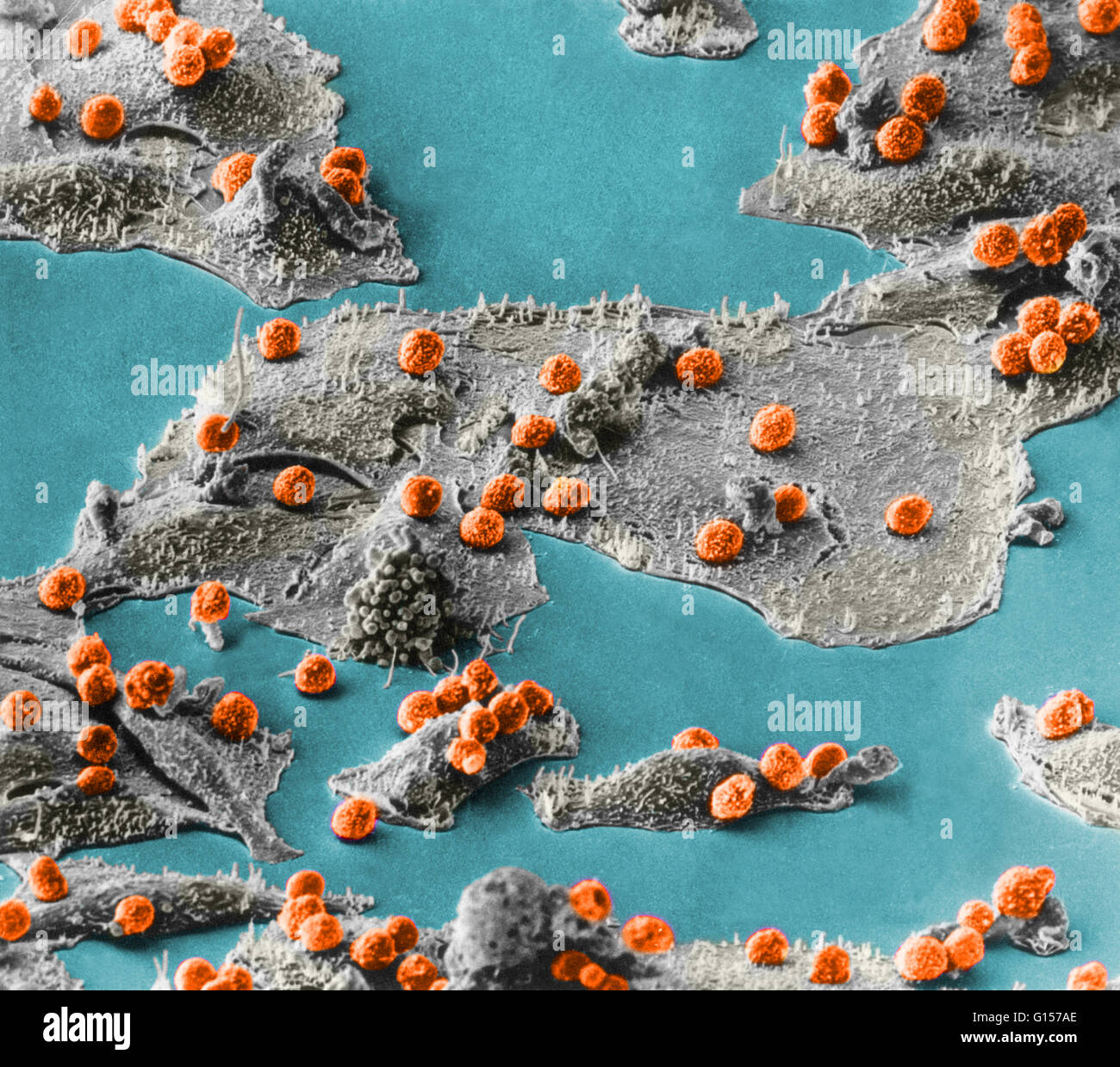 Scanning Electron Micrograph (SEM) showing immune cells (small sphericals, red) attacking cancer cells (larger bodies, grey). Magnification unknown. Stock Photohttps://www.alamy.com/image-license-details/?v=1https://www.alamy.com/stock-photo-scanning-electron-micrograph-sem-showing-immune-cells-small-sphericals-103992406.html
Scanning Electron Micrograph (SEM) showing immune cells (small sphericals, red) attacking cancer cells (larger bodies, grey). Magnification unknown. Stock Photohttps://www.alamy.com/image-license-details/?v=1https://www.alamy.com/stock-photo-scanning-electron-micrograph-sem-showing-immune-cells-small-sphericals-103992406.htmlRMG157AE–Scanning Electron Micrograph (SEM) showing immune cells (small sphericals, red) attacking cancer cells (larger bodies, grey). Magnification unknown.
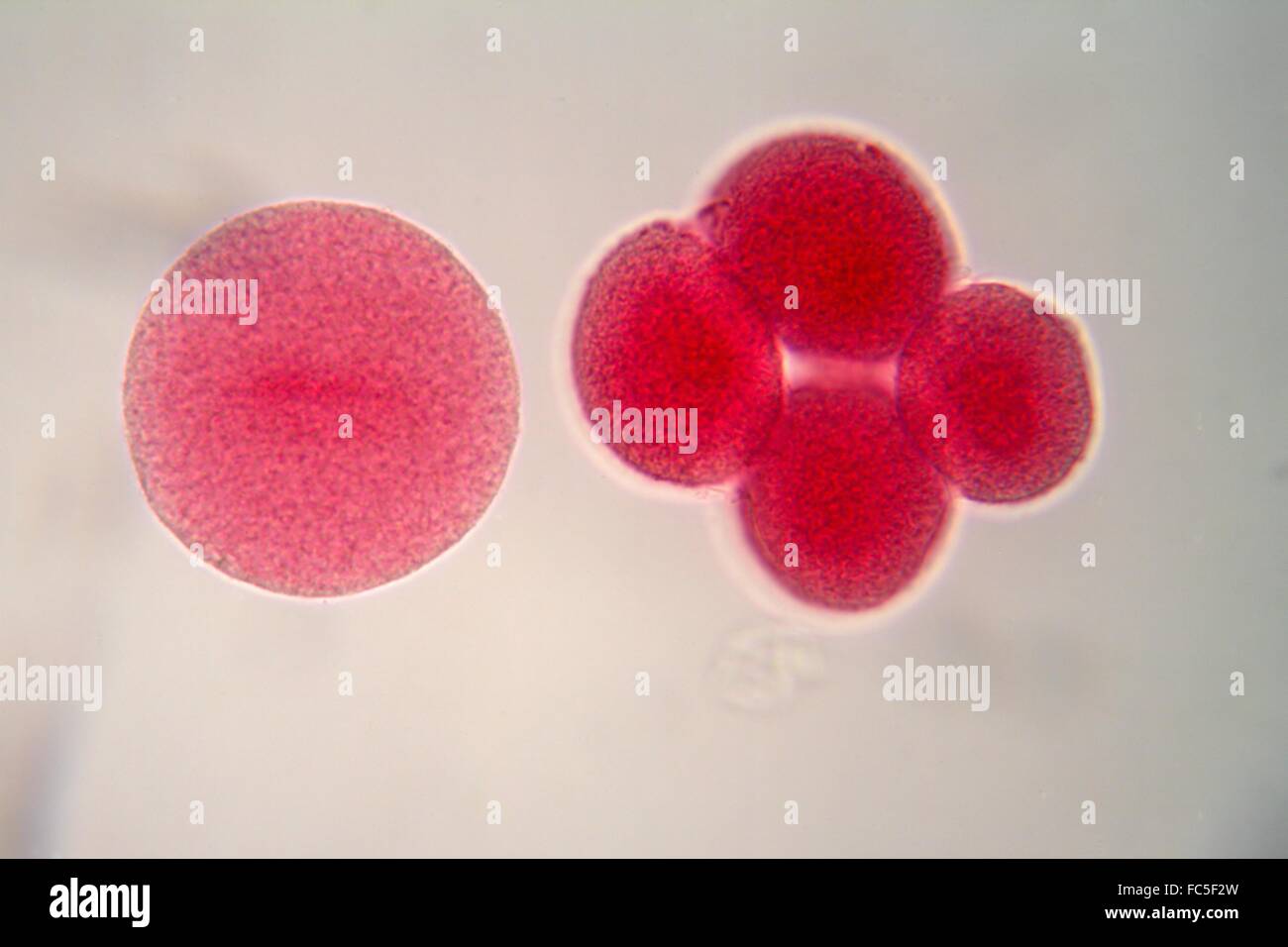 Egg cells under the microscope Stock Photohttps://www.alamy.com/image-license-details/?v=1https://www.alamy.com/stock-photo-egg-cells-under-the-microscope-93549313.html
Egg cells under the microscope Stock Photohttps://www.alamy.com/image-license-details/?v=1https://www.alamy.com/stock-photo-egg-cells-under-the-microscope-93549313.htmlRFFC5F2W–Egg cells under the microscope
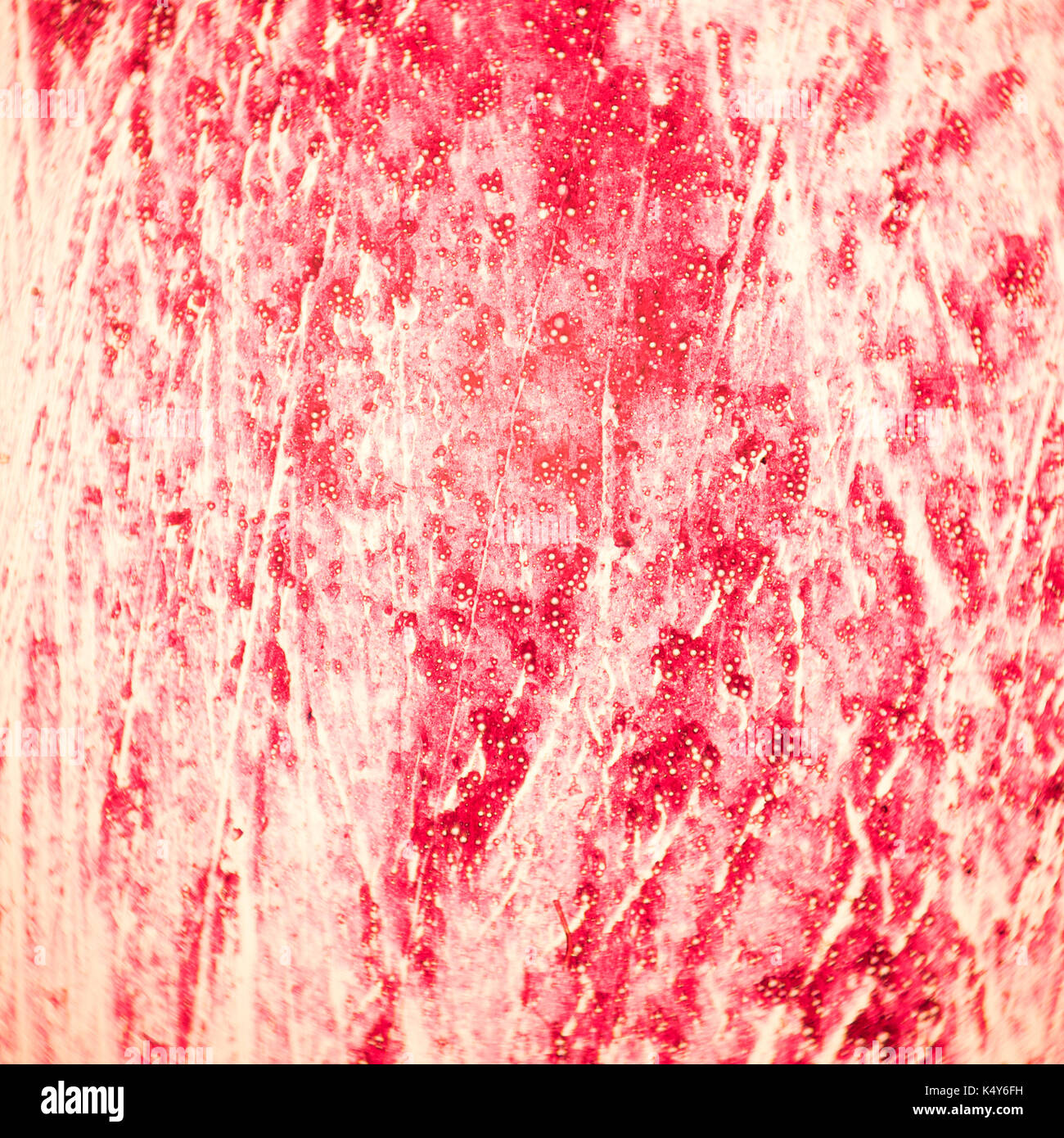 Cross section of the human tissue in the microscope view. Stock Photohttps://www.alamy.com/image-license-details/?v=1https://www.alamy.com/cross-section-of-the-human-tissue-in-the-microscope-view-image157949781.html
Cross section of the human tissue in the microscope view. Stock Photohttps://www.alamy.com/image-license-details/?v=1https://www.alamy.com/cross-section-of-the-human-tissue-in-the-microscope-view-image157949781.htmlRFK4Y6FH–Cross section of the human tissue in the microscope view.
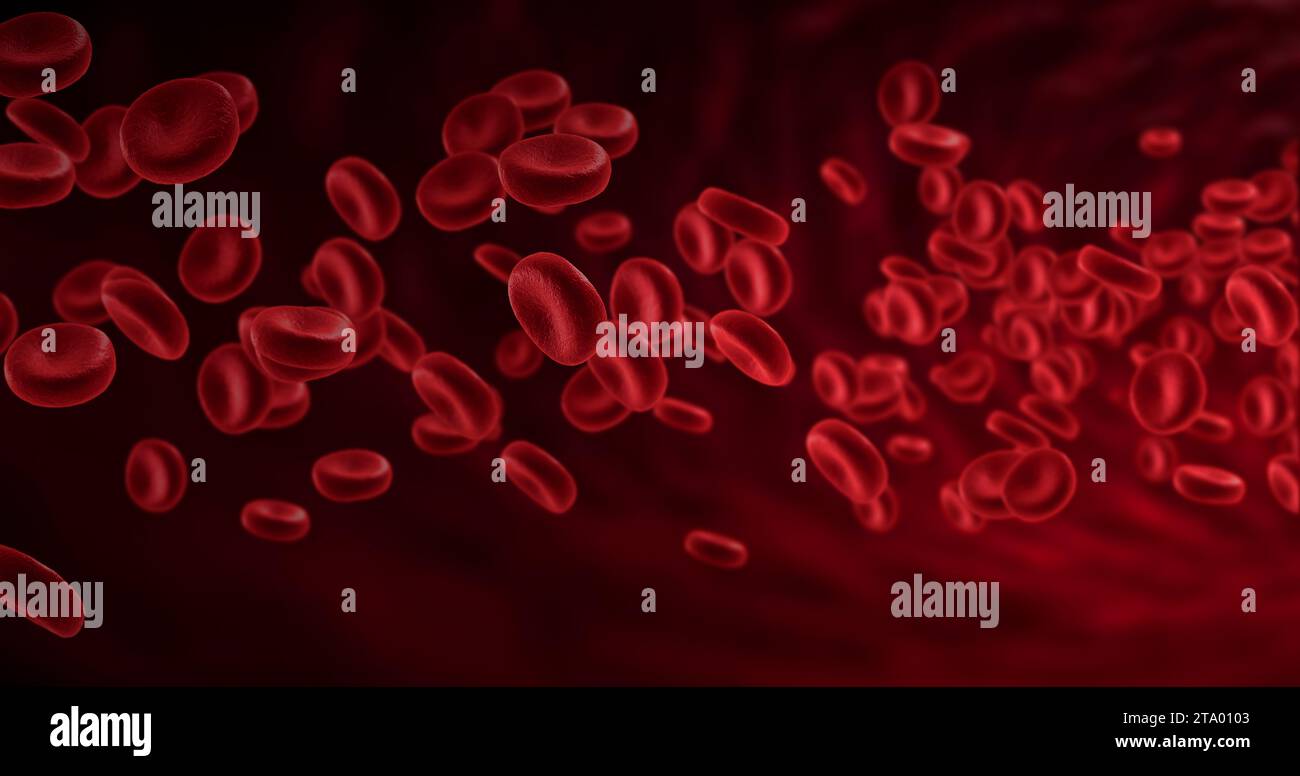 red blood cells in an artery, flow inside body, medical human health-care Stock Photohttps://www.alamy.com/image-license-details/?v=1https://www.alamy.com/red-blood-cells-in-an-artery-flow-inside-body-medical-human-health-care-image574089491.html
red blood cells in an artery, flow inside body, medical human health-care Stock Photohttps://www.alamy.com/image-license-details/?v=1https://www.alamy.com/red-blood-cells-in-an-artery-flow-inside-body-medical-human-health-care-image574089491.htmlRF2TA0103–red blood cells in an artery, flow inside body, medical human health-care
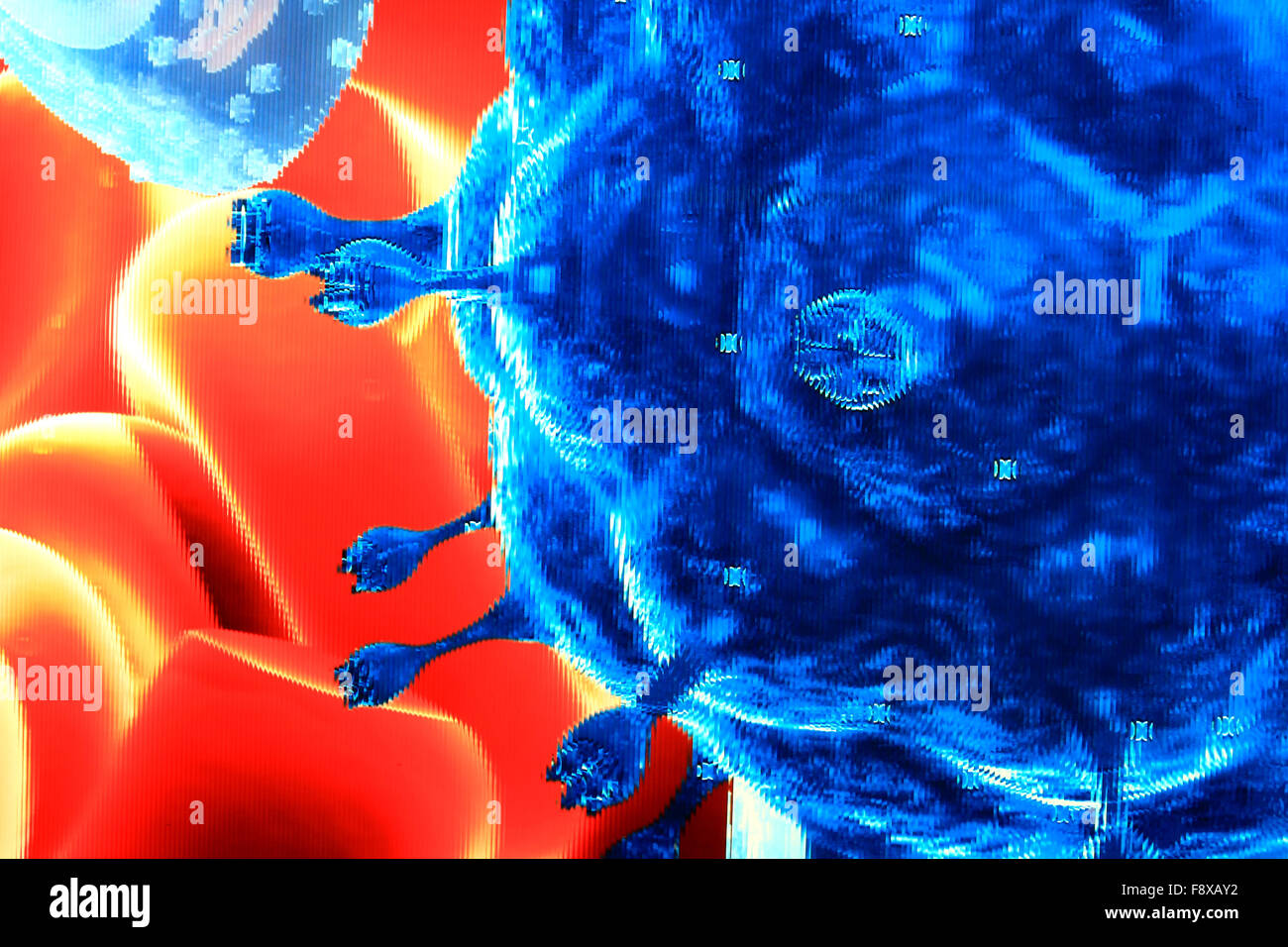 Close-up of red blood cells Stock Photohttps://www.alamy.com/image-license-details/?v=1https://www.alamy.com/stock-photo-close-up-of-red-blood-cells-91548438.html
Close-up of red blood cells Stock Photohttps://www.alamy.com/image-license-details/?v=1https://www.alamy.com/stock-photo-close-up-of-red-blood-cells-91548438.htmlRFF8XAY2–Close-up of red blood cells
 CANCER RESEARCH Stock Photohttps://www.alamy.com/image-license-details/?v=1https://www.alamy.com/stock-photo-cancer-research-139738025.html
CANCER RESEARCH Stock Photohttps://www.alamy.com/image-license-details/?v=1https://www.alamy.com/stock-photo-cancer-research-139738025.htmlRMJ39H7N–CANCER RESEARCH
 Slices of the tumor under glass. Histological examination of tumor cells for the presence of cancer. Samples of tumor cells under the sleek against th Stock Photohttps://www.alamy.com/image-license-details/?v=1https://www.alamy.com/slices-of-the-tumor-under-glass-histological-examination-of-tumor-cells-for-the-presence-of-cancer-samples-of-tumor-cells-under-the-sleek-against-th-image358164221.html
Slices of the tumor under glass. Histological examination of tumor cells for the presence of cancer. Samples of tumor cells under the sleek against th Stock Photohttps://www.alamy.com/image-license-details/?v=1https://www.alamy.com/slices-of-the-tumor-under-glass-histological-examination-of-tumor-cells-for-the-presence-of-cancer-samples-of-tumor-cells-under-the-sleek-against-th-image358164221.htmlRF2BPKP39–Slices of the tumor under glass. Histological examination of tumor cells for the presence of cancer. Samples of tumor cells under the sleek against th
 3d illustration of red blood cells erythrocytes close-up under a microscope. Background for scientific medical concept. Stock Photohttps://www.alamy.com/image-license-details/?v=1https://www.alamy.com/3d-illustration-of-red-blood-cells-erythrocytes-close-up-under-a-microscope-background-for-scientific-medical-concept-image230862108.html
3d illustration of red blood cells erythrocytes close-up under a microscope. Background for scientific medical concept. Stock Photohttps://www.alamy.com/image-license-details/?v=1https://www.alamy.com/3d-illustration-of-red-blood-cells-erythrocytes-close-up-under-a-microscope-background-for-scientific-medical-concept-image230862108.htmlRFRBGJY8–3d illustration of red blood cells erythrocytes close-up under a microscope. Background for scientific medical concept.
